
























JULY-AUGUST 2023
VOLUME 32, NUMBER 3
FOUNDER, EDITOR
Jim Martz

PUBLISHER, EXECUTIVE EDITOR
Matt Pressman
CREATIVE DIRECTOR
Kevin Connaughton
CONTRIBUTING WRITERS
Dr. Richard Cohen, Deborah Hobbs, Dave Kozlowski, Cameron Mofid, Todd Pechter, Adam Ross, Phil Secada
CONTRIBUTING PHOTOGRAPHERS
Fred & Susan Mullane (CameraworksUSA), Pat Parsons, Christine Pechter, Art Seitz
OFFICE
Florida Racquet Sports LLC 4800 N. Federal Highway, Suite B200 Boca Raton, FL 33431
Safe Tennis, How to Train and Play to Avoid Injury and Stay Healthy, foreword by Nick Bollettieri. Learn to warm up and train the correct way to avoid injuries that could end your season.
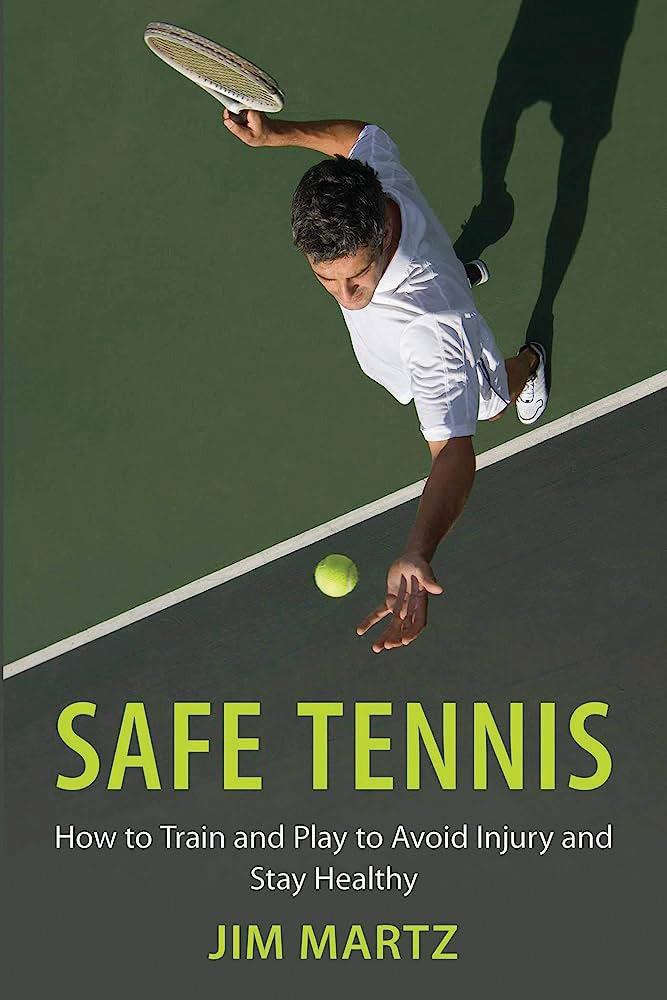
PHONE 954-431-4069
ADVERTISING info@floridatennis.com
SUBSCRIPTIONS
1 Year $17, 2 Years $30 in the U.S. Elsewhere: $40; per year.
WEBSITE floridatennis.com
facebook.com/floridatennismagazine
INSTAGRAM instagram.com/fltennis
COVER PHOTO © On
Florida Tennis is published bi-monthly by Florida Racquet Sports, LLC. Florida Tennis is proudly printed in Florida.
Catch a Copy of Jim
Books. Email us at fltennis@aol.com or call us at 954-431-4069
All images, text, and other content appearing in this magazine are protected under U.S. copyright law and may not be reproduced in any way without prior written consent from Florida Racquet Sports LLC. While every care was taken during the production of this magazine, Florida Racquet Sports LLC cannot be held responsible for the accuracy of the information and/or any consequences arising from it. Florida Racquet Sports LLC accepts no responsibility for the return of unsolicited manuscripts and/or photographs and reserves the right to edit, rewrite, or refuse material and is not responsible for products. Florida Racquet Sports LLC gives no warranties, guarantees, or assurances and makes no representations regarding any products or services advertised in this issue.
Macci Magic, Extracting Greatness From Yourself and Others, foreword by Andy Roddick, tells the story of how Rick Macci became the legendary coach of five No. 1 players, including Venus and Serena Williams. Martz’s
One day early in my career as a sportswriter at the Miami Herald, the amazing breadth of the job became clear. In the morning I attended a press conference for legendary comedian Bob Hope, who was the honorary chairman of the upcoming PGA Championships in Palm Beach Gardens. That night I covered a high school district track meet.
I’ve been blessed. Over the years I wrote about football, basketball, baseball, soccer, hockey, tennis, golf, boxing, swimming and diving, stock car racing, drag racing, horse racing, dog racing, and jai-alai.
I interviewed two Presidents of the United States (Ford and the first Bush), Muhammad Ali, Pele, Don Shula, Jack Nicklaus, Ted Williams, George Steinbrenner, O.J. Simpson, Elton John, Tony Bennett, and the BeeGees at their home on Star Island.
I played tennis with Governor/Senator Bob Graham at his private court and at posh Fisher Island, and hit briefly with Billie Jean King and Gabriella Sabatini on Flagler Street in front of the MiamiDade County Courthouse, where a judge came out with racquet and wearing his robe and joined us.

And when I wanted to write about what it’s like for an average public park player to play against a pro trying to play his best, the former number one and mercurial Ilie Nastase obliged as a way to promote his upcoming invitational in North Miami Beach.
I quickly learned that in one rally he could reach more shots and do more things with the ball than we mortals could do if we combined all the best shots in our lives into one point.
I covered more than a dozen college football national championship games, including the five won by the Miami Hurricanes; as well as Florida and Florida State football, two Super Bowls, several College World Series and all four Hurricanes teams that won national titles, MLB Spring Training, Miami Toros and Fort Lauderdale Strikers soccer, and countless high school and small college sports events.
And one Florida State High School Basketball Championships. That was in Jacksonville and I was covering West Palm Beach Twin Lakes, which won its semifinal against Winter Haven in a national record seven overtimes.
This was long before cell phones and laptops. Around the third overtime I was on deadline and knew editors in Miami would be saying “has anyone heard from Martz?” I dashed to a hallway, found the lone pay phone, begged to go to the front of the line and alerted the copy desk to what was unfolding.
They said call back as soon as the game ends and dictate a story off the top of my head. Twin Lakes won and I had the lead story in the Palm Beach edition the next morning.
A year later when I became the Herald’s Broward County (Fort Lauderdale) sports editor, it dawned on me that I better learn about tennis. Quickly.
Holiday Park, where head pro Jimmy Evert was
teaching his daughter Chris and four siblings, was just a few blocks away. I realized there would be a day when the tennis beat writer, based in Miami, would be off and I’d have to interview Jimmy or Chris about a breaking story.
Growing up in the Midwest, I barely knew a baseball from a tennis ball. I had played hit an giggle tennis with my dad a few times.
The first time I watched anyone play was at Alma College in Michigan, two weekend hackers. I thought the guy running all around the court was winning, but he was losing because his opponent was forcing him to chase shots.
First time I saw a professional match, ironically, involved the top two players in the world, Stan Smith and Arthur Ashe. They played an exhibition in Des Moines, where I was a rookie copy editor at the Register, and I went only because there’s little to do in Iowa in the winter and this was a big deal.
The first time I covered a tennis match was with the Herald at the West Palm Beach Open. I had no clue about the convoluted tennis scoring system, so I figured I’d report the final score and use a lot of quotes. Frank Froehling III won, and midway through the match a woman who was cheering for his opponent clapped occasionally when Froehling double faulted or hit into the net.
In those days her clapping after an error was against tennis etiquette. Horrors.
She was sitting near me and at one changeover Froehling came by and chastised/embarrassed her in front of the crowd. I thought, what a snooty sport.
My first tennis lesson occurred in West Palm Beach at Howard Park, where Oscar Wegner was the new pro and was seeking publicity for his programs.
That was my one and done experience on a court until I figured I need to become immersed in this sport that was on the verge of a world wide boom. So I signed up for three lessons from Jimmy Evert. He charged his regular rate, $5.00 per lesson.
“Racquet back ... eyes on the ball .... that’s it,” he said over and over. No wonder all five of his children became pro tour players who never missed a groundstroke.
I did, often, as I began playing with fellow Herald writers and read about the sport in magazines - World Tennis, Tennis, and Tennis Week.
I enjoyed hitting the fuzzy yellow balls but still preferred golf, and I hoped some day to get the golf beat. A year later the executive sports editor, Ed Storin, said he wanted me to take over the beats that Bill Sheldon had - Florida State football (they were 0-11 that year), soccer and tennis. Sheldon was leaving the paper to be the Toros’ media director.
Colleagues had told me that when you’re offered a promotion, don’t turn it down or you won’t be asked again. So that’s how I fell into the tennis beat.
I was blessed. Not only was I working at the Taj Mahal of newspaper offices, the Herald building overlooking Biscayne Bay in downtown Miami, but I was covering a sport that was exploding at the amateur and pro level. Courts couldn’t be built fast enough to accommodate the players. Men’s and women’s pro tournaments were popping up all over Florida.
Connors, Borg, McEnroe, Evert and Navratilova were emerging as superstars.
And the world’s leading international junior tournament, the Orange Bowl, was attracting the future stars every December at Miami Beach’s Flamingo Park. I got to know the founder, Eddie Herr, well. He’d also created the national team events, the Sunshine Cup for boys and Continental Players Cup for girls, held right after the Orange Bowl at Flamingo Park.
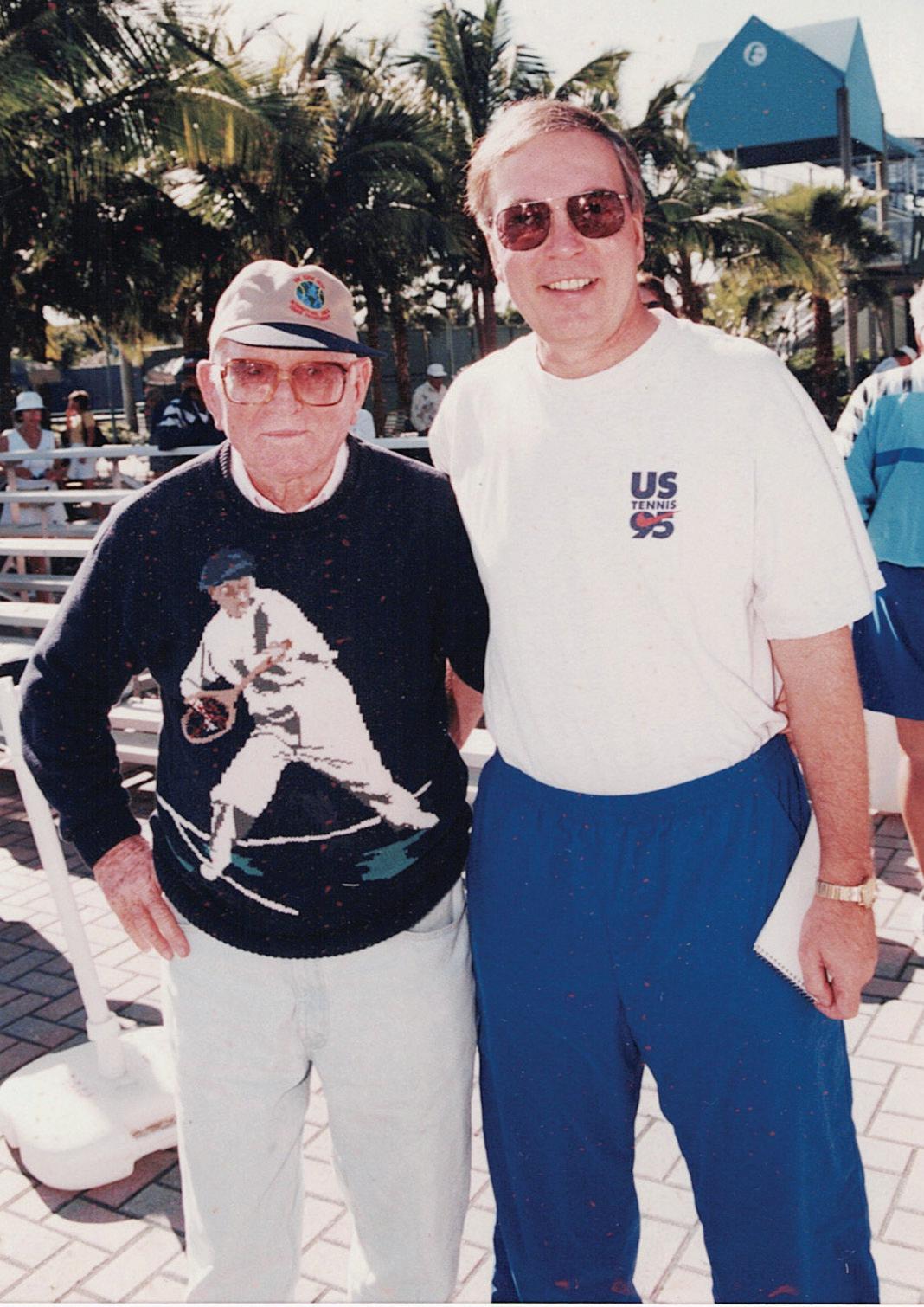
Thus I was able to see the future of tennis emerge into stardom - McEnroe, Lendl, Courier, Sabatini, Fernandez, the Spadeas (Vince and Luanne), Kournikova, Federer, Roddick, Edberg, Wilander, Mandlikova, Noah, Becker, Graf, Seles, Capriati, etc.
My 18 years as the Herald’s tennis writer coin-
cided with the 18 years Ashe was the director of tennis at Doral Resort near Miami. What an honor to know and write about one of the most admirable figures in the history of sports.

In 1990 at the U.S. Open, he was writing columns for the Washington Post and was seated right behind me in the press box at Armstrong Stadium. I mentioned to him privately I was considering leaving the Herald and starting a tennis magazine that would focus on Florida.
Arthur encouraged me to take a leap of faith, I did and started Florida Tennis from scratch in 1992.
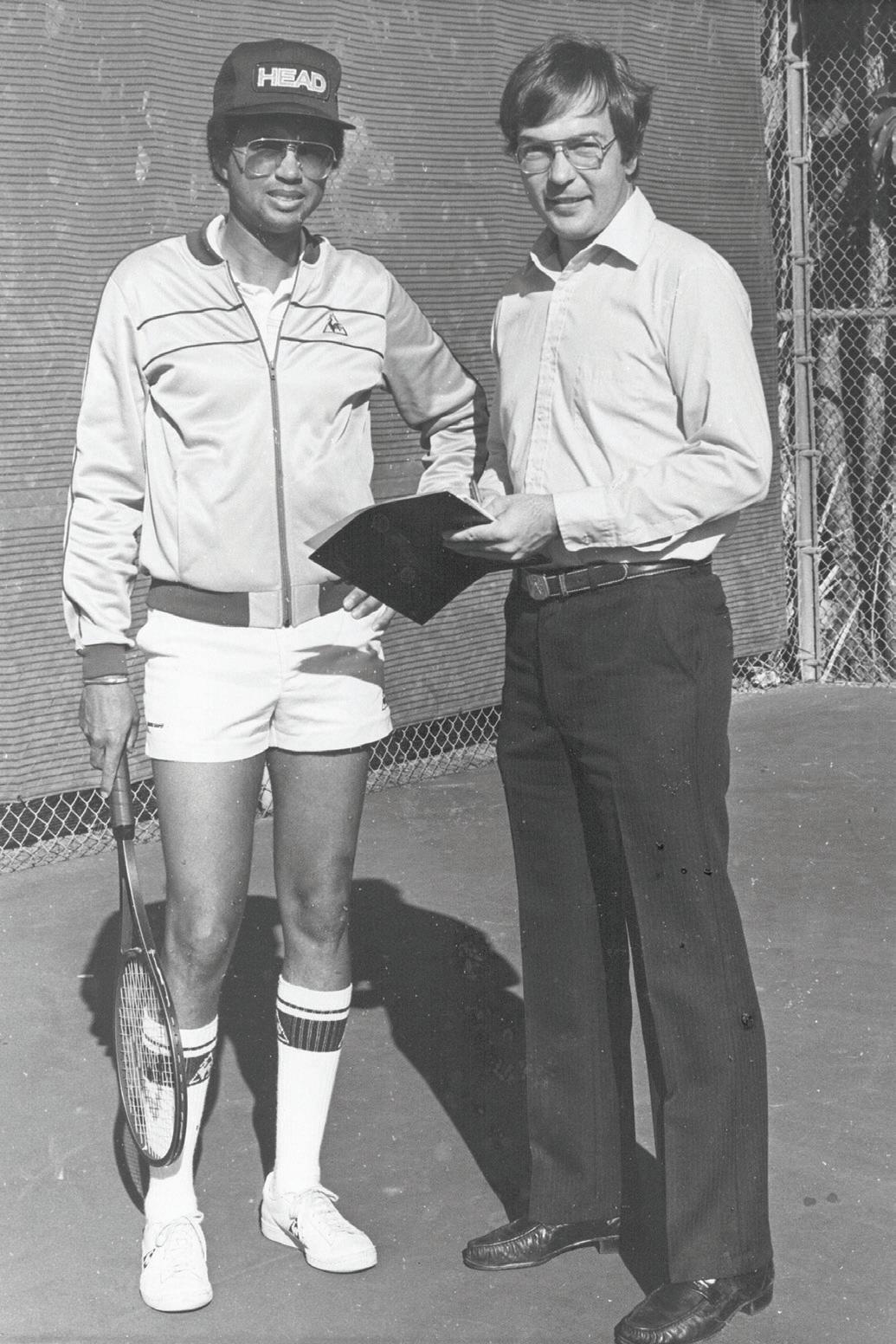
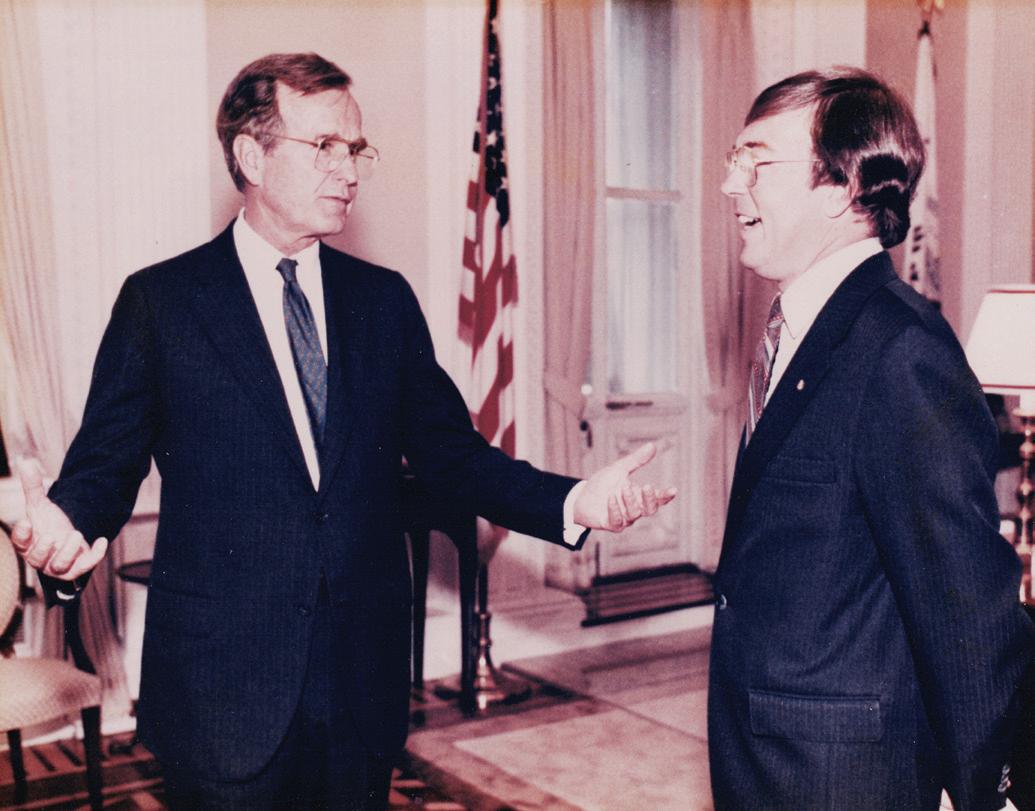
After 21 years of seeing a paycheck in my office mail box every Thursday, suddenly there were no paychecks.
My income would materialize when I sold an ad and the advertiser paid for it. And I’d never sold an ad in my life.
There already was a tennis publication in the state, printed on newsprint because the cost of glossy paper in those days was prohibitive. It was the official publication of the USTA in Florida and was mailed four times a year to members.
When their one-year contract was up for renewal, I put in a bid and suggested six issues annually. But I hadn’t published my first issue, and a USTA official said they wanted to see what I’d produce and urged me to bid the next year, and I did.
I had 15 consecutive one-year contracts and Florida Tennis went on to win the USTA’s National Media Excellence Award.
Over the years some of the leading teaching pros in the world wrote columns for us - Vic Braden, Nick Bollettieri, Rick Macci.
And we were fortunate to use images from some of the premier tennis photographers in the world - Art Seitz, Alese and Morton Pechter, Al Messerschmidt, Susan and Fred Mullane, Caryn Levy, Michael Baz.
We were there when Butch Buchholz’s dream of a fifth Grand Slam became reality as the Lipton Championships at the site of a former garbage dump on Key Biscayne.
We were there while Florida emerged as America’s Most Important Tennis State, headquarters for the ATP, WTA, USPTA and most recently the USTA’s amazing 100-court National Campus.
And we were there when Rick Macci brought Venus, Serena and the entire Williams family from Compton, California, to Grenelefe Resort near Orlando and coached the girls during their formative years.
Toward the end of the film “King Richard” you see Richard driving a golf cart at Grenelefe and a reporter with notepad is next to him. That’s me, or more accurately that’s an actor portraying me. (No, I was not
Opening page: An artist’s drawing presented to Jim Martz upon his retirement from the Miami Herald.
Second page: With Eddie Herr, founder of the Orange Bowl International Tennis Championships.


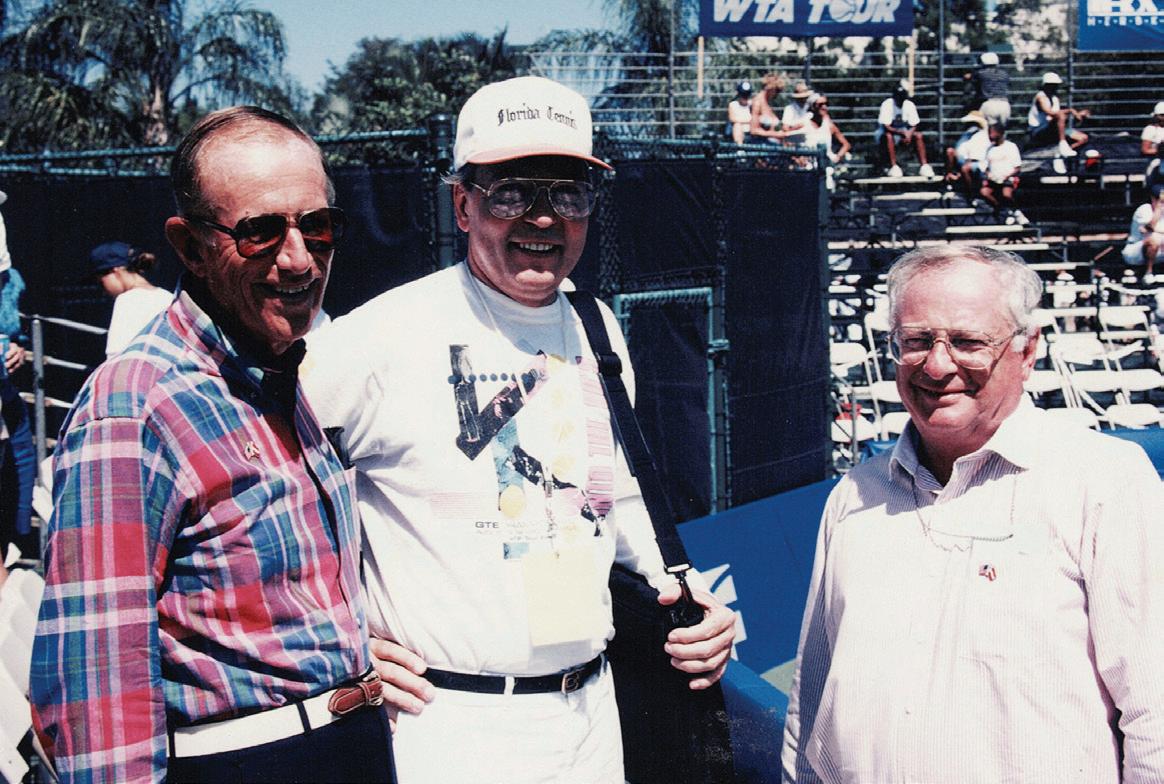

Third page: With Arthur Ashe when he was tennis director at Doral Resort near Miami. George H.W. Bush at the White House when he was vice president. Interviewing Martina Navratilova at North Miami Beach.
This page: Interviewing Chris Evert at Amelia Island. Jim Martz with U.S. Fed Cup captain Mary Joe Fernandez at Delray Beach. Photo by Alese Pechter. With former USTA presidents Howard “Bumpy” Fraser and Alan Schwartz. With Andre Agassi and Gardnar Mulloy at Agassi book signing in Coral Gables.
invited to the red carpet as Macci was).
As technology evolved, so did Florida Tennis from newsprint to glossy. Then when some of the major national advertisers started to cut back on print ads and opt for the internet, I could see there wouldn’t be enough income to cover expenses. A new publication in the state made a bid that was higher than mine, and I didn’t make a counter offer.
That magazine became the USTA’s official publication in Florida. I no longer had access to their mailing list to individual members, but I continued to send Florida Tennis complimentary to more than 500 clubs, parks, resorts, shops, and academies throughout the state, plus subscribers nationwide.
The other publication went under and subsequently so did two others in the state, and the USTA stopped mailing to members due to the expense.
Meanwhile, Florida Tennis has maintained an excellent relationship with USTA Florida and is de-
lighted to publish six pages of its feature stories and news in each issue.
When I founded Florida Tennis there were more than a dozen regional tennis publications such as ours in the U.S. Now, to the best of my knowledge, there are five.

We’re still here, and I’m taking another leap of faith. I have sold Florida Tennis to Matt Pressman, who has a strong background in tennis and advertising and is passionate about bringing the publication to higher levels in print and online.
Florida Tennis will remain in print. It’s not going solely online as Tennis magazine did a year ago. And I’m not going anywhere. In addition to pursuing some book projects, will be the Florida Tennis editor, I will continue to write columns and will serve as an advisor/mentor. Matt will handle advertising, the new website, and social media.
I’m excited about the future of Florida Tennis.

 By Matt Pressman
By Matt Pressman
My first encounter with tennis in Florida made quite an impression. I was overwhelmed. I was smitten. But before we get to that, let’s go back to a time where I was playing up north in snowy Connecticut.
I was coached by Brian Barker — a former touring pro who once asked this little kid, James Blake, to play some points with me. He was much younger than me at the time but, wow, that little guy could hit. Well, Barker later became Blake’s coach. And Blake reached #4 in the world.
Barker had me hit with Blake back then because I was a top junior player amassing USTA trophies all over New England. I was enjoying a non-stop winning streak. I was playing in “the zone” and it felt like heaven on earth. I could do anything I wanted with the ball. I could see where it was going before I hit it. I was possessed.
To push my game to the next level, I flew down to Saddlebrook, better known as The Harry Hopman Tennis Academy (at the time), in the Tampa area. Over the years, Saddlebrook was home to famous names like Andy Roddick, Mardy Fish, and Jennifer Capriati. Playing in Florida for the first time was humbling. I was no longer the only hotshot kid prodigy.
Florida tennis was paradise. The sun was always shining. Local players were amazing. And hopefuls from all over the world came to Florida to play at iconic academies run by the likes of Nick Bolletieri, Rick Macci, Chris Evert, Emilio Sanchez, and others. I was in love with the scene. But sadly, it was time to head back to the snow for my senior year.
Back in the cold, my high school team went on to win the Connecticut state championship. But that was smalltime compared to the level of tennis in Florida.
Nevertheless, it earned me a Division 1 scholarship and I was made Captain of the UConn Huskies tennis team. After UConn, though, I was done. A shoulder injury in the Big East Tournament did me in.
When I thought of tennis after college, I thought of pain. I thought of untapped potential. I had given so much to tennis but it was all taken away by a bum shoulder.
Sure, once or twice a year I would begrudgingly hit a few balls with business clients. It certainly impressed the suit-and-tie crowd and made me popular in corporate circles. But I was done with the sport. The shoulder still hurt. And so did my pride.
Later, I moved to New York and went on to have a fulfilling career. I ascended my way up the ranks in the magazine industry at Men’s Fitness, Details, and Vibe Magazine.
Fast forward to 40 and I settled down. Got married. My lovely wife and I had a baby. We ditched the Big Apple for the Sunshine State. As a new Dad, I wasn’t getting much sleep. I ate fast food. I was sluggish and out-of-shape. So I decided to give tennis a go again — just to lose a few pounds.
Back when I played at UConn, I was sponsored by Spalding. So I dusted off my old college racquet, The Asphalt, and hit a few balls. Surprise, surprise! My body felt good. That shoulder injury was long gone. And, sure enough, I could still play.

I hit with some local pros who were in their 20s. I was nearing 50. But I was winning. I still had it. The magic faded but it was there. Deep down. I just had to unearth it. And every now and then, something unexpected happened. A strange but familiar feeling. The Zone.
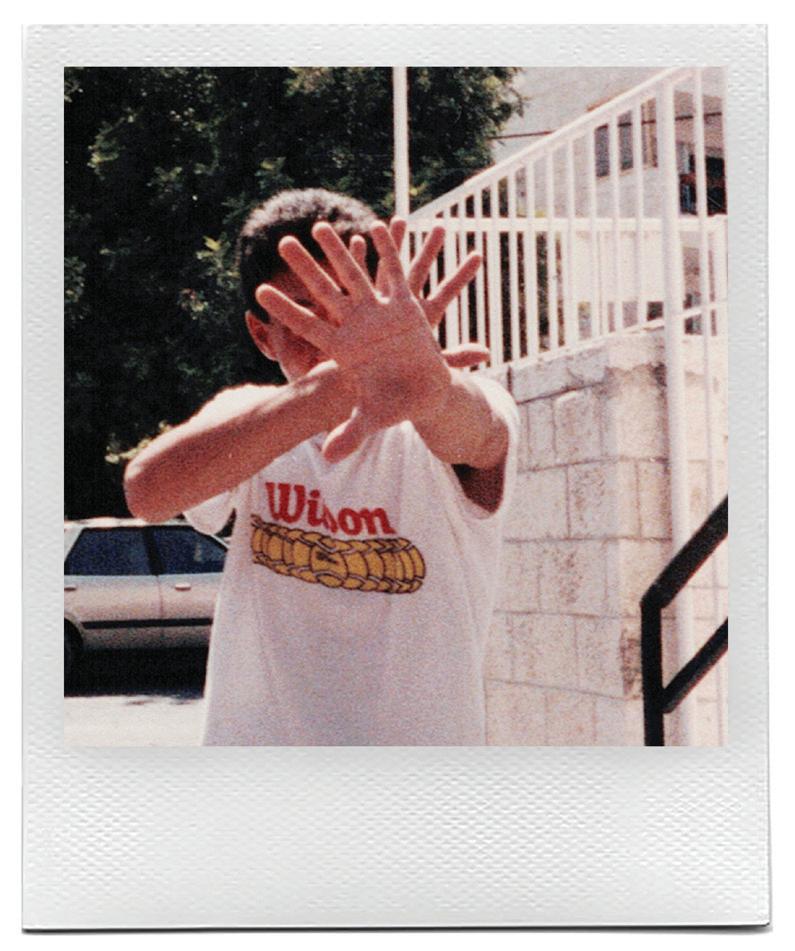
It all came flooding back. Pure bliss. I remembered why I loved this sport. I wanted the drug of tennis… again. After 25 long years, I finally reunited with the game.
Meanwhile, I kept seeing this magazine at pro shops everywhere. I decided to give Jim Martz, the owner of Florida Tennis, a call. I immediately liked him. And the magazine. I subscribed. I devoured every issue cover to cover. Florida Tennis became my personal guide to paradise.
After subscribing for a few years, I decided to call Jim again. I invited him to lunch. I asked him if he’d be open to selling the magazine. That conversation brings us to the article you’re reading right now.
After 31 years of outstanding coverage, the spirit and editorial excellence that makes Florida Tennis so special will continue with Jim Martz as editor. I’ll also be lending a hand as executive editor and publisher of Florida Tennis.
I’m a player and a fan of the game. Like many readers. But spending the last few months learning more about the legacy of Florida Tennis, I’m truly humbled. It quickly became obvious that Jim Martz knows everyone in the tennis world. His connections are vast. And his reputation is impeccable.

So I’d like to thank Jim for entrusting me with the future. At the same time, having Jim continue as editor ensures we’ll serve up plenty of aces in the
process. I’d also like to thank our loyal readers, contributors, and advertisers as well and welcome them along on this new journey forward with us.
Over the next year, we’ll be growing our digital properties including a blog, newsletter, podcast series, and social media presence. Look out for exclusive interviews with some of Florida’s most exciting players and luminaries within the tennis scene today.
And we have a few surprises that will have to remain secret… for now. So stay tuned, look forward to a bright future, and keep your eye out for the next issue.

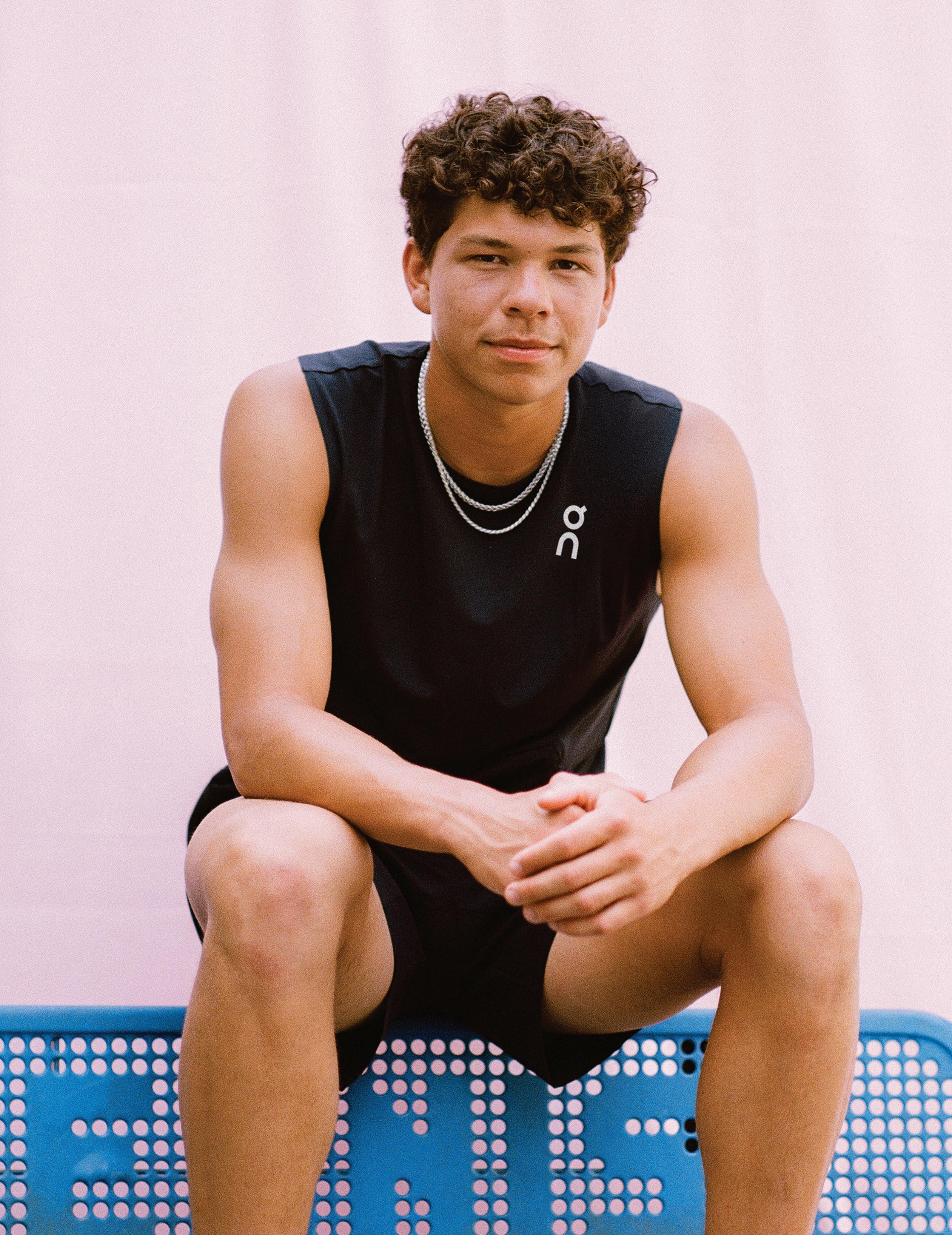 By Jim Martz
By Jim Martz
When the Roger Federer-backed running shoes and apparel company On ventured into tennis, the first women’s player to be signed was top-ranked Iga Swiatek of Poland. The first male player: rising American star Ben Shelton.
Though Federer’s career on the professional circuit has ended, he continues to hit aces. Swiatek has won three Grand Slam tournaments and 12 WTA Tour-level titles. Shelton, a 20-year-old from Gainesville, Florida, won the NCAA singles championship in 2022 and in his first tournament outside the United States reached the quarterfinals of this year’s Australian Open.
“Iga and Ben represent the next generation of world-class talent,” Federer said. “Both players demonstrate On’s competitive spirit and embody current and future champions of the sport. We are pleased to welcome them to the On family.”
Shelton, who is represented by Team8, the agency co-founded by Federer and Tony Godsick, made his head-to-toe On debut at the Miami Open in March.
“As someone in the early stage of my professional career and a challenger on the tour, I love that I’ve partnered with a company that has years of experience in sports performance and is looking to take over a new sport like tennis,” Shelton said. “I’m really pumped to be the first male tennis player sponsored by On.”
Sometimes when Shelton checks his phone messages, there’s one from arguably the greatest player in the history of the sport.
“He (Federer) sent me some messages during my performance at the last Australian Open, congratulating me on my victories,” Shelton said. “We also talked about my evolution. I couldn’t be happier to join a brand like ON, in which he is also involved, I’m really excited about this new step in my
career, I’m sure we will have a lot of fun.”

Shelton is a 6-foot-4-inch lefty with raw athleticism and power plus finesse and consistency. He became the youngest player in ATP Challenger tour history last year to win three titles in three consecutive weeks. And by early May of this year he had reached a career-high ranking of 35 in the world.
“When you can hit 147 miles an hour and you’re left-handed and hit it on a dime, you’ve got a chance against anybody with that type of serve,” legendary coach Rick Macci said in an interview with Florida Tennis. “Brutal forehand, lot of action. The backhand a little of a bubble loop. Hopefully that can be simplified.
“Good imagination, creativity. Very good athlete, good genes. Could he be he next great American? That’s to be determined. I think he could be one of the guys. He definitely can be a top 10 player some day. I love his upside.”
Shelton was born in Atlanta when his father, Bryan, a former ATP Tour player, was the women’s tennis coach at Georgia Tech. The family moved to Gainesville, Florida, when Bryan became the men’s tennis coach at the University of Florida in 2011.
Ben joined his father’s squad as a freshman and helped the Gators win the NCAA team championship in 2021. The following year Ben won the NCAA singles title and was named the Intercollegiate Tennis Association men’s Player of the Year.
In the decisive third set of the singles final against August Holmgren of San Diego, with Shelton leading 4-2, 30-15, Holmgren charged the net and deftly placed a drop shot just across the net. Shelton not only raced and reached the ball for a return attempt but ripped a backhand winner across the court, defying what appeared to be an impossible angle and tight landing area.
Holmgren watched the shot, then just stood at
How did you become involved in tennis?

“I got into tennis because it runs in my family. My dad was a professional tennis player.”
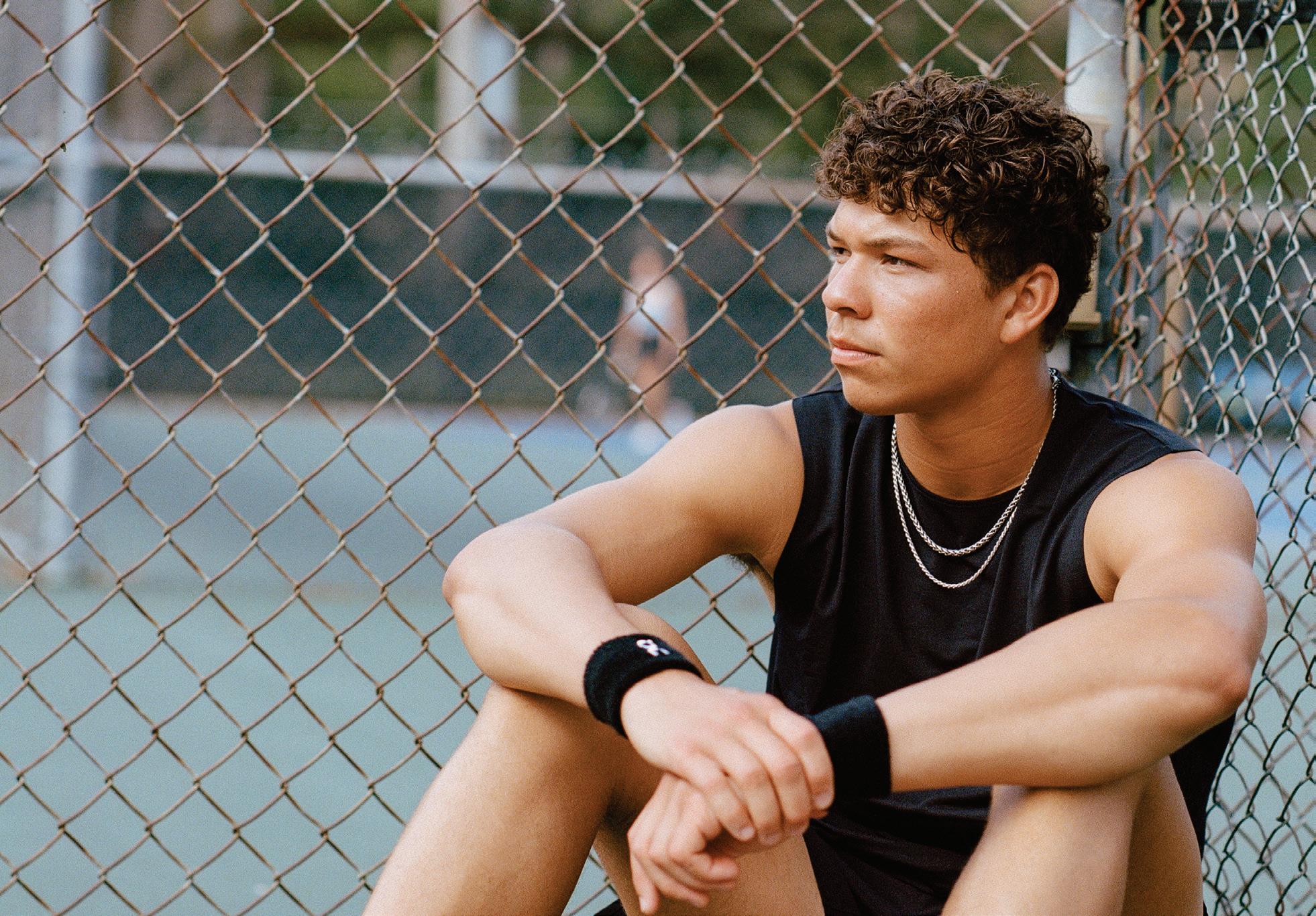
Three words to describe your play?
“I’d say aggressive, athletic, and explosive.”
Favorite post-game meal?
“I’d have to say rigatoni bolognese at a good Italian spot.”
What do you think of Florida?
“Sunshine, the beaches, and the warm weather pretty much all year long.”
the net, looking in Shelton’s direction. He kept looking.
When Shelton reached the baseline he turned and saw Holmgren still standing at the net and glaring at him.
“Why you staring me down?” Shelton shouted across the court.
“It was just too good,” Holmgren said. “Just too good.”
Shelton went on to win 4-6, 6-3, 6-2. And a few weeks later he upset the world’s fifth-ranked player, Casper Ruud, in the third round of the ATP Masters 1000 in Cincinnati at age 19. That made him the youngest American to earn a top-five victory since Andy Roddick, 18, at Montreal in 2001 against No. 1 Gustavo Kuerten.
He ended the 2022 season on the ATP Challenger Tour with three indoor hard court titles in as many weeks at Charlottesville, Knoxville and Champaign. Then he opened 2023 by reaching the Australian Open quarterfinals at age 20, becoming youngest American man in the Australian Open quarterfinals since Sammy Giammalva at 19 in 1982, and the youngest in a Grand Slam quarterfinal since Roddick, 20, at the 2002 US Open.
Shelton has said the serve-and-volley is an important part of his game and is an area he wants to develop better.
“I love to get to net, be able to use some of my hand skills, athletic skills and going up to get the ball (to put away overheads) is one of my favorite things to do,” he said.
Dean Goldfine has been Shelton’s coaching mentor on the road. He has coached many stars, including Andy Roddick, Aaron Krickstein, Todd Martin and Sebastian Korda.
On June 2 the University of Florida announced that Bryan had resigned as coach of the Gators, and two days later he revealed that he will become Ben’s full-time coach.
“His potential is, in my opinion, limitless, because he hasn’t really scratched the surface,” Bryan told ATPTour.com. “I just feel like he’s so many hours shy of someone else his age that’s playing at
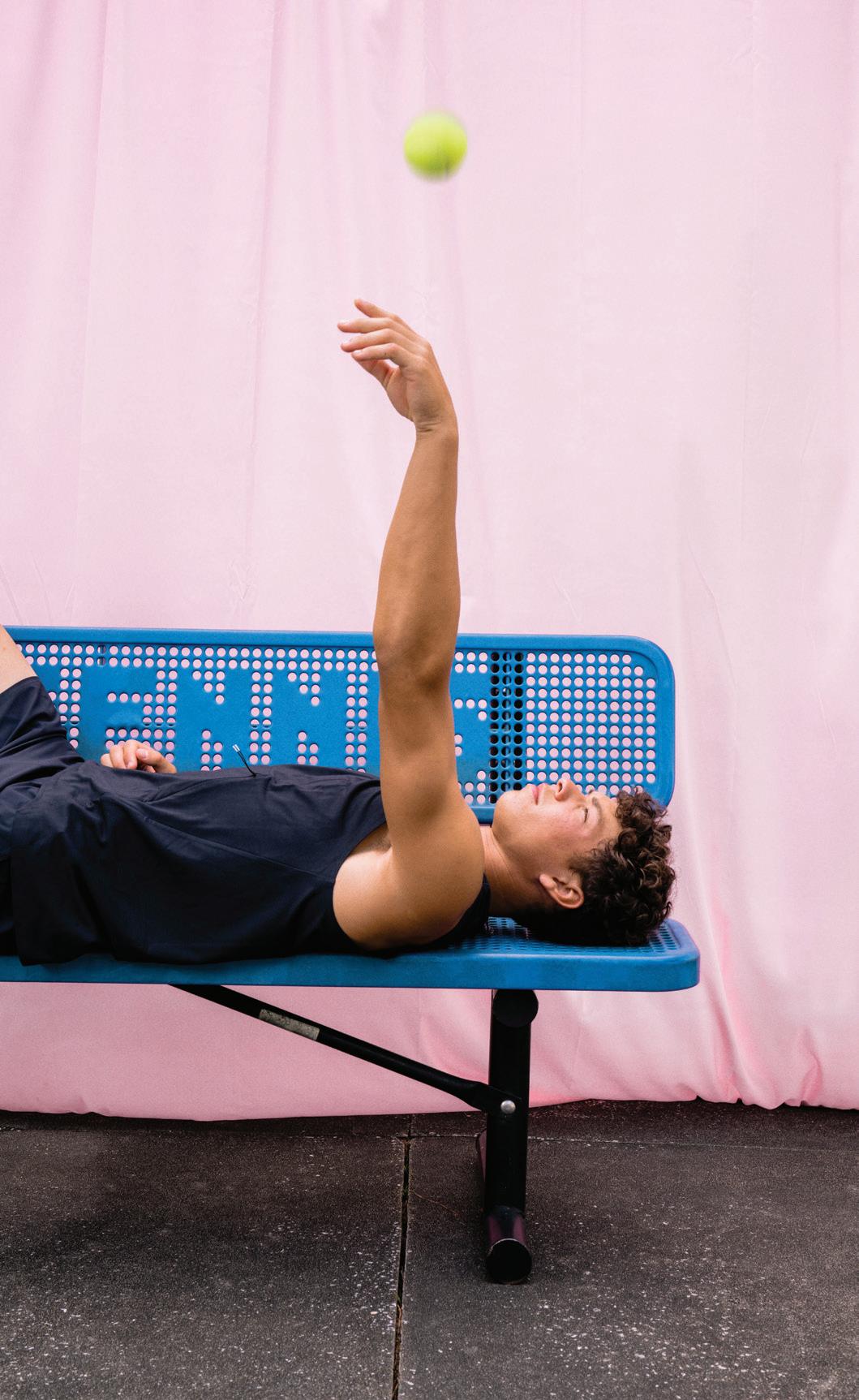
that level. They’ve logged a lot more hours, they’ve experienced a lot more situations on a lot more surfaces, and they’ve played around the globe for years prior, and he’s having to catch up on those experiences.”
His son has anticipated this would happen and is delighted.
“The dream team is back together baby??” Ben wrote on Instagram. “Can’t wait to have you out on tour with me, and see what we can accomplish together.”
“When you can hit 147 miles an hour and you’re left-handed and hit it on a dime, you’ve got a chance against anybody” - Rick Macci
Imagine winning a Division 1 Tennis Championship with your father as the team’s coach. A dream scenario. And then, seemingly in the blink of an eye, you are in the top 50 on the ATP Tour. Not possible!
Add to that being named as the first male brand ambassador for On, Roger Federer’s sneaker and apparel company. Can’t happen!

Yes it can! Just ask Ben Shelton. In 2021, as a true freshman, he clinched the Florida Gators’ first team national championship with his win at fifth singles. His father, former ATP tour professional Bryan Shelton, guided that team to victory. In 2022, Ben Shelton won the men’s singles title at the NCAA Division I Tennis Championships and was named the ITA National Player of the Year.

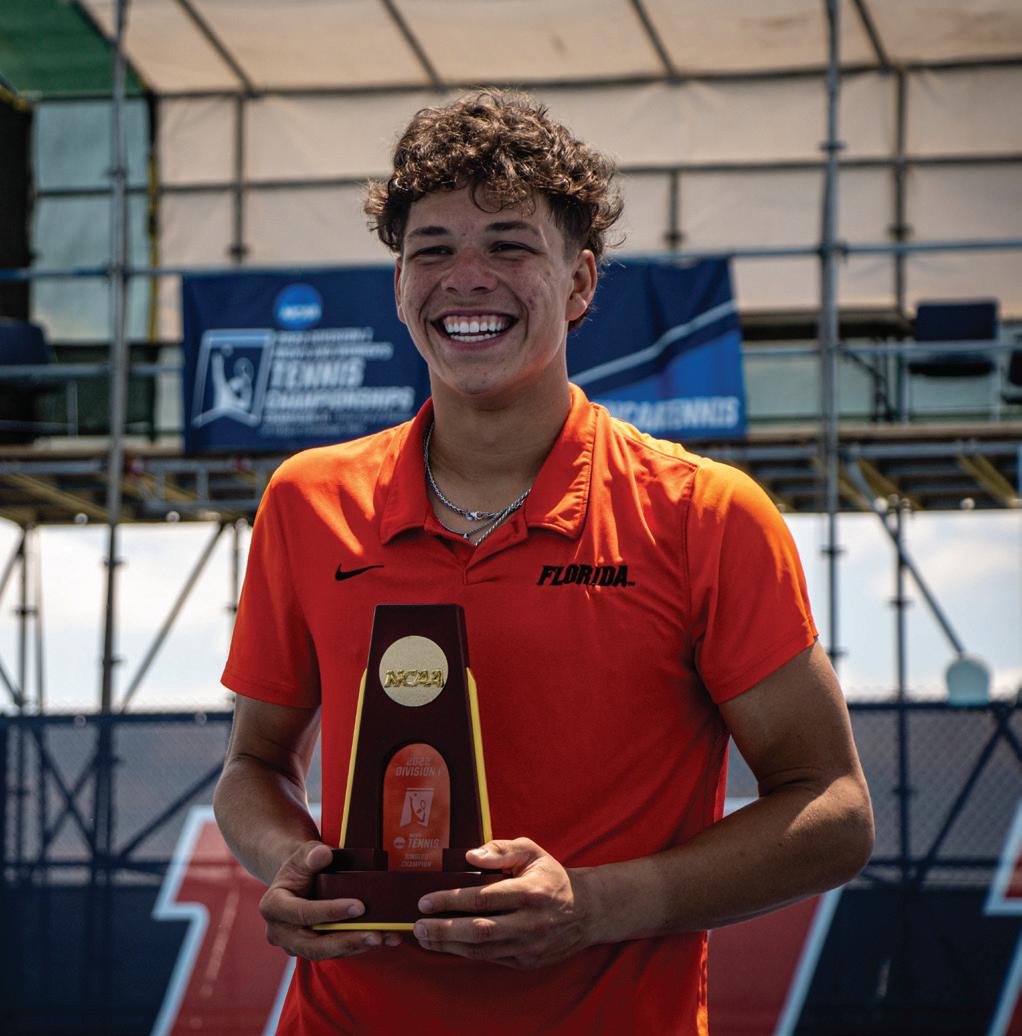
As of May 8, he reached a career high ATP singles ranking of No. 35. He became the male brand ambassador for On in March for clothing and shoes and was endorsed by Yonex for racquets.
It could not have happened to a nicer player from a better tennis family. I was lucky enough to interact with Shelton when I covered the 2023 Delray Beach Open for Florida Tennis. He is a class act and a tremendous talent and we look forward to chronicling his promising career for many years to come. And, yes, dreams do come true! The future of American men’s tennis is bright!
Adam Ross is a contributing writer for Florida Tennis. He is a volunteer for the USTA Florida and the Vice-President of the Tennis Collectors of America/TCA. He welcomes your questions and comments at robinadam@comcast.net.
 Autograph: Courtesy of Adam Ross Collection
Top Photo: University of Florida Department of Athletics
Autograph: Courtesy of Adam Ross Collection
Top Photo: University of Florida Department of Athletics

Laura Bowen Executive Director bowen@ustaflorida.com
Jeff Lato Sr. Director of Operations lato@ustaflorida.com
Cameron Wood Foundation Grants Officer wood@ustaflorida.com
Kelly Scalise Sponsor and Donor Development scalise@ustaflorida.com
Manager
Victor Burgos People Experience Manager burgos@ustaflorida.com
Alexis Bonilla Human Resources Coordinator bonilla@ustaflorida.com
Jenna Richardson Accounting Manager richardson@ustaflorida.com
Sandra Singh Senior Administrative Asst. singh@ustaflorida.com
Brad West CRM & Data Analytics Coordinator west@ustaflorida.com
Lynne Salus Meeting and Event Planner salus@ustaflorida.com
Magali Holt Strategic Projects Manager holt@ustaflorida.com
Lori Burdell Training & Quality Assurance Mgr. burdell@ustaflorida.com
Christine Ducey Director of Adult Tennis ducey@ustaflorida.com
Ashley Miller Local Adult Play Coord. miller@ustaflorida.com
Bobby York Local Adult Play Coord. york@ustaflorida.com
Donna Kass Local Adult Play Coord. kass@ustaflorida.com
Elizabeth Rodgers Local Adult Play Coord. rodgers@ustaflorida.com
Janine Dennis Local Adult Play Coord. dennis@ustaflorida.com
Maria Miro Local Adult Play Coord. miro@ustaflorida.com
Megan Frederick Local Adult Play Coord. frederick@ustaflorida.com
Trish Dipalo Local Adult Play Coord. dipalo@ustaflorida.com
Ty Wolter Local Adult Play Coord. wolter@ustaflorida.com
Jacob Kargauer Local Adult Play Coord. kargauer@ustaflorida.com
Janet Choisnet Local Adult Play Coord. choisnet@ustaflorida.com
Erin McNichol Local Adult Play Coord. mcnichol@ustaflorida.com
Blaine Roseberry Local Adult Play Coord. roseberry@ustaflorida.com
Julia Frazier Local Adult Play Coord. frazier@ustaflorida.com
Dylan McDonald Adult Program Coord. mcdonald@ustaflorida.com
Yasel Gonzalez Adult Tennis Operations Manager gonzalez@ustaflorida.com
Chelsea Underwood Adult Section League Coord. underwood@ustaflorida.com
Patricia Larson Adult Tennis Associate larson@ustaflorida.com
Youth Tennis
Jason Gilbert Director of Youth Tennis gilbert@ustaflorida.com
Elizabeth Spicer Youth Team Play Manager spicer@ustaflorida.com
Nolan Brewer Tournaments & Serve Tennis Coord. brewer@ustaflorida.com
Marketing/Communications
Amy Barnhart Dir. of Marketing & Communications barnhart@ustaflorida.com
Nish Prathab Digital Marketing Manager prathab@ustaflorida.com
Collin Yeager Creative Marketing Coordinator yeager@ustaflorida.com
Jaret Kappelman Communications & Marketing Coord. kappelman@ustaflorida.com
Sam Escudero Marketing Associate escudero@ustaflorida.com
Community Tennis
Danielle Gooding Director of Community Tennis gooding@ustaflorida.com
William Speed Adaptive/Wheelchair Play Coord. speed@ustaflorida.com
Bill Hannigan Tennis Service Representative hannigan@ustaflorida.com
Cathy Nordlund Tennis Service Representative nordlund@ustaflorida.com
George English Tennis Service Representative english@ustaflorida.com
Molly Zimmer Tennis Service Representative zimmer@ustaflorida.com
Marcy Cohen Tennis Service Representative cohenr@ustaflorida.com
Deborah Ballerino Tennis Service Representative ballerino@ustaflorida.com
Ashley Shaw Diversity Outreach Coordinator shaw@ustaflorida.com
Tennis Management Division
John Sanders Head Pro, Racquet Club of Cocoa Beach sanders@ustaflorida.com
Travis Tressler Head Pro, Fort Walton Beach tressler@ustaflorida.com Tennis Center
George Henry Director of Tennis, Play Tennis Gainesville henry@ustaflorida.com
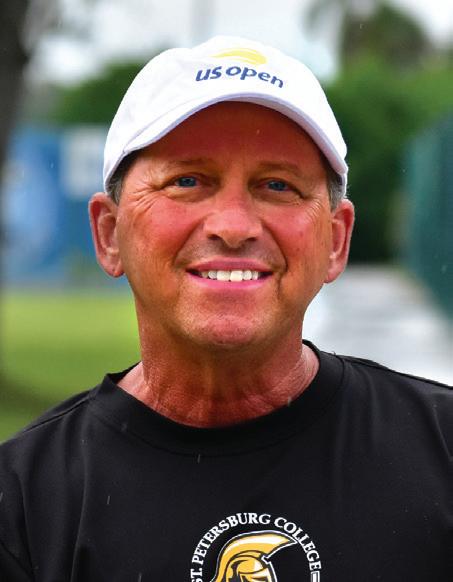
Margot Carter Director of Tennis, Riverside Racquet carter@ustaflorida.com Complex
Where are we playing tennis? According to the latest numbers, nationally, 70% of participants play their tennis in public parks, community centers, and school courts, making public tennis courts vital to our tennis eco-system in the state.
Our public tennis centers are handling more and more players, as high school and colleges rely on them for courts, leagues, and tournaments. They are also crucial for our juniors, whether it’s after school programs, summer camps, or family-based programming.
I have been blessed to teach and coach tennis in public parks for the last 27 years. I can’t even begin to guess how many different people I’ve had the pleasure to meet while being at our center. We’ve had players from the age of 3, all the way to those well in their 90’s. They have come from all walks of life and from everywhere in the world.
Our facility hosts juniors, adults, beginning adults, high school, college, Big Brothers and Sisters and the list goes on. This is replicated in numerous facilities around our Florida Section. If you play tennis in Florida, even at our great private clubs, you know where your local public courts are.
Playing tennis in the public parks and facilities can help you meet new people and make new friends. It can also be a great way to strengthen existing relationships. Public parks can also be cost effective. It’s a way to either play our great sport for free or at a reduced cost. Another benefit is that it’s accessible to all, regardless of income or social status. This means that anyone can enjoy playing tennis and reap its benefits.
The next time you think about public courts, don’t forget that it takes people behind the scenes to keep them open and playable. Thank those that work to keep our courts in shape. Tennis providers, teaching professionals, and play coordinators all have unique issues when dealing with public centers. Municipalities face pressure every day on where to put their funding for recreation.
With other sports competing for tennis spaces, tennis players can’t take for granted anymore that our facilities will get the money they need not only to stay playable but stay open. It will take ADVOCACY. USTA Florida currently has a task force on advocacy looking into this issue. It’s one of my priorities to see this group develop a game plan for the future.
It is going to require all of us in the tennis community to help support our tennis courts so that play can continue to grow for the benefit of communities across the state.
The USTA Florida Here to Serve Podcast has become one of the most popular channels for USTA Florida to share news, provide insight, and get to know people and organizations in the tennis community. Here to Serve recently celebrated its 100th episode, and this podcast continues to create new connections, share stories, and live out the mission of USTA Florida.
Created in 2020 during the peak of Covid-19, USTA Florida staff brought to life the Here to Serve Podcast as a way to stay involved with the community and offer timely Florida Tennis updates. There were some goals outlined, and over the past 100 episodes we have seen that evolve into a bigger picture. Let’s take a look at what the Here to Serve Podcast has accomplished, and its plans for the next 100 episodes!
One of the podcast’s greatest assets comes from bringing together influential voices in the tennis world. Over time, it has had guests like USTA CEO, Lew Sherr, ATA President, Roxanne Aaron, ATA Executive Director, Deanne Adams, Former ATP Pro & Founder of the MaliVai Washington Youth Foundation, MaliVai Washington, USTA Florida Board Presidents, and many more! By inviting these personalities onto the podcast, it allows you, the audience, to gain exclusive insights and understand what is going on in the tennis industry.
The Here to Serve Podcast offers incredible knowledge, covering a wide range of topics relevant to the tennis community. From facts
on how the game benefits one’s health to taking a dive into USTA’s plans for tennis in the upcoming years, the podcast consistently delivers valuable insights. With 100 episodes, listeners have been learning about different facets of the tennis landscape.
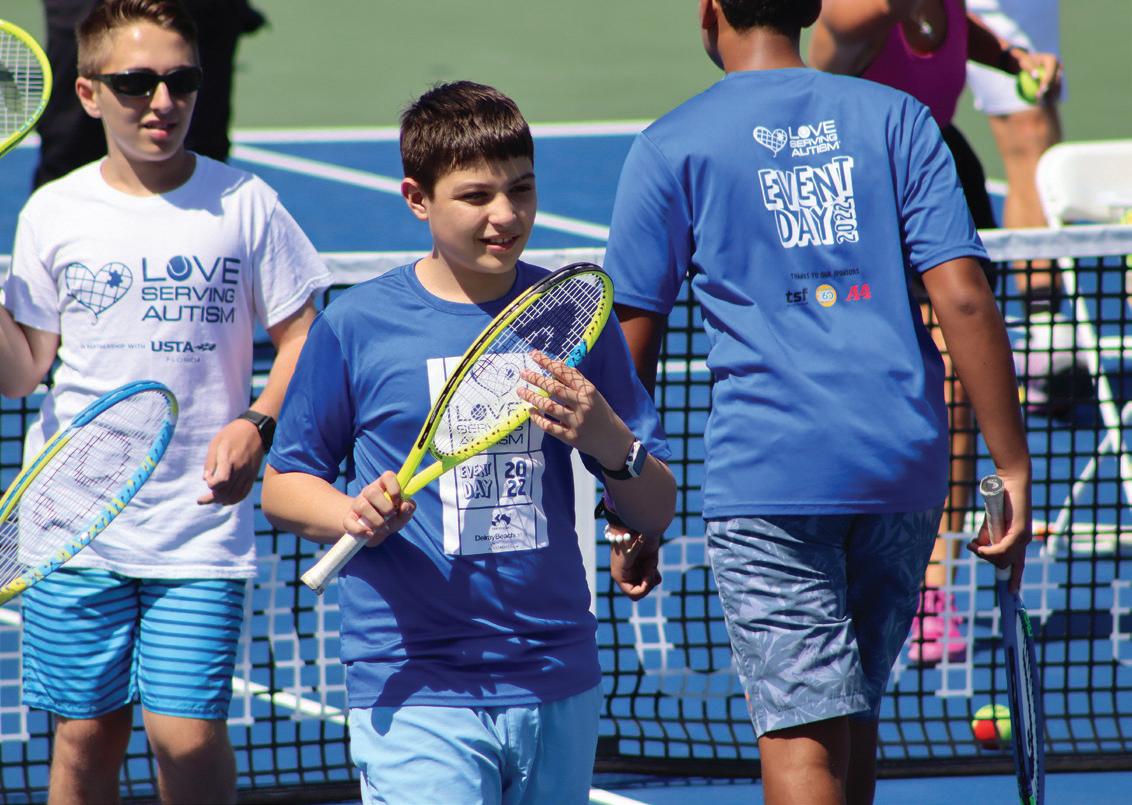
With each episode, the Here to Serve Podcast is educating tennis enthusiasts to get involved and make a difference in their communities. By showcasing success stories, initiatives, and community projects around the state, the podcast is digging into the passion and dedication of its listeners.
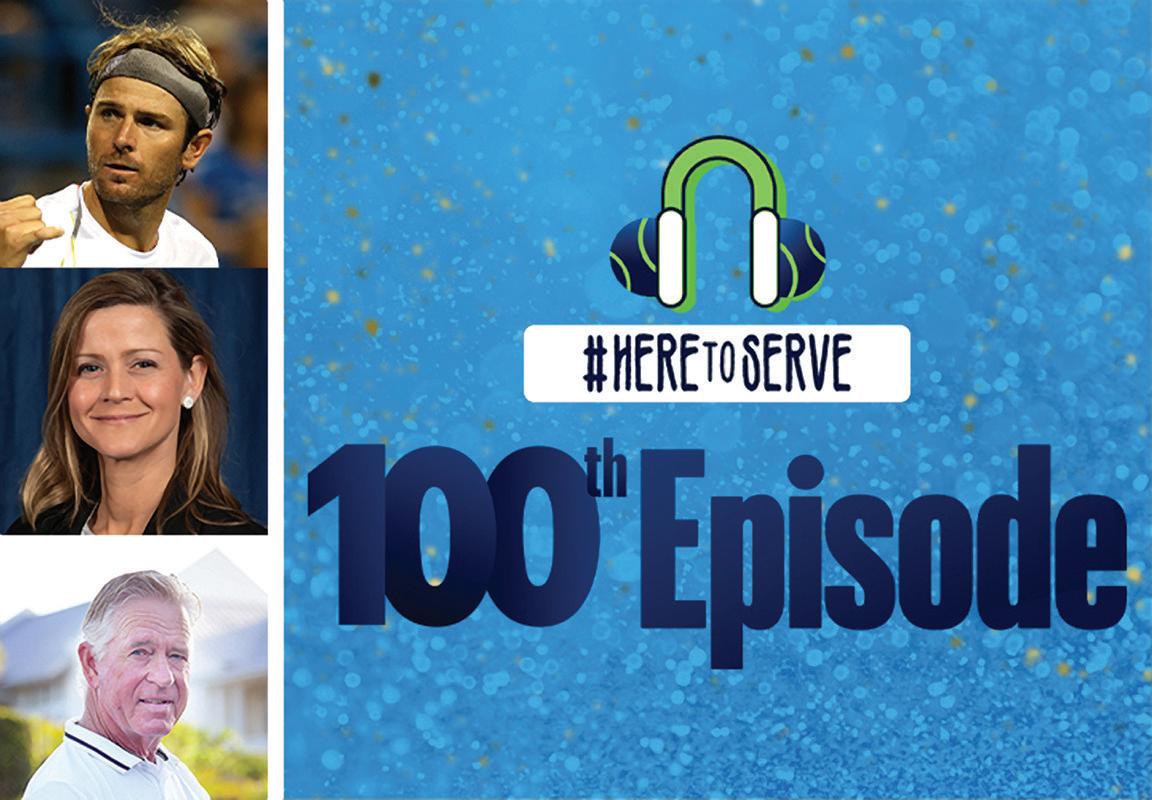
Finally, The Here to Serve Podcast creates a sense of family with its listeners. We come from all walks of life and share this passion for the game of tennis. This podcast has been a great gateway for people to exchange ideas and help explain how they are growing tennis in their area.
As the USTA Florida Here to Serve Podcast has reached its 100th episode, it continues to make an impact on the tennis community. Through engaging discussions, stories, and tennis personalities in the community, the podcast has become a channel for positive change. What started during Covid-19 in 2020 to connect with the community, has now transformed into a staple of USTA Florida. Visit ustflorida.com/podcast or find our YouTube page to listen to our 100th episode and follow or download the Here to Serve Podcast series available on Google, Apple, Spotify or iHeartRadio.
During the 2022 Hurricane Season, many parts across the state were left destroyed by Hurricanes Ian and Nicole. The USTA Florida Foundation, with your help, is dedicated to restoring tennis in these communities and putting people back on the courts.
The USTA Florida Foundation launched the Hurricane Relief Fund in late 2022 and is continuing the relief efforts in 2023. The Foundation’s goal is simple but help from donors is crucial as we aim to raise $1 million to donate across the state of Florida.
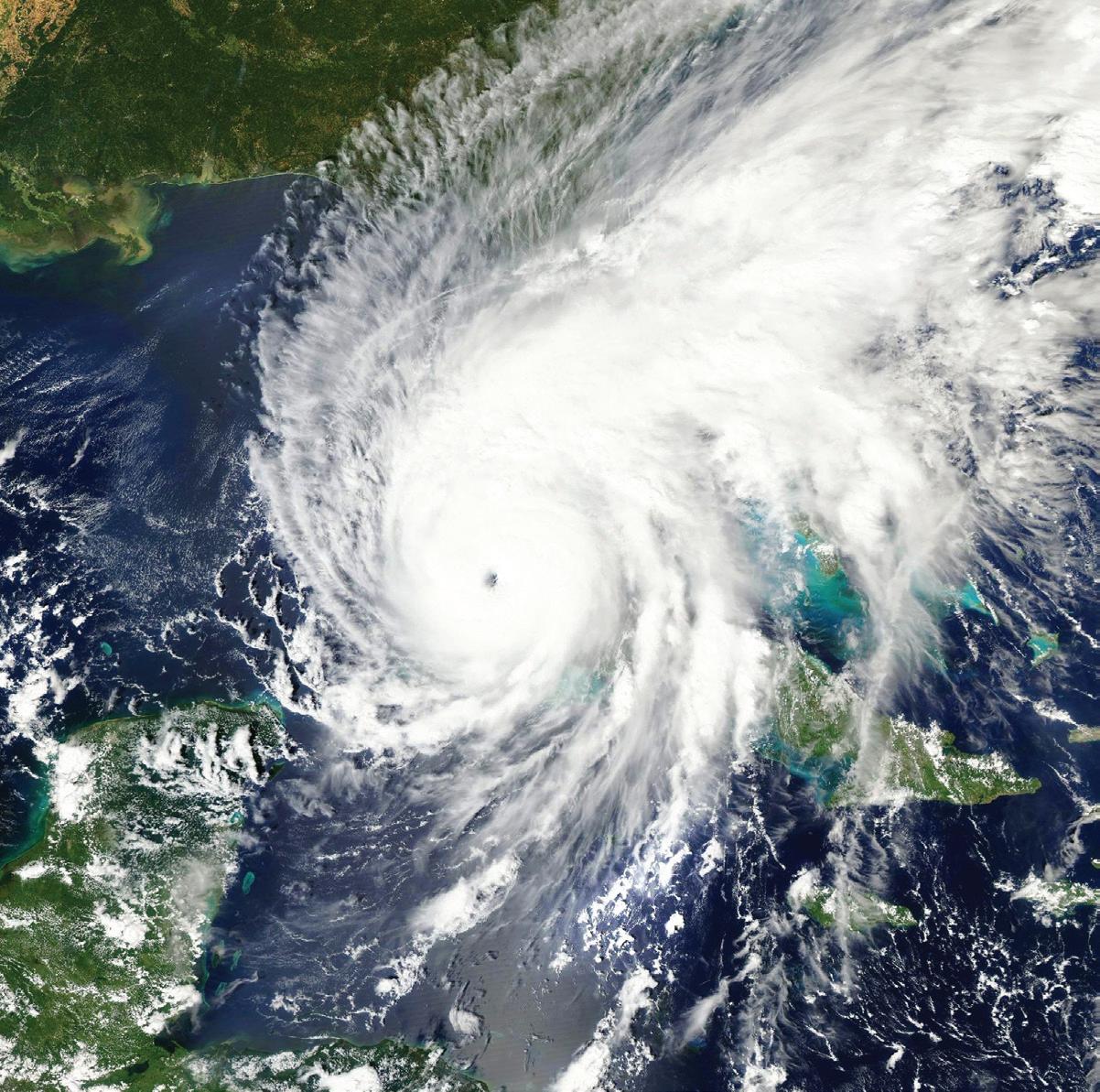
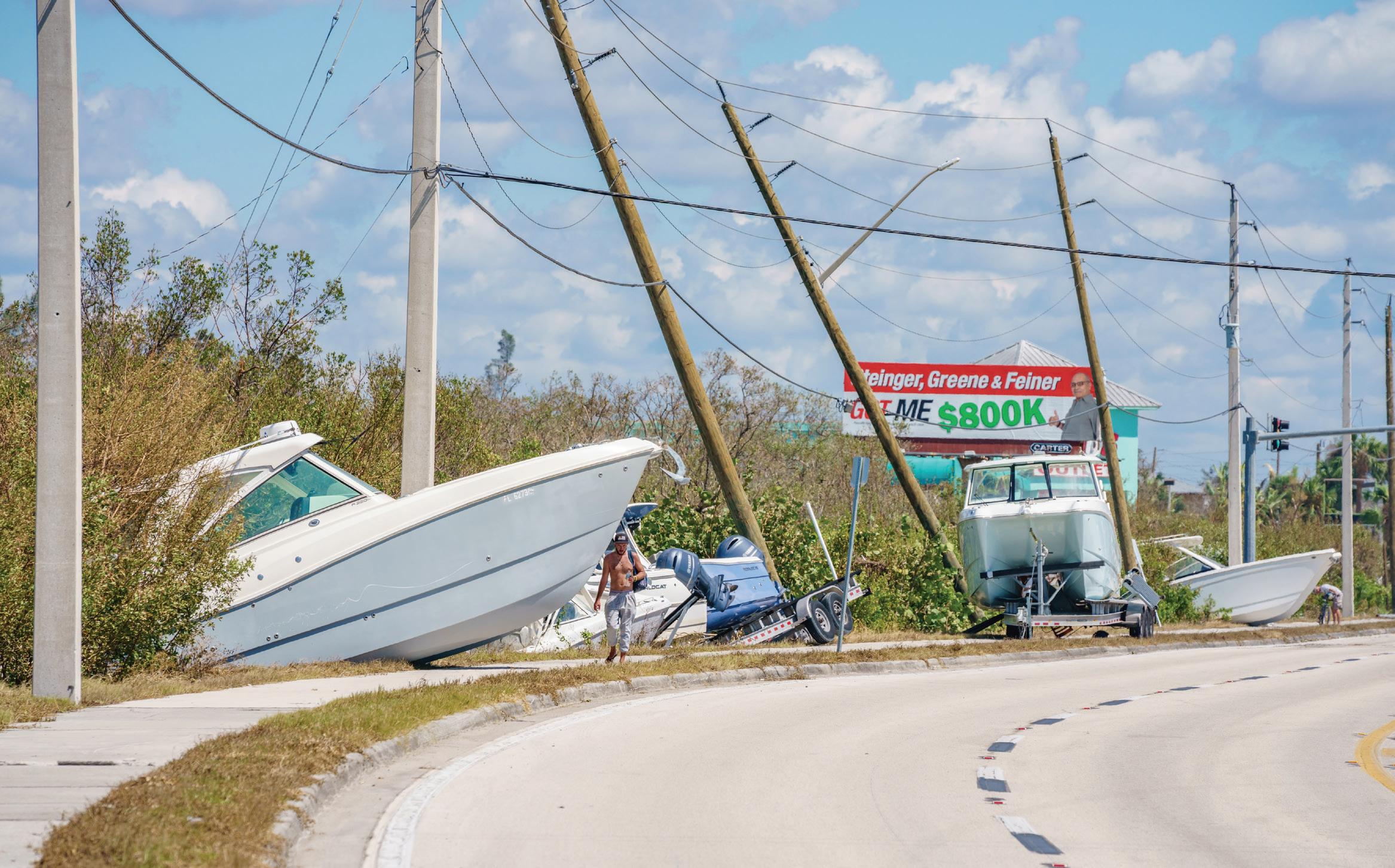
“The 2022 hurricane season had destructive impacts on several areas in the state, especially in Southwest Florida, resulting in loss of play for adult and youth leagues, and community player groups,” said Elizabeth DeConti, USTA Florida Foundation President. “The USTA Florida Section Foundation is committed to helping these tennis facilities with their restoration and the Hurricane Relief Fund will contribute toward our efforts to make these courts playable again!”
USTA and USTA Florida have agreed to work together to help
achieve this goal. As of now, The USTA Board of Directors donated $250,000 to the fund. The USTA Florida Board of Directors has also committed $250,000.
At the USTA Florida 2022 Annual Meeting, the Foundation had The Exchange band, led my USTA Florida Board President, Phil Girardi, come out and host a fundraiser. Thanks to generous donors in attendance, the concert raised $8,727, which was then matched by the section, for a grand total of $17,454.
Another way people have been helping contribute to the fund’s goal is from USTA Florida League players. They have donated nearly $500 through a donation option on the League Sectional Registration platform. If you are a player in the USTA Florida Adult Leagues, this feature will be active for all players to donate when they register for any event in 2023.
So far, through the collective tennis community’s generosity, the Hurricane Relief Fund has seen $518,300 raised. These funds from kind donors have begun to be utilized to support facilities impacted by the facilities. To date, eight different facilities have
submitted requests for funding. USTA Florida and the Foundation are reviewing and working on awarding these tennis centers with proper funding.
So far, $200,000 from the Hurricane Relief Fund has been committed to the city-owned Racquet Club of Cocoa Beach. The facility saw extensive court damage from the hurricane season last year and with the help of these funds, they are hopeful to restore their tennis courts to what they once were.
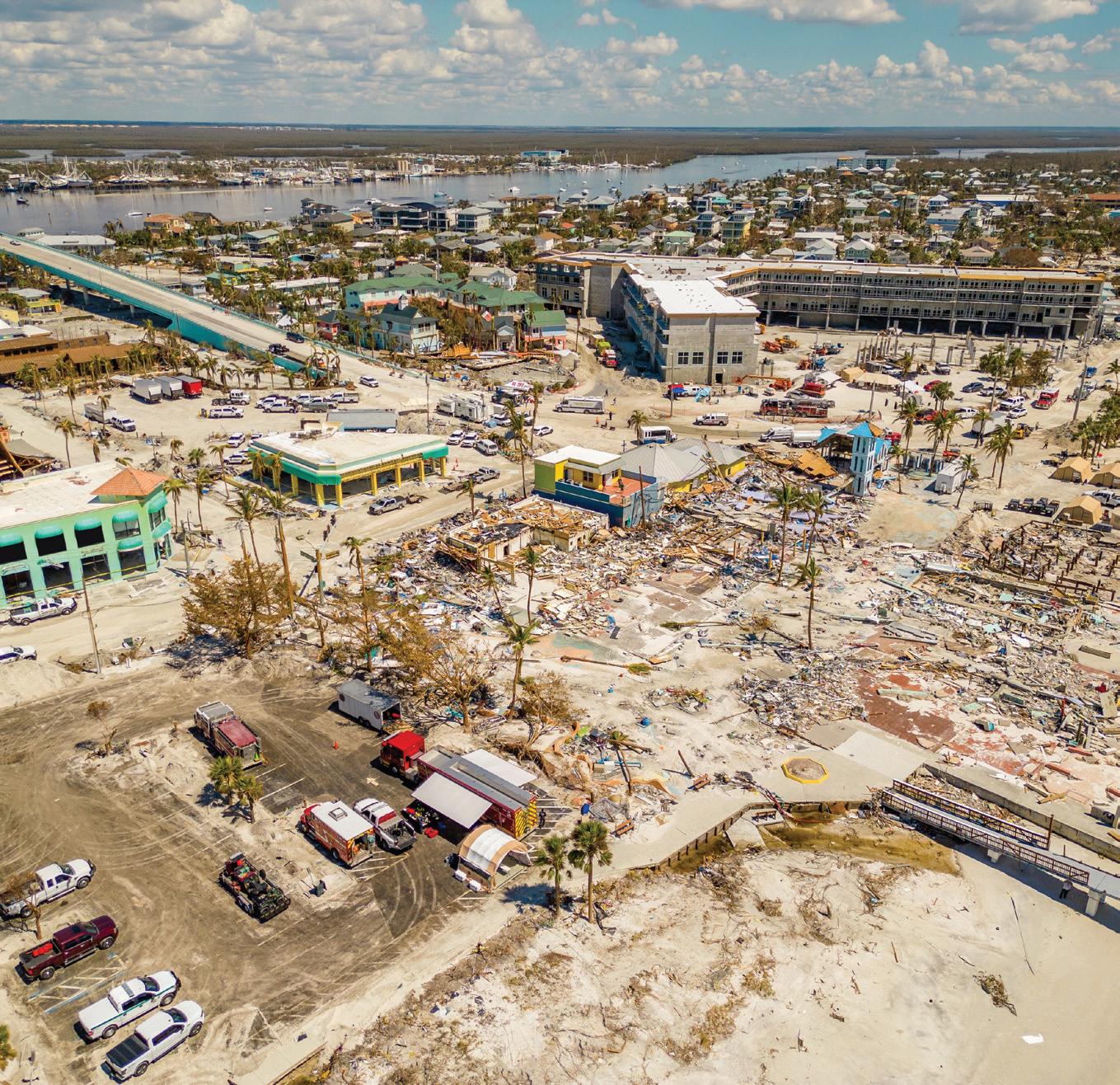
With $200,000 of the 518,300 committed, that has 318,300 remaining to address the remaining facilities requesting support. To continue to help Florida tennis facilities impacted in 2022 and as the 2023 Hurricane Season is here, you can make donations to this fund and help make a difference in the tennis community.
Every cent helps keep tennis in Florida communities across the state. USTA Florida President Phil Girardi is thrilled to see the tennis community contributing to a great cause in this time of need. “I’m thankful to the USTA Florida Foundation, The USTA Florida Board, USTA National, and our partners for stepping up in this time of need in our state for helping to raise funds,” he said. “Tennis facilities that have been affected by the latest hurricanes need our help and we should be there for them. We owe it to our players and providers.”
USTA Florida and the Section Foundation want to see facilities thriving in the state, and the organization is determined to help ensure that everyone has the opportunity to restore tennis in their community.
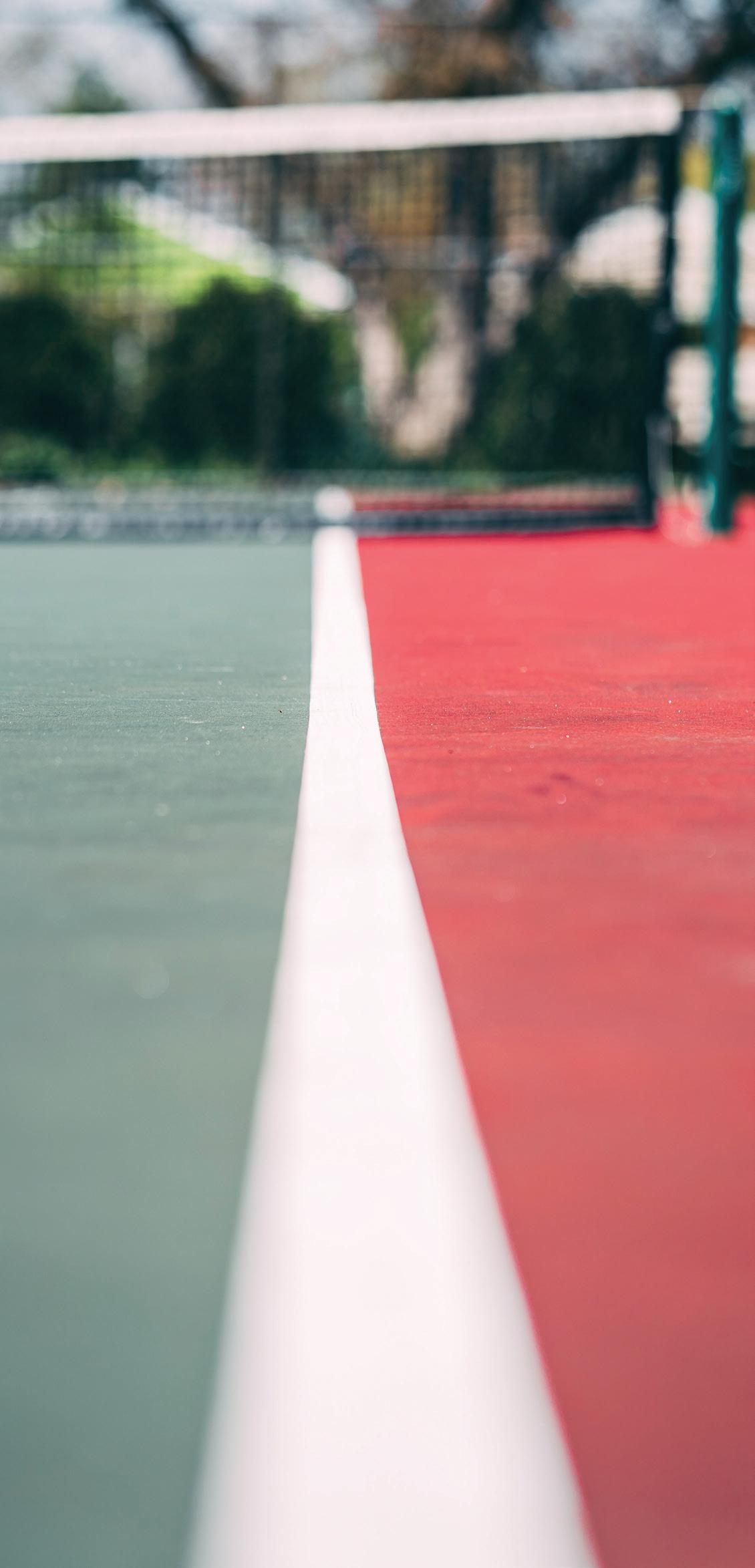
To donate, visit: ustafloridafoundation.com/hurricanerelief

Tennis facilities that have been affected by the latest hurricanes need our help and we should be there for them.
USTA FLORIDA IS PROUD TO REVEAL THE 2023 WINNERS OF THE WINTER/ SPRING LOCAL AWARDS. THE USTA FLORIDA AWARDS COMMITTEE AND STAFF RECOGNIZED FIVE INDIVIDUALS WITHIN THE FLORIDA TENNIS COMMUNITY FOR SHOWCASING WHAT THE SPORT IS ALL ABOUT.
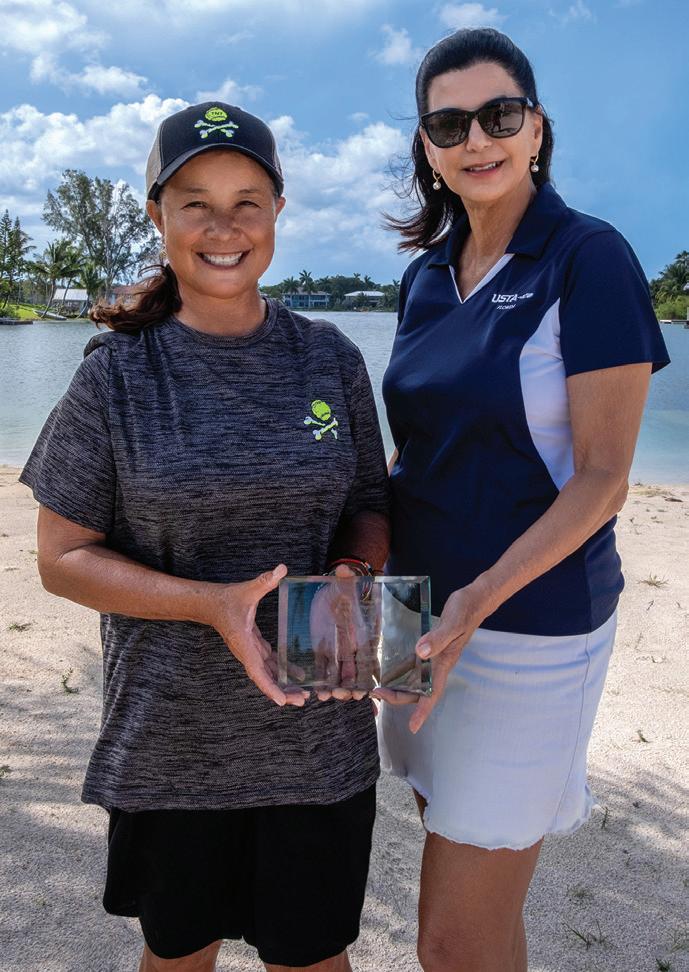
This award recognizes an individual(s), a community or program partner(s), who may or may not be a volunteer(s) for USTA Florida. Their contributions result in the promotion and/or development

George Henry has been making a huge difference in the tennis community for years, especially in the junior space. He has created an environment at the Palm Coast Tennis Center that allows youth players of all skill levels to learn and grow in the sport of tennis.
“His enthusiasm for the sport is contagious,” one of his colleagues said. “George has an unfailing commitment to advancing tennis.” Henry does a great job being a mentor and coach to junior players in his community.
As a result of his dedication to the game, his clinics are constantly filled, and his private lessons are highly sought out.
of tennis in their community and/or throughout Florida. These contributions may be defined in time, accomplishments, skills, resources and/or efforts.
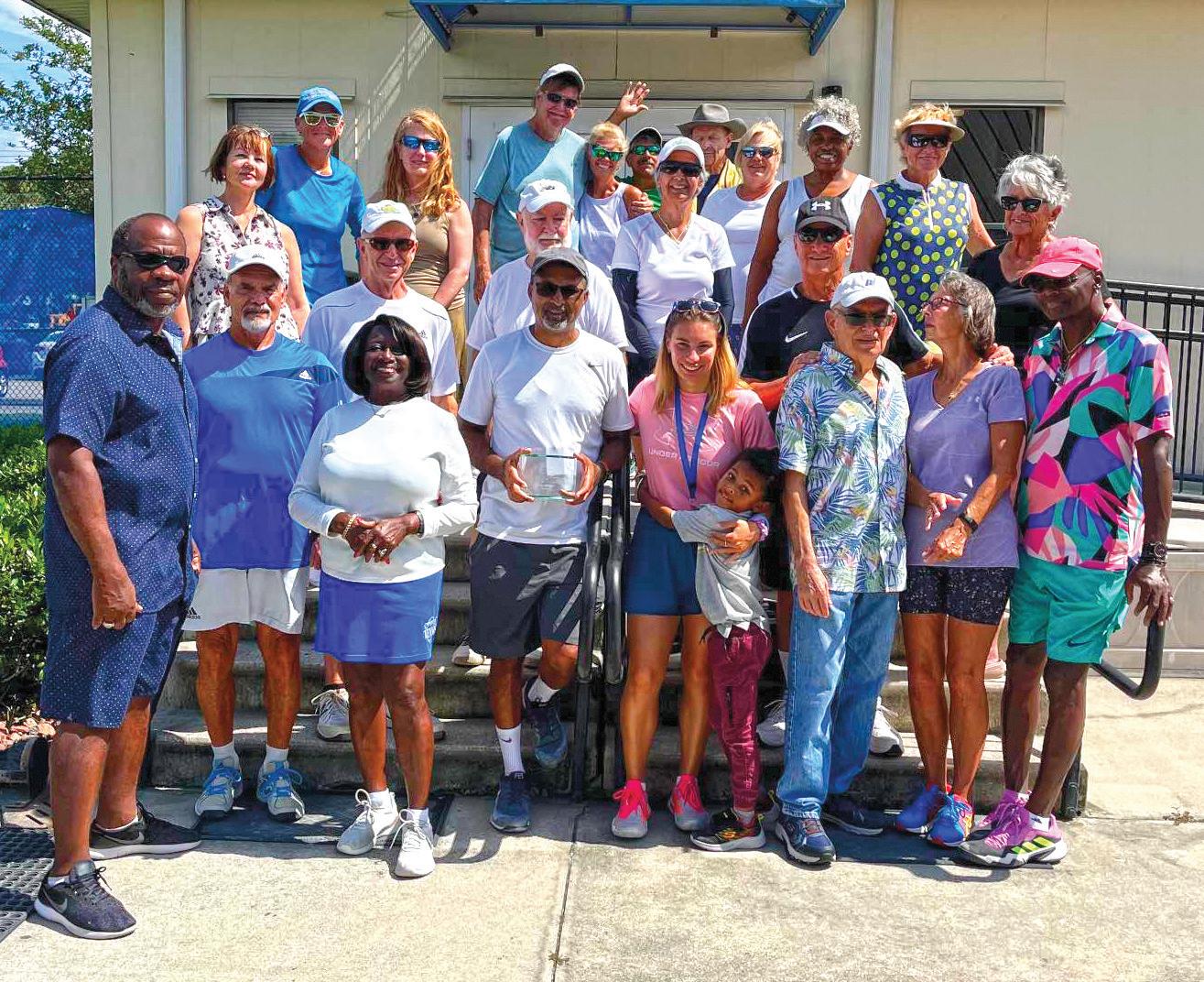
When it comes to tennis in Miami-Dade County, Kara Borromeo has been one of the best in organizing, leading, and teaching tennis to junior players. She has been a mentor for over 10 years, leading numerous Junior Team Tennis squads, and helping many players expand their skillset in tennis.
“She inspires people daily,” a student’s parent said. “Kara is not only a coach, but a mentor and friend to many, in what she considers her ‘Chihuahuaz Family’.”
Kara is extremely active in her community and loves to spend her free time volunteering at local tennis events. Her impact on her players also has driven many to get involved with the sport beyond playing, such as volunteering with various organizations.
Photo Credit: AJ BorromeoLiving out a mission to fulfill the needs of the community is no easy task, but Coach Alex Bogdanovic makes sure that everyone has a chance to experience the joy of tennis. In the last two years, he has seen his programs triple in size.
On top of that, he started the “Courts for a Cause” Charity, which is helping give back to families in the community who have children that are seriously ill. Coach Alex recently hosted a tennis and pickleball tournament, where all proceeds went toward the charity.

“Coach Alex has a great passion for coaching and is thankful for the ability to give back to the sport of tennis that he loves,” said former USTA Florida Foundation Board Director, Sara Hewitt.
Five years ago, Brock Sakey partnered with Pat Bateman to take over the Roger Scott Tennis Center and that has brought new life to tennis in the Pensacola community. Sakey has taken many different play opportunities like Special Olympics, Love Serving Autism, USTA Tournaments, and more, and introduced those to the Roger Scott Tennis Center.
He goes above and beyond for all the players that step foot onto the Escambia County facility. Sakey recently secured funding from the city of Pensacola to rebuild 12 of the 18 hard courts at the tennis center.
“Brock leads by example and people love to work with and for him,” a peer said. “He has become a true pillar of society, he advocates for all players and makes sure everyone has a place in the tennis community.”
This award recognizes a tennis player who has overcome a physical impairment or injury. Tournament players, league players, recreational players, adaptive players, and wheelchair players (junior and adult) are included. The player competes to the best of his/her ability and exhibits strong character and sportsmanship.


Tennis is a lifelong sport and for John Ambersley, who has been playing for over a decade, he didn’t want to give up the game where things took an unfortunate turn in 2022. John broke his kneecap in August of that year and had to undergo two surgeries to repair it. This left him in a cast for six weeks, followed by a full leg brace.
The road to recovery wasn’t going to be easy, but without batting an eye, John got to work. He worked his tail off at physical therapy, where he had to learn how to walk again. “John truly enjoys life and has persevered where many would have given up,” USTA Florida Board member, Rita Dotson.
John is also a competitor in the Special Olympics, placing on the podium in the Skills Competition for 2022 and 2023. He is a true warrior and inspires everyone around him to push themselves to their limits.
If you missed out on this award cycle, don’t worry. The Summer/ Fall Award period opens on July 1 and you can nominate someone. Check at ustaflorida.com/awards when the nomination period opens for more details.
In the May-June issue of Florida Tennis, legendary coach Rick Macci began succinct analyses of the games of several leading pros through in depth interviews with Florida Tennis editor Jim Martz. Macci continues in this issue with American male players Taylor Fritz, Frances Tiafoe, Tommy Paul and Reilly Opelka.

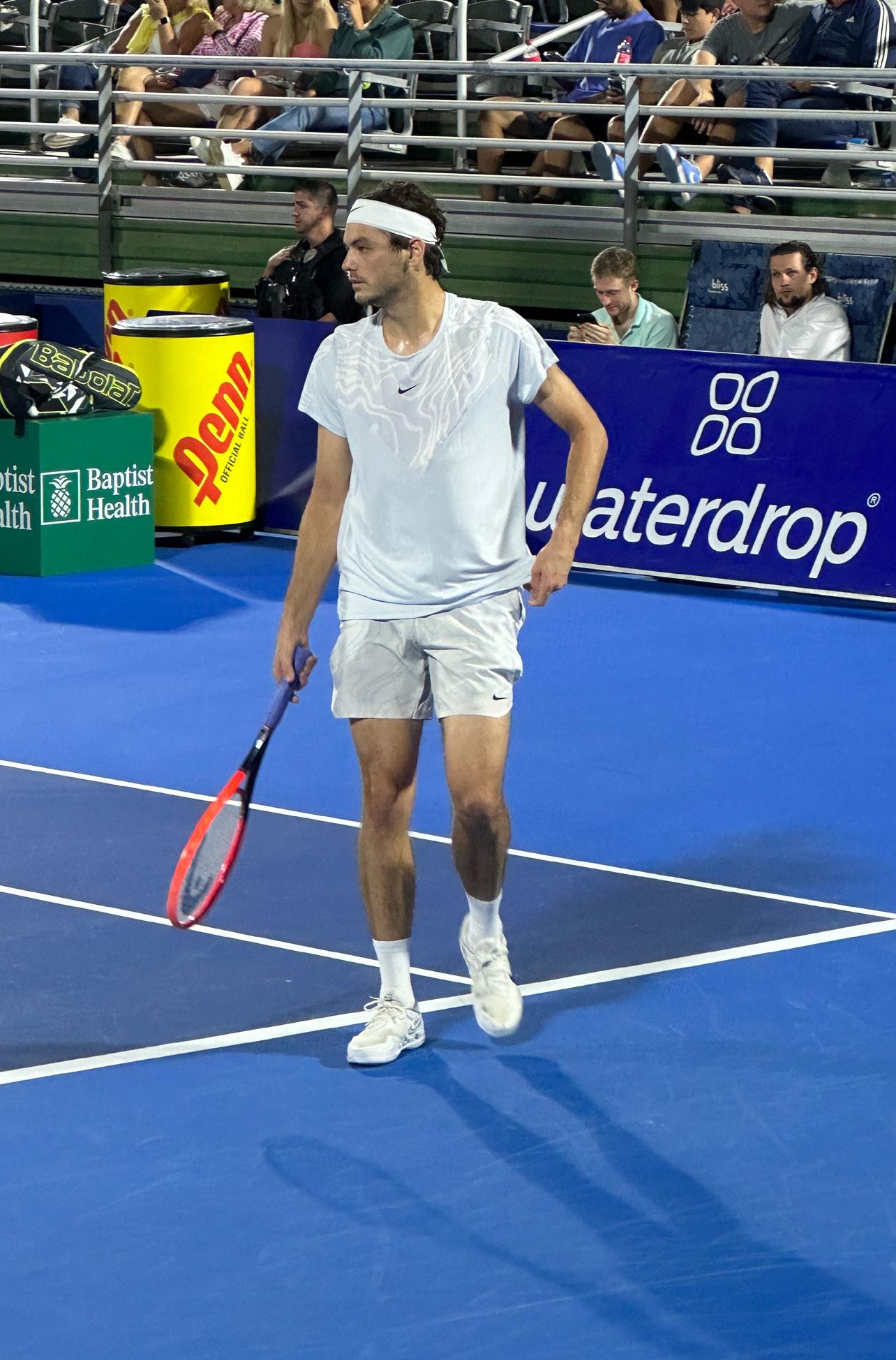
Back in the day when a lot of these American guys were 12, 13, 14 years old, I’d go to the USTA Player Development here in Boca Raton and I could consult it. Patrick McEnroe (director) wanted me to get involved and help all of the guys and girls. Taylor and Frances and Reilly and Paul, all these guys were that age. And to see Taylor’s progression. I’m very impressed with his game.
He’s not going to beat himself. He’s technically sound off the forehand, he’s technically sound off the backhand, his serve is rock solid. You know, his movement, Jim, has improved a lot. At first on the tour it took him awhile to figure out the geometry on the court, and he would overplay,
I’m very impressed because he’s not going anywhere. He’s a permanent fixture in the top 10. Federer is gone. Nadal, who knows what’s going to happen there? And Murray’s kind of out the door. I think the Joker is not going anywhere for awhile.
When these American guys now enter a Grand Slam and these guys have won all these titles, now they’re saying: Why not me? Maybe I’m not going to have a tough match till the quarters. Before it could have been the 32s or 16s.
I love Taylor’s game. No doubt he will grab a couple of Grand Slams.
Photo: Delray Beach Open Rick Macci AnalysisFirst off, I love Foe.
Fee, Fei, Foe, he’s my Bro.
He comes here to the park (South County Regional Park in Boca Raton) now and then. I spent some time with him when I went to the red carpet for the movie King Richard. Just a great human being. Now on top of that everybody’s getting to see what a great athlete this guy is.
He’s a performer, you know. And when you’re a performer you handle pressure better. And I’m glad that now people are getting to see this.
He’s always had that little shake on the forehand. It has not really hurt him. That can create more racquet speed, so that’s OK. His backhand is rock solid.
I’d like to see more knee bend and shoulder turn on the serve. I think his serve can be even better. But he’s an artist. He loves the drop shot, he can volley, has foot speed. He’s one of the best athletes in the world that holds a tennis racquet.
A top 10 permanent fixture. He’s definitely going to grab a few Grand Slams along with Tommy Paul, along with Fritz he’s one of the next great Americans. And if he can just really understand his game every single time, he’s going to be in that top 10 a long, long time. I love Frances Tiafoe.
 Photo: @ArtSeitz
Photo: @ArtSeitz
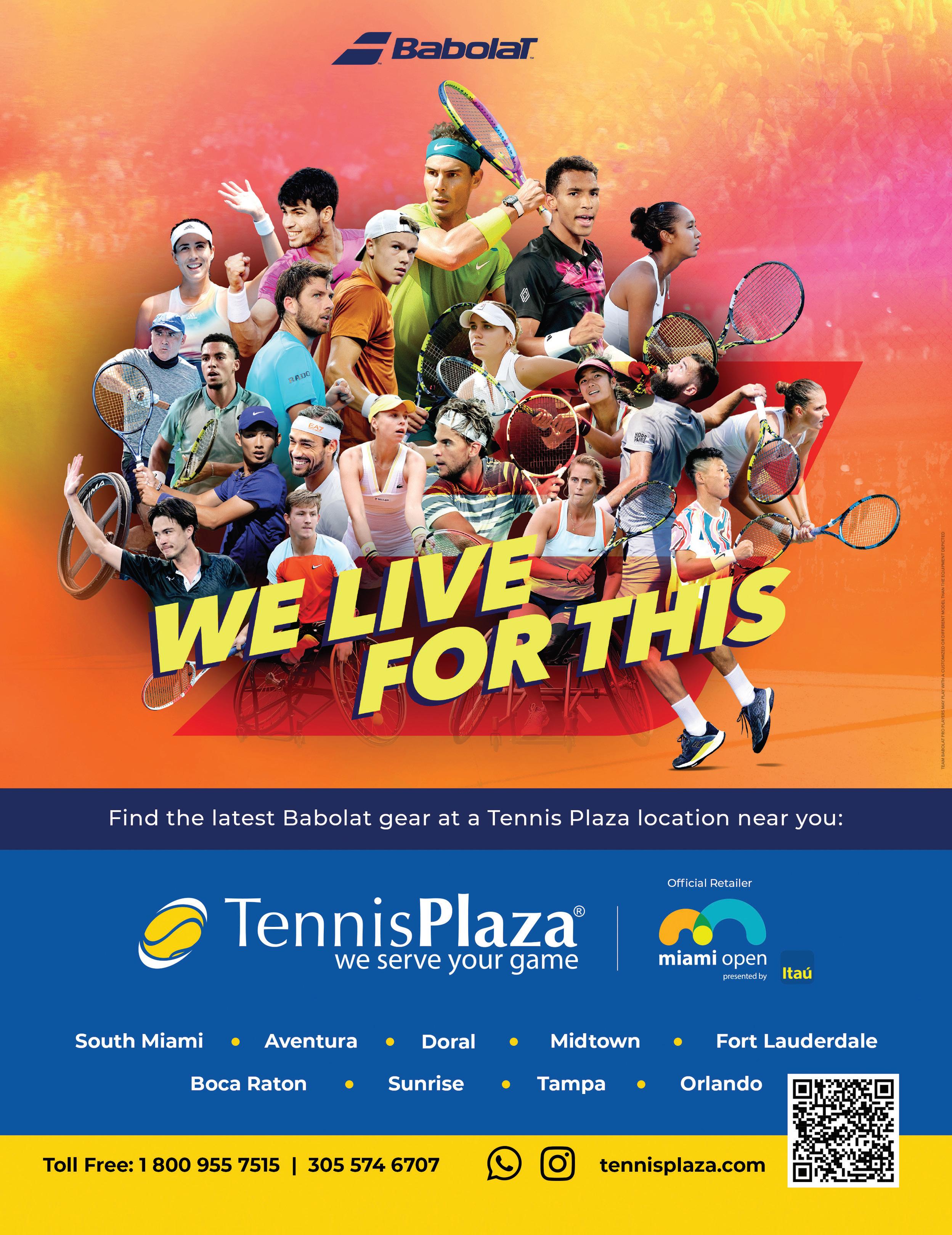
I remember Tommy back when he was 14, back at the USTA Player Development. The guy was a human backboard. Back then he really didn’t break an egg, but he was steady as a rock. And then as he grew, he got bigger, stronger, faster.
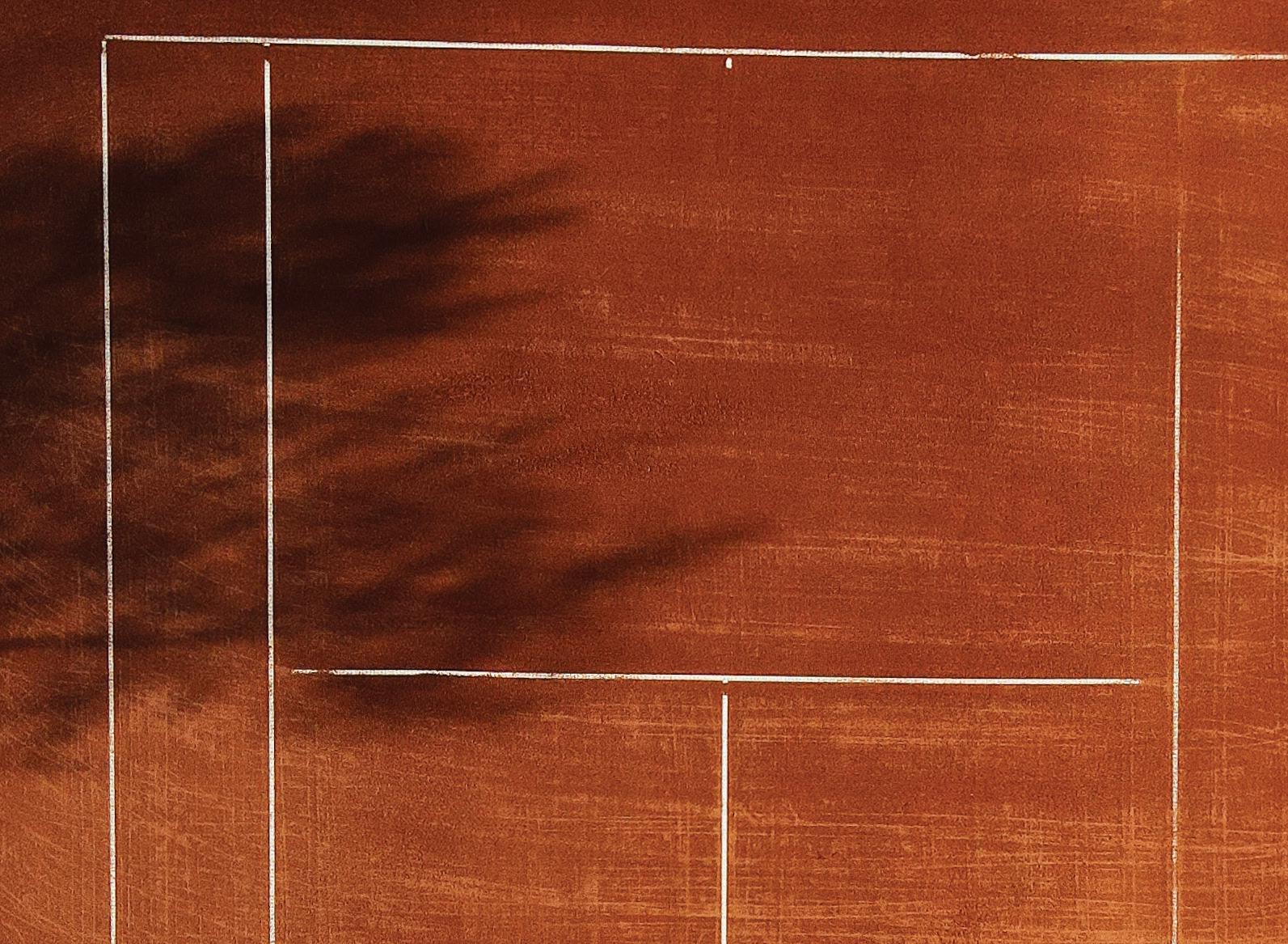
His backhand was always technically very sound, his forehand was maybe a little dodgy at times, but that’s solidified. He can hit spots on his serve. He is, once again, like Frances, he’s one of the best athletes in the world. And when you can move like that, you’ve got a chance against anybody. Speed is money.
If you’re there you can deliver the goods. If you’re not there, you might have to chip it or lob,
where maybe he can produce quality off his groundstrokes. I love his game. He’s going to be top 10 for a long, long time. He can win a couple Grand Slams.

I’d like to see a little more mustard on the first serve. I think he should come in a little bit more, but he’s one of the next great Americans, along with Frances, along with Korda, along with Tiafoe. These guys all are going to be top 10 and they’re not going anywhere.
You know, there’s a changing of the guard.
I really like Tommy’s game. And I love, more importantly, he is not afraid and he knows he belongs. When you know you belong, you expect to win, not hope to win. I love Tommy Paul.
Photo: si.robi (CC BY-SA 2.0)
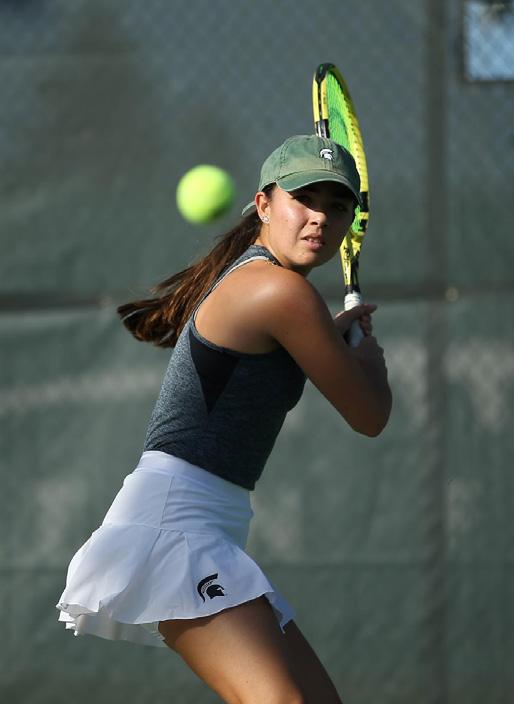

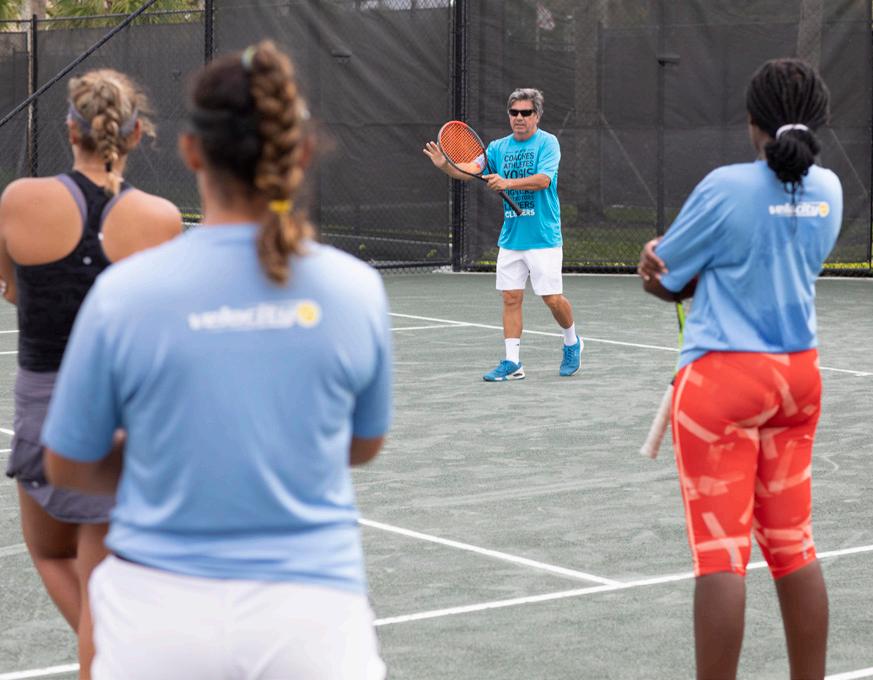
First off, one of my all-time favorites. Sometimes when we have special outings here for the kids at the park, what a great human being. A lot of gratitude. He’ll show up, sign autographs, take pictures, for free.
And I think tennis is a microcosm of life. Just a great person to do things like that and inspire youth.
But since this is Florida Tennis and we’re talking about tennis -- one of the best serves in the history of tennis. I can remember working with him a little bit back in the day when he was 12, 13, 14. I said you’ll have one of the best serves in men’s tennis some day, you’re probably going to be 6-foot-6. I was wrong, he’s 7-feet tall!
But listen, you’ve still got to hit it in. Biomechanically, the way he uses the ground where the racquet is on the hitting side just like Roddick his serve is put together amazing. With that fast serve he’s a contender, not a pretender, in every match.
The problem is, he still has to figure out how he’s going to play. I wish he’d come in more. I wish he’d take second serves and come in more. It’s easy to Monday morning quarterback, but for a guy 7-feet tall he has great groundstrokes.
Believe it or not, he moves really well for 7-feet tall. He’s going to be top 10.
He’s been injured. He’ll get back in the mix. With a serve like that you’re a threat to beat anybody, anytime, anywhere, because it’s hard to be broken.
The problem is, people know if they hang in with you, you’re playing tiebreakers against guys 50, 60, 70 in the world.
But I love Reilly’s game. When he gets off his injury and comes back he’s going to be there with all the other Americans.
It’s looking great for American tennis. They’re contenders, not pretenders. And they expect to win tournaments. They know, Jim, they can win Grand Slams. That’s a big difference than knowing I hope to get to the round of 16. I don’t have to play Federer or Nadal or Joker or Rafa. You’re not going to beat those guys with that experience.
Reilly’s not going anywhere. When he gets back on track, don’t count out the gentle giant, because he has one of the best serves on planet Earth and he’s on his way back.
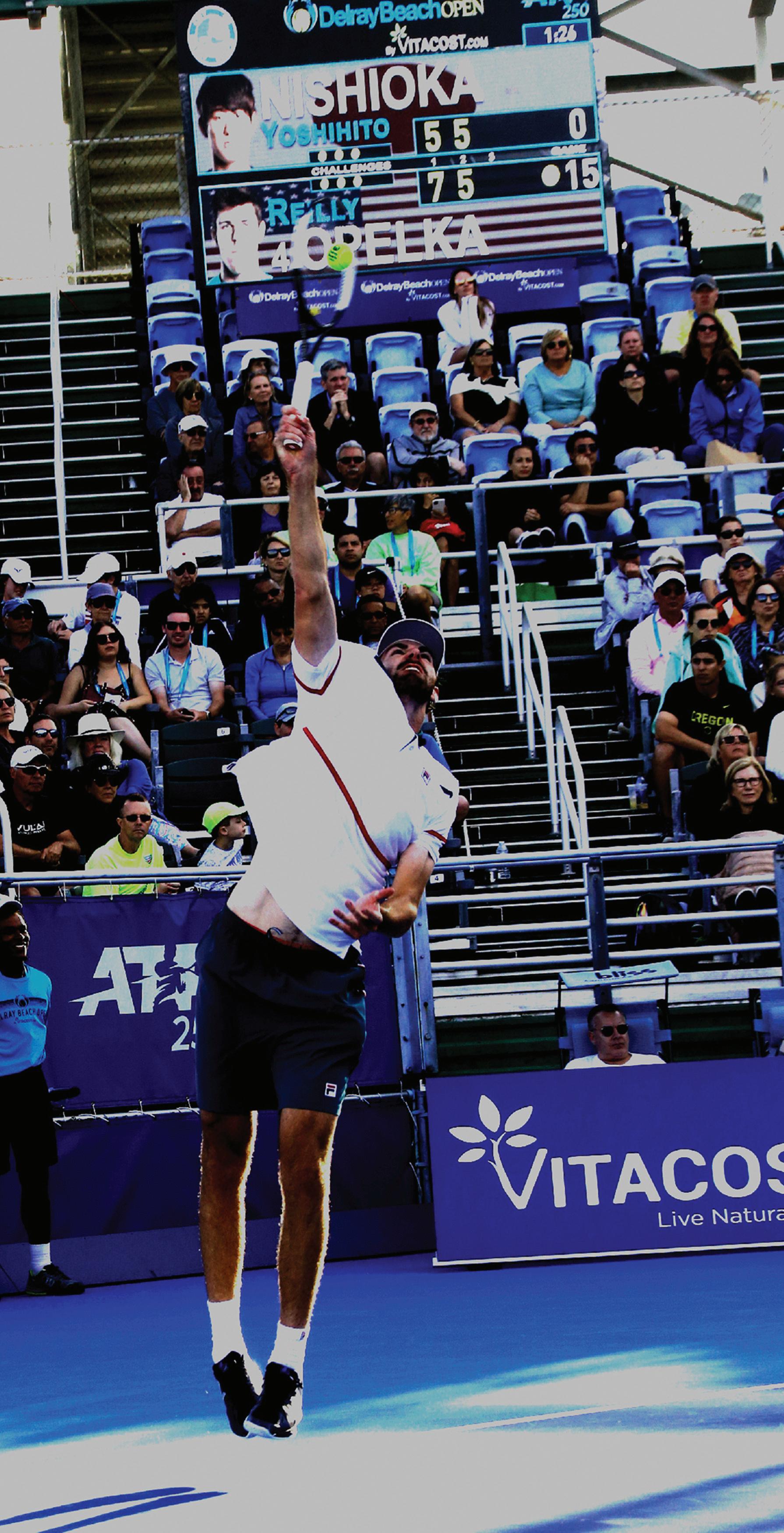 Rick Macci Analysis
Rick Macci Analysis


The truth is that a great majority of high school student-athletes are focused on getting athletic scholarship offers. Many of them shoot for an entire ride or close to a full ride, so they embark on this incredibly challenging journey competing with hundreds of other prospects in the USA and outside the border, which now also includes those on the Transfer Portal.
One thing that many of these student-athletes are not aware of is that in response to the COVID-19 pandemic, the NCAA Division I Council recently made some changes to its scholarship regulations, specifically regarding need-based aid and academic scholarships being awarded to student-athletes. Effective August 1, 2020, teams in equivalency sports* will no longer have any athletes’ need-based aid and academic scholarships count against the maximum athletic scholarship limit. Prior to this update, athletes had to meet certain academic criteria for their additional aid not to be counted against a team’s athletic scholarship limit.
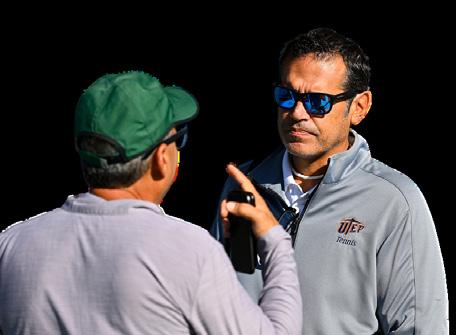
Essentially, it means that they will no longer be limited in how much need-based aid and academic scholarships they can stack on top of their athletic scholarship. With school and family budgets being impacted by the coronavirus, this rule change should allow sports programs that have available funds to extend more money to families and athletes—especially at colleges with higher tuition costs.

The previous rules regarding need-based aid and academic scholarships made it difficult for athletes to receive additional financial aid without it counting against their team’s athletic scholarship limit. However, with the new regulations, teams can provide more assistance to student-athletes who need it most, without fear of exceeding scholarship limits.

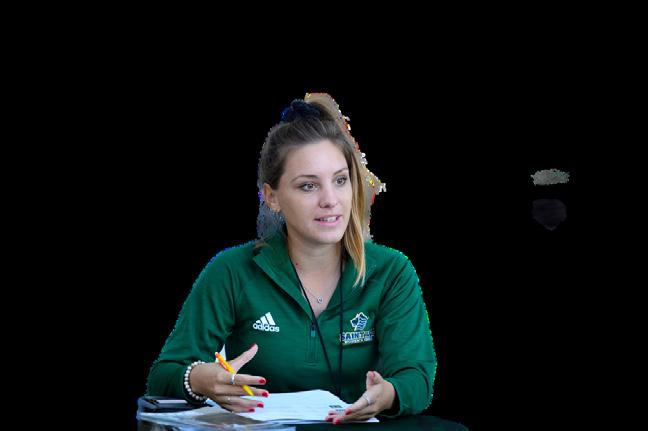


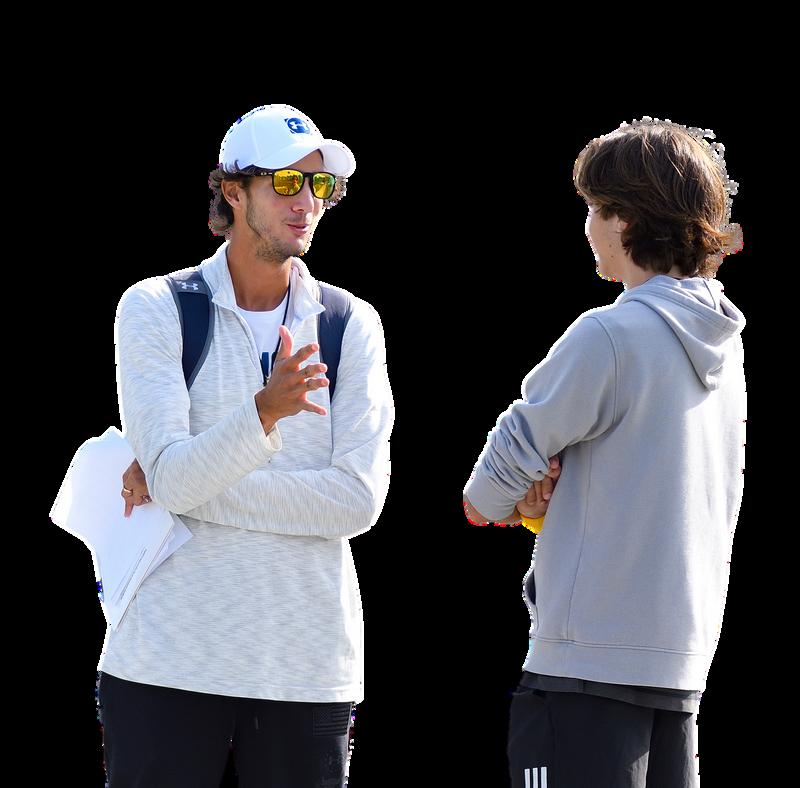

The change also highlights the importance of academic performance for student-athletes. Even when athletic scholarship funds are not available, potential recruits with strong grades and test scores can still secure more scholarship funds and aid. This makes it more important than ever for student-athletes to prioritize their academics, as it can have a direct impact on the amount of financial aid they receive.
Overall, the NCAA Division I Council’s decision to loosen regulations surrounding need-based aid and academic scholarships is a positive step for student-athletes during uncertain times. It provides them with greater financial flexibility and support and allows programs to extend more assistance to those who need it most.

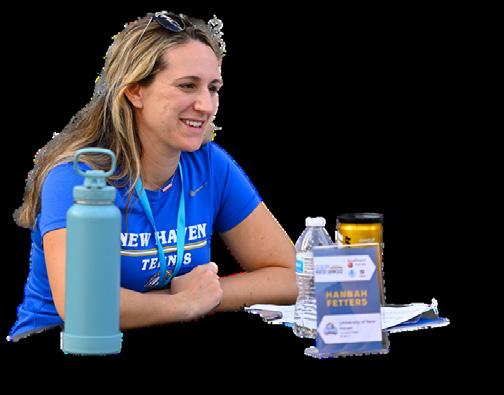
A student-athlete who receives a 50% athletic scholarship and receives the other 50% of the college costs in the academic scholarship of financial aid ends up on a Full Ride.
*An equivalency college sport is a sport in which scholarships can be divided among multiple athletes. So offers will be made as a percentage of the total college cost. Some of these sports are baseball, swimming, softball, track & field, and men’s tennis. This is in contrast to headcount sports, where each scholarship can only be awarded to one athlete as a full scholarship. Examples are football, basketball, women’s volleyball, women’s gymnastics, and women’s tennis.
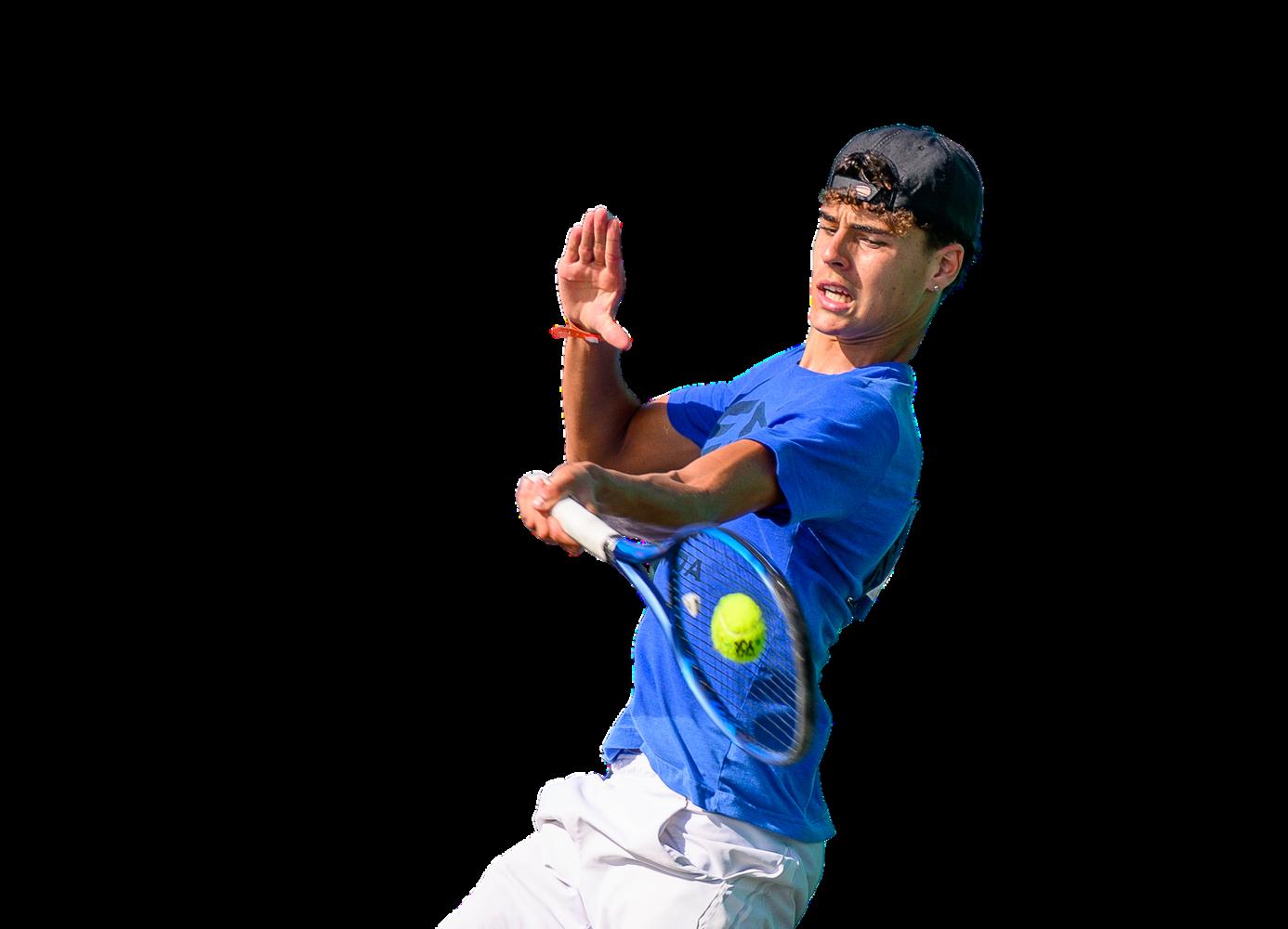


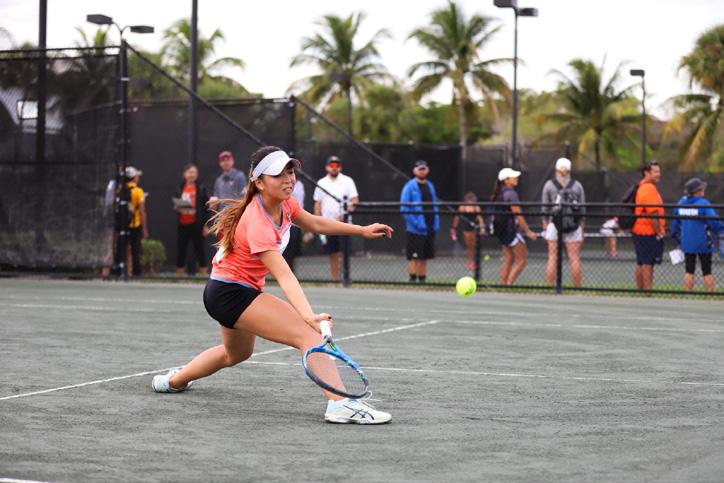

Is it just me, or does it disturb anyone else when you see high-level players plant themselves several feet behind the baseline and continue to play balls from there, even though numerous balls land several feet inside the baseline ranging all the way to the service line? To me, these are wasted opportunities, and it drives me up the wall!
We train players to hit the ball deep because it puts more pressure on their opponents, reduces their angles, and makes it more difficult for them to attack. When the balls land short, it is a mistake. No one is trying to master the skill of hitting the ball on the service line. I hope.
If we don’t take advantage of our opponent’s mistakes, then there are no repercussions for them when they make those mistakes. By moving in and taking those
balls sooner, we can become more directionally aggressive, our shots will carry more weight, and we will take away the valuable commodity of time from our opponents.

Taking time away from our opponents is often at the heart of achieving competitive success. I am not necessarily talking about coming to the net behind all these balls but merely increasing the pressure and making our opponent’s lives more difficult. We also are sending them an important message that anything less than a very deep ball will spell trouble for them.
So, why is this such a widespread problem? My answer is that coaches have allowed this to happen. In many cases, coaches have actually cultivated it, but players are also responsible for this being the norm.
How many times do we see players just go out and hit and perpetuate this pattern? They are not competing, so they are just out there banging balls and staying behind the baseline because it is the easy non-competitive thing to do.
It becomes habit, and it becomes culture. Is it fun to do this? Heck yeah! Is it making us more competitive tennis players? Not really.
When we as coaches allow our players to go out and practice in this way, we are creating a generation of players who are not developing the necessary instinct and skills to take advantage of their opponent’s short balls. These are qualities that must be practiced often and over a long period of time to become second nature. By allowing this to continue, we are doing an incredible disservice not only to our players but also to the game itself.
We can change this pattern by simply training our players to always move forward to take the ball inside the court when the opportunity presents itself. If they are just hitting in a non-competitive way, they don’t need to be directionally aggressive
and go for winners but can use depth and power to pressure the opponent. In this way they are still developing the skills and instincts necessary to make this natural and organic. They are also allowing each other to experience the repercussions of hitting the ball short. When they continuously do not experience this, it creates the illusion of competence. It’s not real. When they inevitably come up against a player who can take advantage of their short balls, they are in for a rude awakening.
I believe this has gone on long enough. Let’s start training our players to move in and take the ball early at every opportunity, develop the skills necessary to do so, and change the future of tennis in the process.
 Howard Chodak is a USPTA Master Professional with over 43 years of teaching experience. He is the author of the Seven Deadly Sins of Doubles, a primer on recreational doubles play, and the creator of the Perfect Practice video learning system. He can be reached at racquetdance@aol.com
Howard Chodak is a USPTA Master Professional with over 43 years of teaching experience. He is the author of the Seven Deadly Sins of Doubles, a primer on recreational doubles play, and the creator of the Perfect Practice video learning system. He can be reached at racquetdance@aol.com
With his distinguished good looks, stately voice, and gifted athleticism, John Lloyd earned the acknowledgment of “poster boy of British tennis”. Why? Lloyd was the number one singles player in England. He reached a career high of number 21 on the ATP tour. This charismatic Brit was a singles Grand Slam finalist at the Australian Open in December 1977 losing in five sets to the flashy, ever-entertaining American, the number three player in the world Vitas Gerulaitus. The Lloyd-Gerulaitus final established Lloyd as the first British male tennis player in the Open era to reach a Slam singles final. Lloyd, now a Palm Beach, Florida, resident, confirmed himself also as a considerably proficient doubles player, winning two Wimbledon and one Australian Open Mixed doubles titles with Australian Wendy Turnbull, conqueror of nine Slam doubles titles.
Lloyd was an 11-year member of the British Davis Cup team and went on to captain the squad for the 2006 Davis Cup Finals, losing to the United States.

Strong Wimbledon Brit family pride was proven within the Lloyd family. Dennis Lloyd, father of the family, knew how to get a good ball bounce on grass and lead the in-house team to numerous notable accomplishments. John and his two brothers, Davis Cup Captain David Lloyd, who achieved global notoriety as founder of his fitness leisure clubs, and youngest brother Tony Lloyd, who also represented the Lloyd family in United Kingdom Davis Cup play, kept the ball in play within the lines of success. They were household celebrities in the Essex, England, towns. All three of the Lloyd brothers, in the same year, played in the singles draw in the Wimbledon Championships at the All-England Club. Chances are this will never happen again!
Middle Lloyd brother John has provided tennis enthusiasts across the biosphere with his informative entertaining tennis broadcasts on HBO, BBC and Sky Sports.
The first time that I met John Lloyd was at the 1996 Nuveen Masters in Naples, Florida, which included John McEnroe, Bjorn Borg, Jimmy Connors, and Andres Gomez. Eager to display his skill with this Slam champions alumni, Lloyd, like other champions, decided to do the interview first and get it out of the way. So, there we were. John and I were sitting down for a post-match Fox Sports Sunshine Network interview. It was a relaxed conversation going into its 13th minute. Suddenly Lloyd started to lean forward and said, “thanks, this was fun.” I respond-
ed “no rush, our audience will enjoy this time with you. We can go longer”. The English gentleman then whispered “I think that someone behind us is ready.” It was McEnroe. Lloyd knew that when Johnny Mac arrives, it is his time to start.
Now this kid from Essex who started his tennis career hitting balls against the wall, is sharing his autobiography with captivating insightful stories in his new book “Dear John”. This hardcover is dedicated to his kids Aiden and Hayley, and the foreword is by Borg. The story evolves as
Lloyd writes guidance and advice letters to his former self in a “if I only knew then what I know now” manner. The book reveals life with John’s parents and growing up with his family, his marriage to tennis legend Chris Evert, his personal battle with cancer, drug addiction, broadcasting greats, being a father and much more.
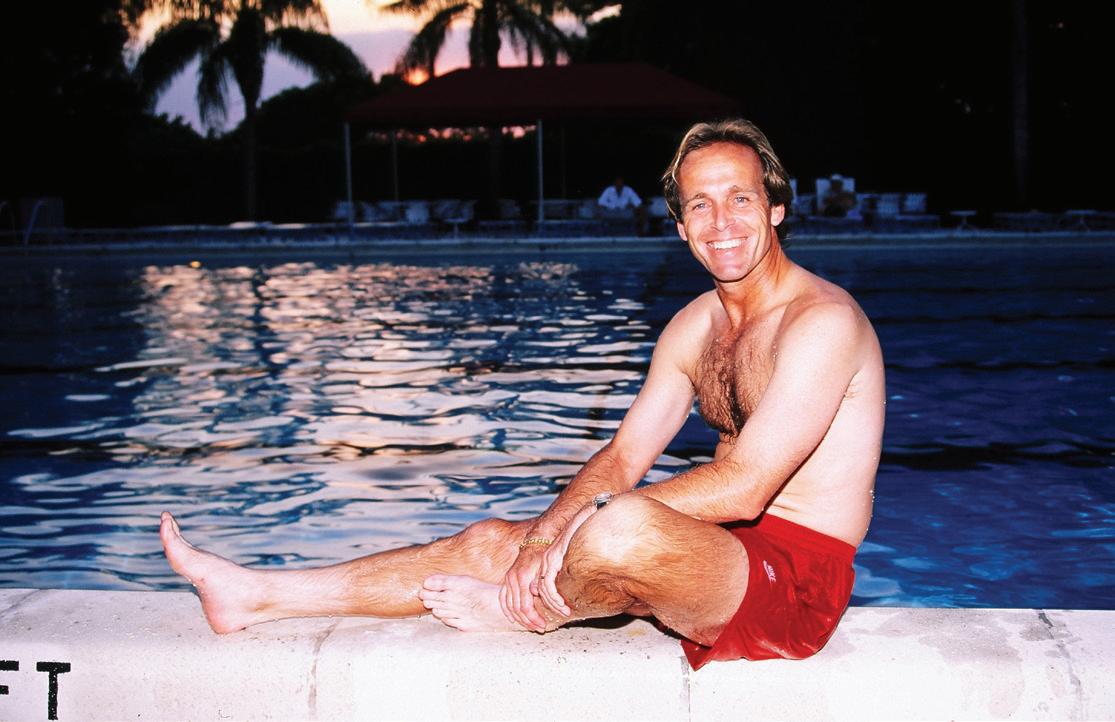
Koz: John, you got yourself inside the top-four on the Senior Tour. Your game become strong later in your career?
Lloyd: I think that coaching made a difference. You know more. You start to examine your technique. On the Nuveen Tour, my forehand was stronger. My strategy was better.
Koz: Your family was strongly into competitive tennis. What was it like at the dinner table? Who talked the most?
Lloyd: Well, we did talk tennis. My dad, who just loved the game, along with my older brother David, an established player, helped me a great deal. It was low pressure. We all just loved doing it together.
Koz: Three brothers in the main draw the same year at Wimbledon. What was that like for your family and country?
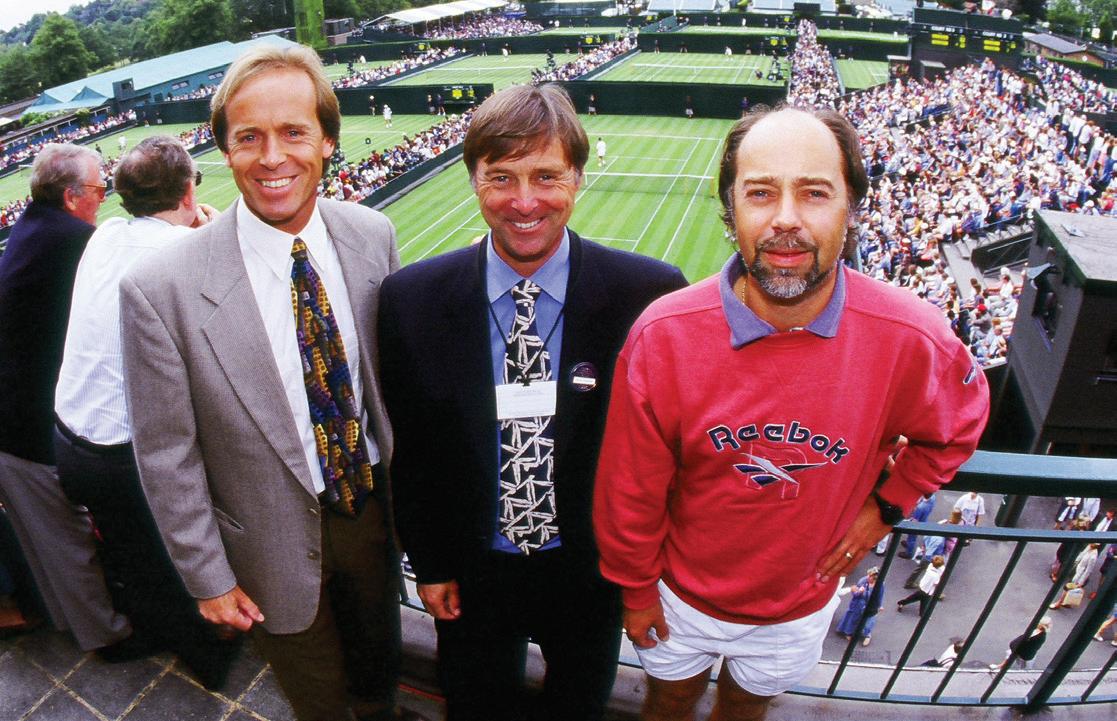
Lloyd: Great for everyone! The best moment for us brothers was seeing our parents’ faces, knowing all the sacrifices that they made for us, including our sister.
Koz: What was it like to win Slam mixed doubles with Wendy Turnbull?
Lloyd: I must tell you, Koz, she really taught me much about doubles. It was actually Chris who suggested the exceptionally good idea. It helped me get those titles. I still see Wendy in Boca. We visit and play some.
Koz: John, you just mentioned Chris. You were a husband and coach to the legendary Chris Evert Lloyd.
Lloyd: Chris was a great champion. She is a superior breed competitor. As I was coaching her, I was learning how a champion thinks. Her belief and the desire were incredible.
Koz: Your dad and your family inspired you. Looking back, what players were models for you?
Lloyd: I have always admired the Australians. I loved Laver, Hoad, Rosewall, Newcombe, Stolle and the Down Under boys. Their attitude, hunger, and enjoyment were positive. Loved to watch them on grass with wooden rac-
quets and classic strokes. When I was 11, I got to hit with them and Margret Court.
Koz: Well, let’s talk role models in broadcasting. Who inspired you?
Lloyd: My first job was with HBO. I was taking the place of the late great Arthur Ashe. He was a personal hero for me. I was incredibly sad how this opportunity became available. I learned a lot from Jim Lampley, a very established boxing broadcaster. He was so comfortable and natural on air. At BBC, I learned from two of the best, the late great Dan Mascal with some of the greatest catch flashes and his economical words. His advice was to learn from your audience and not talk above its knowledge. I also collaborated with John Barrett. He was so meticulous in his preparation. When McEnroe came into the BCC broadcast booth, I saw how the tennis broadcast was taken to another level. He brought it all together.
Koz: Terrific innovative title for your book “Dear John”. How did you come up with that?
Lloyd: My first idea for the title was to call it “Lucky Lloyd” because I have been extremely fortunate in life, but my co-writer Phil Jones, with his CNN background, came up with the “Dear John” idea. It seemed to work. Writing was fun for me. There were some difficult chapters for me to write. We really tried to make it fun reading and we did.
Koz: What was the toughest chapter to write?
Lloyd: When I told my son Aiden that I was going to author a book, he asked if I was going to include him? I told him no. Immediately he said to me “dad I want the book to include me to share how we worked together to conquer my addiction with drugs, which I acquired when I was in college.” I am immensely proud of Aiden, who was able to overcome the addiction and has been 14 years clean now. It showed great strength. He came through amazingly. We are so proud of him.
Koz: Congratulations on your nomination of the top five sports books in the Sunday Times. John, how can our readers get the book?
Lloyd: The “Dear John” book is available on Amazon. Koz, thanks for all you that you do.
The Lloyd/Koz relationship has been terrific. It has been great fun witnessing John Lloyd contributing to and growing the game.
The primary platform for Florida Tennis news coverage is the 31-year old print publication you’re reading right now. But we’re growing. Our magazine is also expanding its coverage to provide you with more timely updates, product reviews, and news via our website and social media channels. So be sure to friend us on Facebook and follow us on Instagram. And visit our website for weekly news on our blog.
floridatennis.com
facebook.com/floridatennismagazine
instagram.com/fltennis
 Photo: Gaspar Zaldo / Unsplash
Photo: Gaspar Zaldo / Unsplash
The American Tennis Association (ATA), the oldest African-American sports organization in the United States, will hold its 105th National Championship July 25-30 at the USTA National Campus in Orlando.
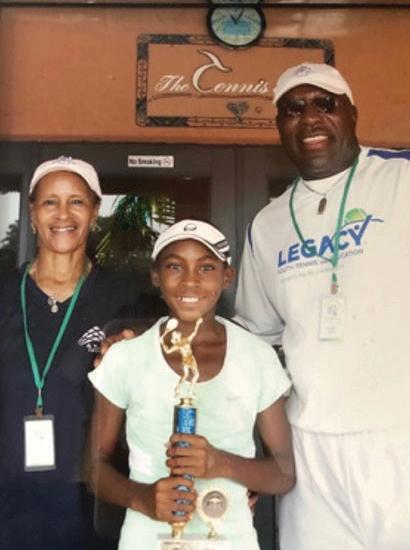
The tournament will bring together some of the finest tennis players from across the nation to compete for the ultimate honor in African-American tennis.
With a legacy spanning over a century, the ATA National Championship has become a symbol of excellence and unity within the African-American tennis community. This event not only serves as a platform for athletes to showcase their abilities but also as an opportunity for camaraderie, cultural exchange, and community building. It is a celebration of the rich heritage and ongoing contributions of African-Americans to the sport of tennis.
“We are thrilled to host the 105th ATA National Championship at the esteemed USTA National Campus in Orlando,” said Roxanne Aaron, President of the American Tennis Association. “This championship represents a significant milestone for our organization and showcases the immense talent within our community. We invite all tennis enthusiasts to join us in celebrating the achievements of these exceptional athletes and witness the exhilarating matches that will unfold during the tournament.”
The tournament will also provide an opportunity to foster youth engagement and inspire the next generation of tennis players. As part of the tournament, various youth initiatives and programs will be organized to encourage and promote tennis participation among young individuals, creating a lasting impact on the future of the sport.
For more information about the 105th ATA National Championship, including tournament schedules, tickets, the Sneaker Gala, and additional details, please visit the official ATA website at www.yourata.org
The ATA will host its 2nd ACE Awards and Sneaker Gala on Sunday, July 23. The event aims to raise funds to support the ATA Junior Development Program. This year, the ACE Awards will honor Corey Gauff, father of CoCo Gauff, with the 2023 ACE Award; MaliVal Washington, former ATA and USTA professional player, with the 2023 Althea Gibson Trailblazer Award; Arthur Carrington, Jr., former ATA player and current ATA Historian, with the 2023 Lucy Diggs Slowe Lifetime Achievement Award; George Henry, former ATA player and coach, with the 2023 Robert Whirlwind Johnson Empowerment Award; Marisa Grimes, USTA Chief Diversity, Equity & Inclusion Officer, with the 2023 Leadership in Tennis Award; Dr. Frank Scott, Past President of the ATA, with the 2023 President’s Distinguished Service Recognition Award; and USTA Florida Executive Director Laura Bowen with the 2023 President’s Partnership Recognition Award.
The MaliVai Washington Youth Foundation held a ceremony where over $100,000 in scholarships were awarded to their students to support higher education. The funds were donated by Jacksonville community members who support the foundation’s mission to build champions in the classrooms, on tennis courts and in communities.



The ceremony was held to recognize and celebrate the achievements of students who have demonstrated outstanding academic performance and exceptional dedication to improving their futures. During the event, the Foundation awarded over 70 scholarships to deserving students who have excelled both academically and athletically. Some of these scholarships were supported from THE PLAYERS Championship, The Jaguars Foundation, Zoe Gaudet Fund and many other dedicated community members.
skills that will serve them well throughout their lives. MaliVai Washington, the foundation’s founder and a former professional tennis player, believes that education and athletics are the keys to success.
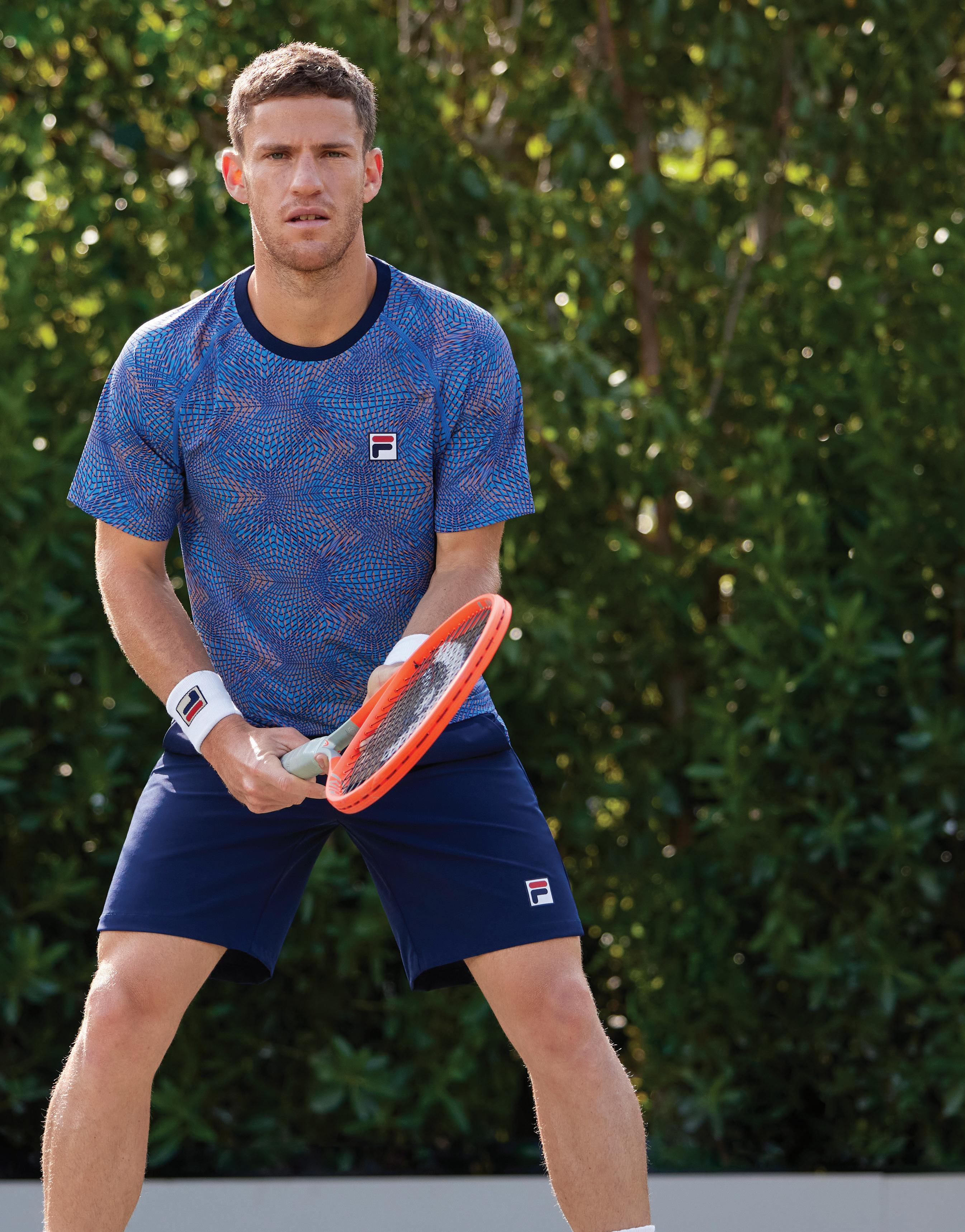
“We’re thrilled to be able to recognize and support these exceptional students,” said Washington, “These scholarships will help them continue to pursue their academic and life goals, and we can’t wait to see all the amazing things they will achieve in the future.”
The MaliVai Washington Youth Foundation is committed to providing opportunities for underprivileged children in Jacksonville to excel both on and off the court. Through their academic and tennis programs, the foundation aims to help young people build self-confidence, discipline, and leadership
The scholarship recipients were selected based on their academic performance, commitment to their tennis training, and community involvement. The Foundation’s staff, along with community leaders and volunteers, helped to review the applications and make the final selections.
The MaliVai Washington Youth Foundation has been providing academic and tennis programs to Jacksonville youth for over 25 years. The Foundation’s mission is to inspire young people to achieve their full potential by providing them with the resources and support they need to succeed. With the help of dedicated staff, volunteers, and community partners, the Foundation continues to make a positive impact on the lives of Jacksonville’s youth.
MaliVai Washington (right) with winners Caleb Owens won Student-Athlete of the Year Tre Bridgeman celebrates winning a scholarship
Oftentimes, tennis players have difficulty recovering after a grueling match. Sure, popping pills and applying ointments can help. But that’s just the basics. What do the most elite pros use to recover faster?
Taylor Fritz, Tommy Paul, and Reilly Opelka have all been seen at a Florida-based cryotherapy facility, BocaCryo, to soothe post-match soreness. On the women’s side, Jessica Pegula, Leylah Fernandez, Ons Jabeur, and tennis legend Martina Navratilova have also taken advantage of BocaCryo to experience the many benefits of cryotherapy.

BocaCryo was started by Ian Pyka and his wife, Natasha, to help their clients with athletic recovery and wellness. They have been in business since 2018 and are located near Florida Atlantic University on 1200 Yamato Rd. in Boca Raton.
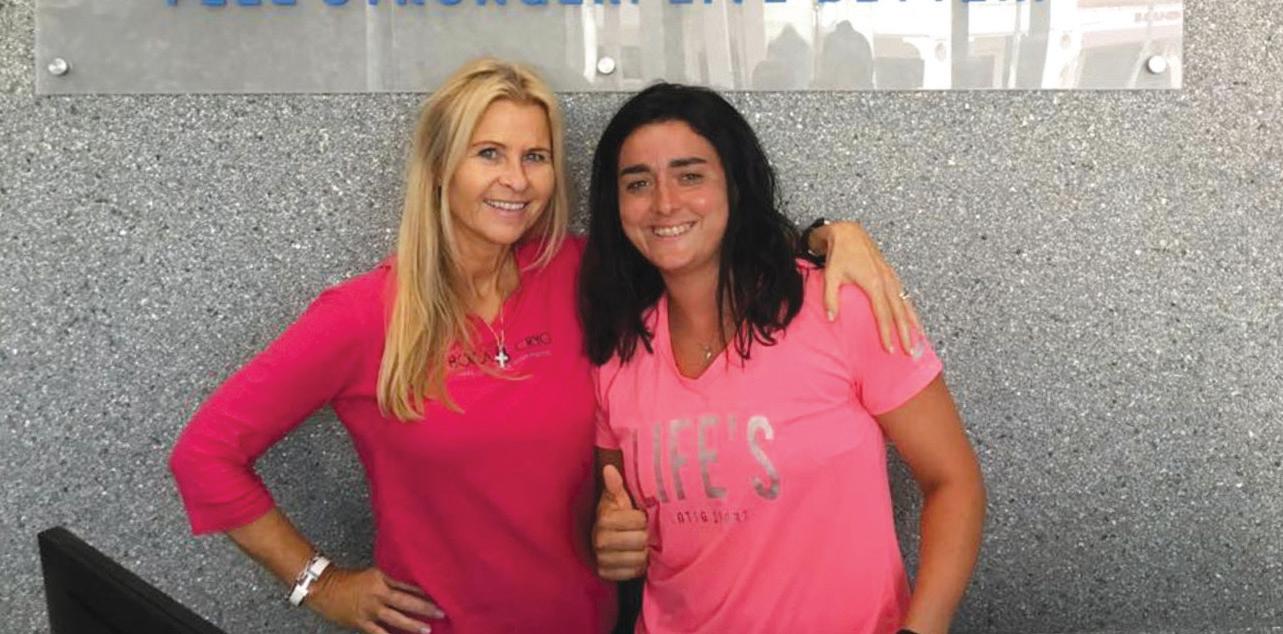
Ian Pyka was a two-sport collegiate athlete (football, track & field) and three-time All-American. He was able to make the Olympic team based on stellar performance with the shot put. Pyka later became the go-to strength and conditioning coach at a number of pro teams, including the Florida Panthers and New England Patriots.
In addition to running BocaCryo, Pyka also teaches courses in Biomechanics, Exercise Science and Kinesiology at FAU’s Exercise Science Department.
According to Pyka, “I’ve personally seen remarkable results with today’s top athletes. Many have found cryotherapy to be an antidote to pain caused by inflammation.
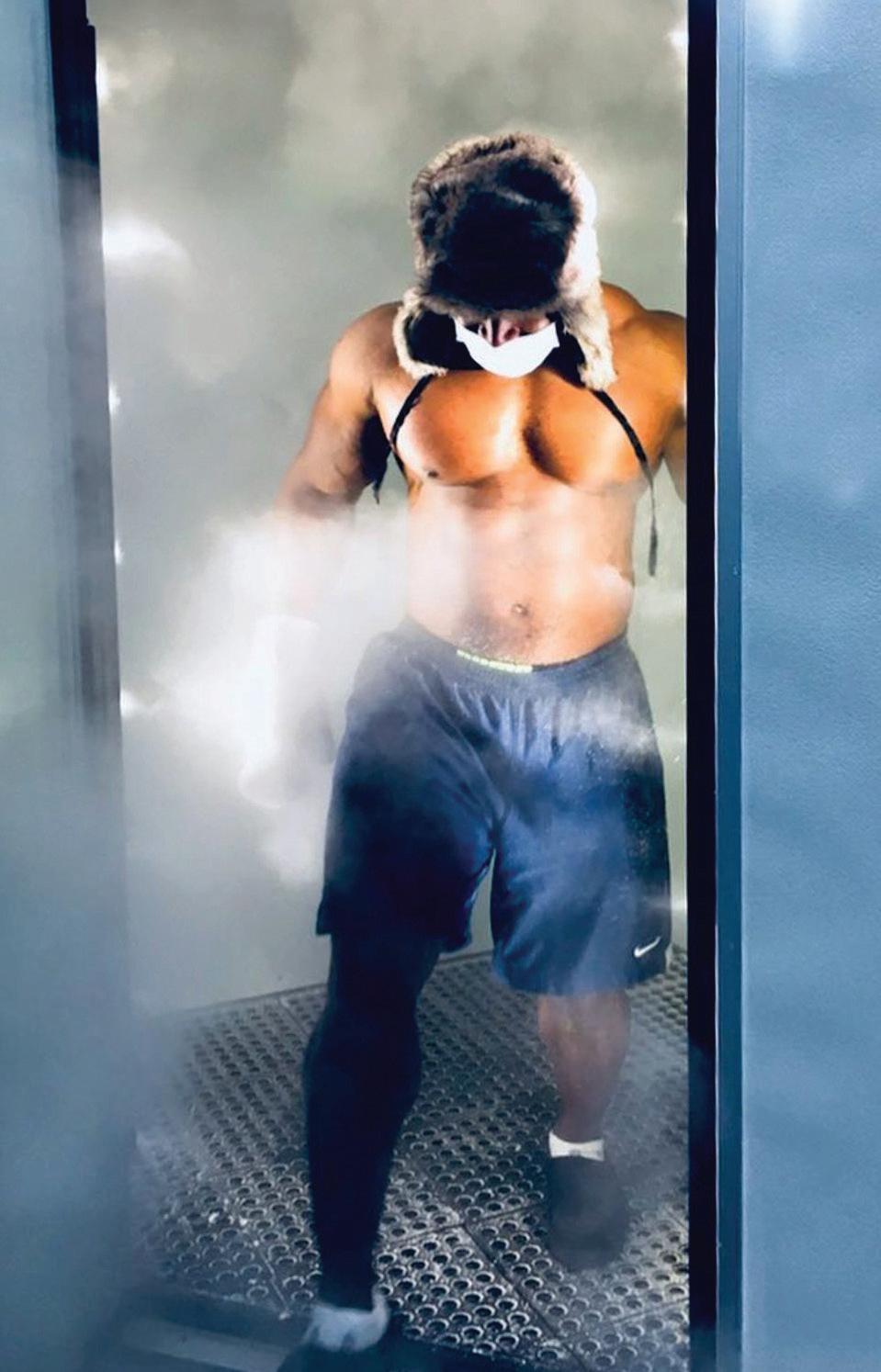
“The response of the body’s thermoreceptors when exposed to -150F in a cryochamber, will result in a sudden decrease in body temperature. The drop in temperature signals the brain to release an endorphin named nor-epinephrine, a natural opiate we all produce. This is a fail-safe mechanism which we all have as part of our sympathetic nervous system.
“Whether you’re a top pro dealing with injury or a weekend warrior struggling with soreness, BocaCryo can help the body return back to its normal, balanced state of homeostasis. Our cryotherapy is an oxygen-based system that is safe for all ages including young athletes.”
If you’re suffering after your next battle on the tennis court, BocaCryo believes a trip to its cryotherapy facility might prove advantageous.
Top: Reilly Opelka; Bottom: Boca Cryo owner Natasha Pyka with Ons Jabeur. Photos: BocaCryoBoca Cryo is a wellness company which offers healing and recovery through state of the art technologies, all non-invasive and drug-free. We offer 7 different therapies in our center.
Our flagship service is WHOLE BODY CRYOTHERAPY, which treats inflammation, pain, stiffness, sleep disorders and helps performance improvement. Three minutes of sub-zero temperatures (-160 F) using safe, cold air in a “true” whole body chamber, leaves you with a rush of endorphins and other pain modulators. This short stay in the cold also boosts your metabolism while strengthening your immune system! Our specialized chamber is equipped with speakers which play your favorite tunes while moving freely about. Unlike our competitors, we DO NOT use liquid nitrogen.
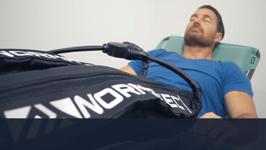

We also offer LOCALIZED CRYOTHERAPY for those specific areas of pain and inflammation. This can be administered a La Carte or in conjunction with WBC.
BOCA CRYO FACIAL is another popular therapy. If you are looking for less wrinkles and puffiness, and want tight skin and a younger look, this is for you! This 10 minute therapy, in conjunction with WBC, is shown to increase collagen production. As one of the most abundant proteins in the body, collagen helps make the skin look younger and fuller without injections and expensive creams.
MAGNETHERAPY is yet another treatment offered, using a state-of-the-art device called the Magnesphere. This is a low level magnetic resonance device which helps relax the body by balancing your Heart Rate Variability or HRV. Our Autonomic Nervous System is divided into Sympathetic (fight or flight) and Parasympathetic (rest and digest) systems. By bringing these two systems into balance, the body begins to heal itself! All of our clients, who have used this device, relax so much that they fall asleep during the session.
Our COMPRESSION THERAPY focuses on the lower body. This pneumatic system, developed by a physician for circulation-challenged patients, inflates sleeves covering your legs. Systematically, the compression helps eliminate the by-products of exercise and aids in venous return to the heart. Athletes and weekend warriors, as well as people with circulatory insufficiencies, can benefit from this therapy.
Our SALT THERAPY is a form of therapy which entails relaxing in a room infused with medical-grade salt crystals that are inhaled and help with respiratory issues ranging from asthma, COPD and sinusitis, to mention a few. Salt therapy is a tremendous therapy and healer for skin disorders such as acne and psoriasis.
Our newest technology from Prague, Czech Republic, is called EMSCULPT. It is the first FDA approved device to increase muscle by 16% and decrease fat by 19% on average. In the world of aesthetics, this is rapidly becoming very popular in our center.

1200 Yamato Road, Suite B3, Boca Raton, Florida 33431 www.bocacryo.com ~ 561-717-4402 ~ Email: ian@bocacryo.com
Ian Pyka received his Bachelor’s degree in Kinesiological Sciences at the University of Maryland and completed his Master’s degree in Exercise Physiology at the University of Tennessee. His first job was at the University of Massachusetts, as their first Head Strength and Conditioning Coach. Four years later, he accepted the same position at Tulane University. He later accepted the position of Head Strength and Conditioning Coach for the New England Patriots. In 1994, he managed a preventive medicine center in Scottsdale, Arizona, working with a retired population, establishing diet and exercise regimes to improve quality of life and longevity. Then in 1998, he was hired by the Florida Panthers to be their Head Strength and Conditioning Coach. In 2002, he started Power Play Fitness, a company which focuses on the sports specific and comprehensive training of athletes as well as any motivated individuals interested in improving their overall fitness and health. He presently teaches Kinesiology, Biomechanics and Advanced Strength and Conditioning Methods, in the Exercise Science Department at Florida Atlantic University in Boca Raton. He is certified as a strength and conditioning specialist with the National Strength and Conditioning Association.
Ian was also a three time All-American (Track &Field) while at Maryland and earned an alternate spot on the 1980 US Olympic Track and Field Team.
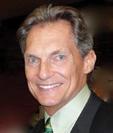 WHOLE BODY CRYOTHERAPY
COMPRESSION THERAPY EMSCULPT
WHOLE BODY CRYOTHERAPY
COMPRESSION THERAPY EMSCULPT
Municipal tennis facilities have become the location of choice for many tennis and pickleball enthusiasts across the country. The Henry L. McMullen Tennis Complex in Clearwater, Florida, is such a community facility, responsibly managed, maintained and staffed by the City of Clearwater Parks and Recreation Department.
Built in 1976, McMullen has grown into a premier public complex. It is situated in central Clearwater and Pinellas County on a 20-acre city park site, accessible by major highways and roads.
McMullen welcomes players turning onto a quiet neighborhood street, winding then to an impressive and professional complex. All 19 courts are lighted, offering canopies, benches and water fountains for players. There are 12 Har-Tru courts (with sub-surface irrigation), six hard courts, one hard pro court (with stadium seating), a double-sided hitting wall, blended line courts for pickleball, ball machine, restrooms with shower facilities, competent instructors and a fully staffed office.
McMullen was initially built as a hard court facility, but due to a strong demand for softer courts, eight hard courts were converted to soft in early 2000. In 2018 four Har-Tru courts (with LED lighting) were added, bringing the soft court total to 12, and total court number to 19. The facility now offers all surfaces for players in a shaded, fully landscaped park setting.
Projected enhancements include hard court resurfacing in fiscal year 2023-2024, conversion of all overhead lights to LED in fiscal year 2024-2025, new air conditioning system for office building and continued maintenance of court surfaces and structures.
In 2020, McMullen welcomed a new Recreation Supervisor, Paul Roskey. Since his arrival and under his direction, the complex has seen many improvements and upgrades. Eight Har-Tru courts were resurfaced in 2022. In 2023 the office building acquired a new roof, was newly painted inside and out, and the restrooms/shower areas refurbished.

Roskey has embraced his duties with an obvious and strong work ethic. His responsibilities include administration and maintenance of the entire facility, budgeting for daily operations and capital improvements and directing staff. As McMullen’s Supervisor, Roskey oversees a staff of twelve, including himself, a full-time Recreation Facilities Support Custodian (Sean Maxfield), six part-time office/facility employees and four professional coaching instructors. He is responsible for all hiring, training and scheduling so as to keep McMullen staffed for all hours of operation. As an experienced 19-year city employee with positions in three other city recreation centers and now as McMullen’s Supervisor, Roskey has
worked to put McMullen on the tennis map for local players and those visiting Clearwater from all over the nation and world. He can be found inside the office tending to administrative duties as well as outside, doing court and facility maintenance. He feels that “by managing and maintaining McMullen, mindful of spending taxpayers funds wisely, residents and visitors are offered an exceptional recreational opportunity.”
With McMullen in excellent supervisory hands, attendance has increased substantially these past three years. During the winter season (September-April), an average of 150 players visit the facility daily. The summer months usually record 100 players per day.
Currently calling McMullen home are eight women’s weekly daytime league teams, men’s senior thrice-weekly leagues and six USTA (men’s, women’s, coed) teams, and organized pickleball play. With four qualified teaching professionals on staff, McMullen offers level-specific instruction for beginner, intermediate and advanced players of all ages. Group clinics and private lessons are offered daily, morning and evening, to accommodate all schedules.
McMullen is a true gem in the City of Clearwater Parks and Recreation Department. Google searches now highlight the complex for players looking for a well-maintained and affordable playing experience in Clearwater. McMullen is open seven days a week and offers many playing options for tennis and pickleball. City residents can obtain a Rec Card for reduced rates, seniors are offered discounts, and monthly memberships are available for total access and advance court reservations.
The complex has served the community well for many years and is truly on a solid, stable and exciting path going forward. McMullen is located at 1000 Edenville Ave., Clearwater, Florida 33764 and can be reached at 727-669-1919 or at www.myclearwater.com > Henry L. McMullen Tennis Complex.
Paul Roskey, McMullen Recreation Supervisor
For the past 26 years Jodi Appelbaum-Steinbauer has guided the Junior Orange Bowl International Tennis Championships from its embryonic stages to a world stage where aspiring young pros begin their paths to the sport’s pinnacle.
Steinbauer’s contributions to junior tennis in Florida place her on Mount Rushmore alongside the late, great Eddie Herr and legendary Bobby Curtis, creators of the state’s most prestigious junior tournaments.
Now 67 and wanting to travel and spend more time with her family, Steinbauer is announcing her retirement as tournament director of the Junior Orange Bowl. She can’t wait to celebrate on an Alaska cruise with husband J.R. -- longtime director of the Junior Orange Bowl golf tournament -- as well as their daughter, Erika. and daughter, Julie, and her husband, Jordan.
When Jodi took over the leadership reins as tournament director in 1996, the 12s division had laid dormant since Chanda Rubin and B.J. Stearns were crowned champions in the boys’ and girls’ brackets in 1988.
However, Steinbauer and Junior OB tennis chairman George Carless fought for its return in 1998, and both the 12s’ and 14s’ divisions have flourished ever since, crowning youngsters such as Andy Murray, Madison Keys and Coco Gauff years before they became elite pros.
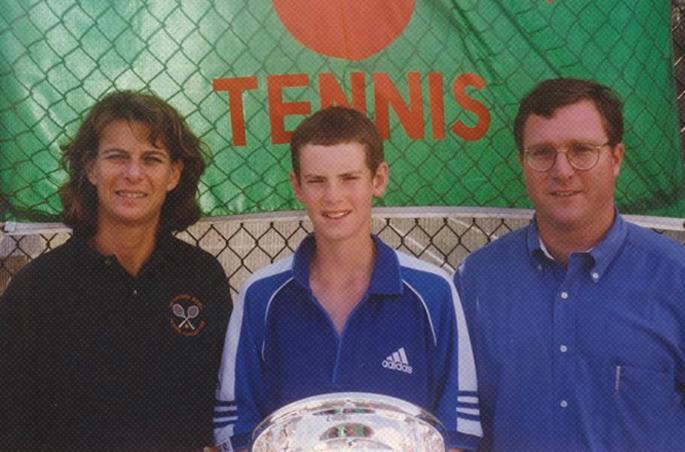
At one point, the popular tournament in which college recruiters, coaches and agents come to check out future clients and scholarship recipients, had more than 1,400 players in the qualifying and 128-player main draws of the four divisions.
For logistics sake the numbers have been cut in half simply because there weren’t enough courts at the William Kerdyk Biltmore Tennis Center, Salvadore Park and Crandon Park Tennis Center, former site of the Miami Open.
Jodi made up draws consisting of the sport’s greatest stars, including Murray, Gauff, Andy Roddick, Juan Martin Del Potro, Justine Henin and more recently Sofia Kenin, Bianca Andreescu, Emma Raducanu, Leylah Fernandez, and Frances Tiafoe.
Steinbauer, a native of Miami, played in the Junior Orange Bowl before becoming a two-time Florida state champion at Miami Beach High and four-time All-American player at the University of Miami, where she won a national collegiate doubles title and was on the state’s championship team in
1976. Jodi is a proud member of the UM’s Sports Hall of Fame and Museum, where she served as president from 2007-09.
Jodi was a bronze medalist in singles and silver medalist in doubles for the US at the prestigious Maccabiah Games in Israel in 1977. Steinbauer played professionally for a few years and defeated Liz Smylie (once ranked 20th) in the first round at the 1981 US Open. Also, has a win over Kathy May Fritz, a former Top 10 player and mother of current Top 10-star Taylor Fritz.
This doesn’t mean she’s putting her racquets in mothballs, as she will continue to smash overheads in USTA leagues. Jodi has been a teaching pro for decades as well as a substitute schoolteacher in the Miami-Dade Public System.
She will continue her philanthropic endeavors with the City of Doral and its PP4K program, which works with the police to organize recreational activities for at-risk children. Jodi will still volunteer to assist in several other Junior Orange Bowl events, unrelated to tennis, such as golf and creative writing.
No doubt, Steinbauer’s quarter of a century experience of communicating with the International Tennis Federations, the USTA, coaches, parents and players will be sorely missed and tough sneakers to fill.
“It’s all about the players, watching and helping them succeed at the next level, while making sure their experience was the best it could be,” Jodi said. “My years as tournament director combined with my passion for children and growing the game of tennis. I’m thrilled to follow the careers of past Junior Orange Bowl players like Coco, Andy, Frances, and Emma succeed as pros.”
From left: Jodi Appelbaum-Steinbauer, Andy Murray, Jordan Appelbaum-Steinbauer.
Swiss sportswear brand On has been making moves in the tennis world. On recently signed the women’s world number one ranked player, Iga Świątek, and this issue’s cover boy, Ben Shelton. It’s possible these pros are looking to follow in the footsteps of Federer. And why not? If you want to play like Roger, it’s probably best to start from the ground up. THE ROGER Pro is the first competition tennis shoe Swiss-engineered by Roger Federer and the On Lab.
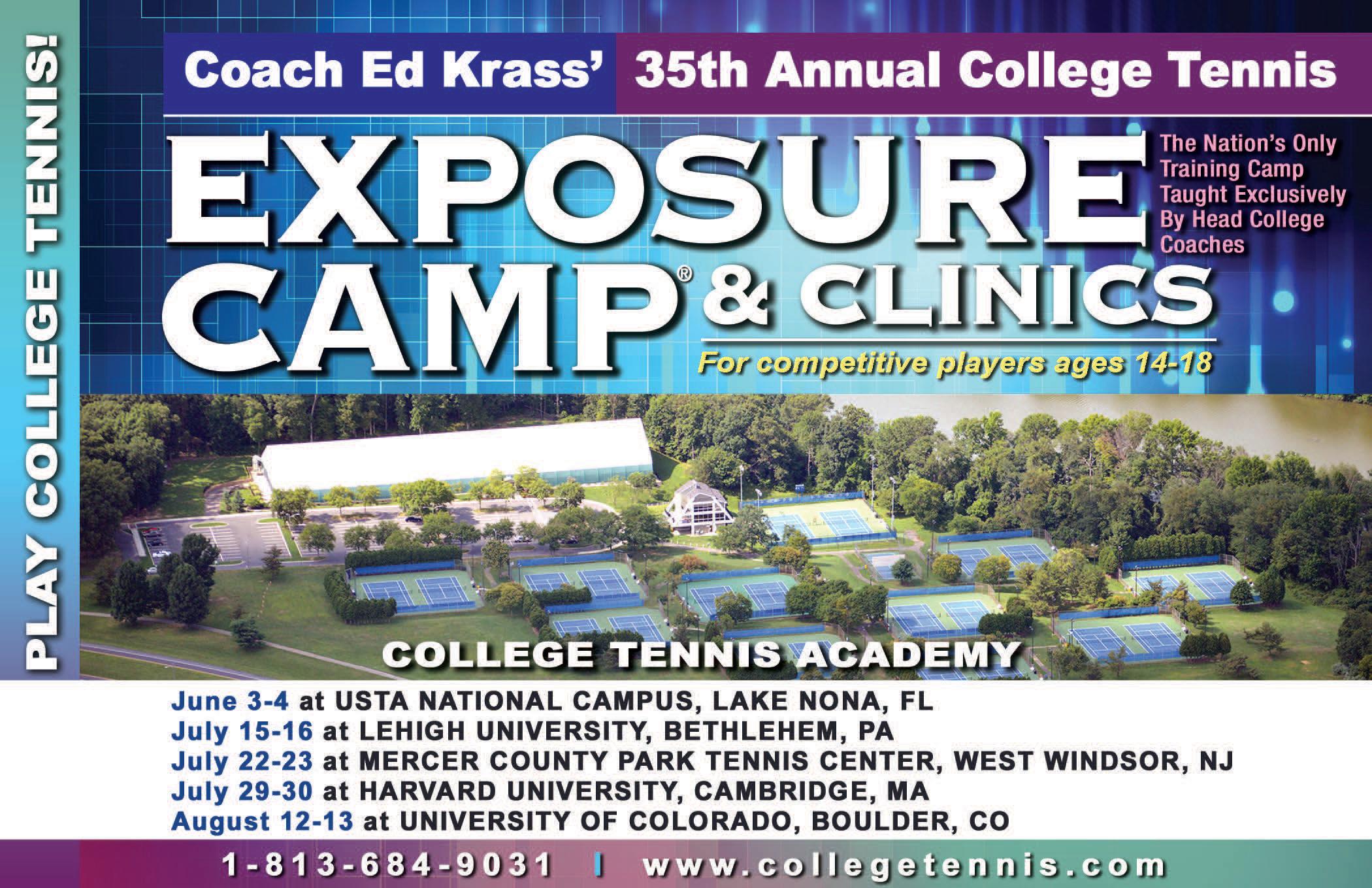
Engineering a shoe to meet Roger’s high standards for precise on-court footwork requires agile side-to-side directional changes at extremely high speeds. “Tennis players put up to three times their body weight through a shoe during lateral movements,” explains Olivier Bernhard, On’s Co-Founder. “These high forces demand extreme agility and stability. That’s what we worked with Roger to create.”
“After so many years at the top of world sport, Roger has his sense of what performance should feel like completely dialed in,” notes Bernhard, a former professional athlete. “He can sense every small adjustment. This insight guided the whole project.”
Can Roger’s craftsmanship on the court be matched by this equally well-crafted shoe? We’ll be watching Świątek and Shelton closely in 2023 to find out.

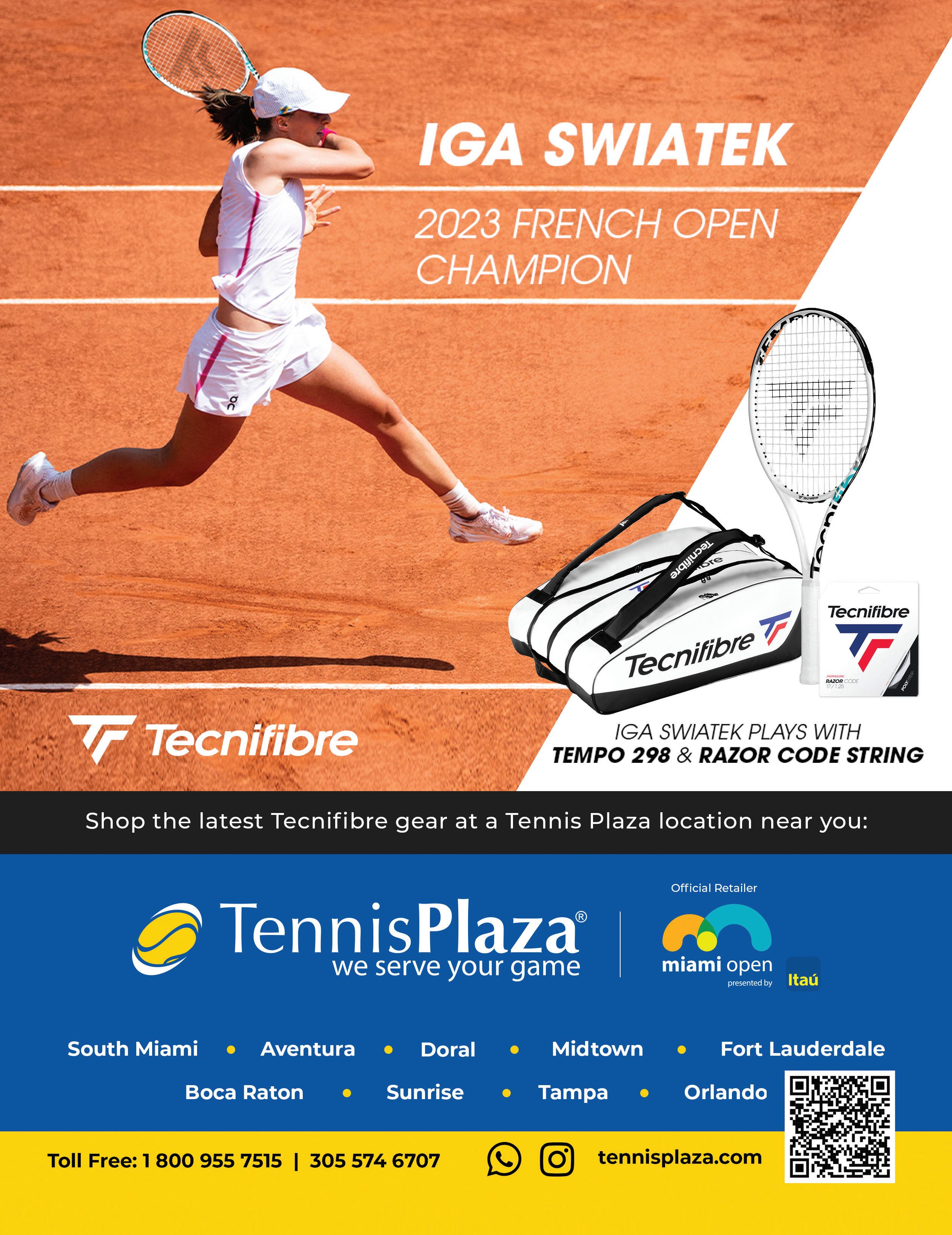
56 floridatennis.com





ANSWER
Don’t set the bar so high that you have to be a pro. This is putting too much pressure on yourself, and this could make you feel frustrated and then disappointed and disillusioned.
Try to let yourself enjoy the process of improving technically and competitively in becoming the best player you can be at each level, and eventually you will learn if you can be a pro one day.
You only have control over doing your best each day and enjoying the process. It is important that you enjoy practice sessions and enjoy hitting and love competing. If practices are not fun and too grueling you are probably not going to become a great player.
It is important to enjoy the hard work in practice and the repetitions. Using variety doing different drills in practice can be fun and energizing. It is important at your age not to practice 4 hours each day but to come to the court each day with a plan focusing on improving one area of your game and start to enjoy the pressure of increased competency. As you improve technically your self esteem will rise.
As an 11-year-old it is important to have balance in your life and have a well-rounded life. In your teenage years as you progress you will spend more time on the practice court interspersed with tournament travel.
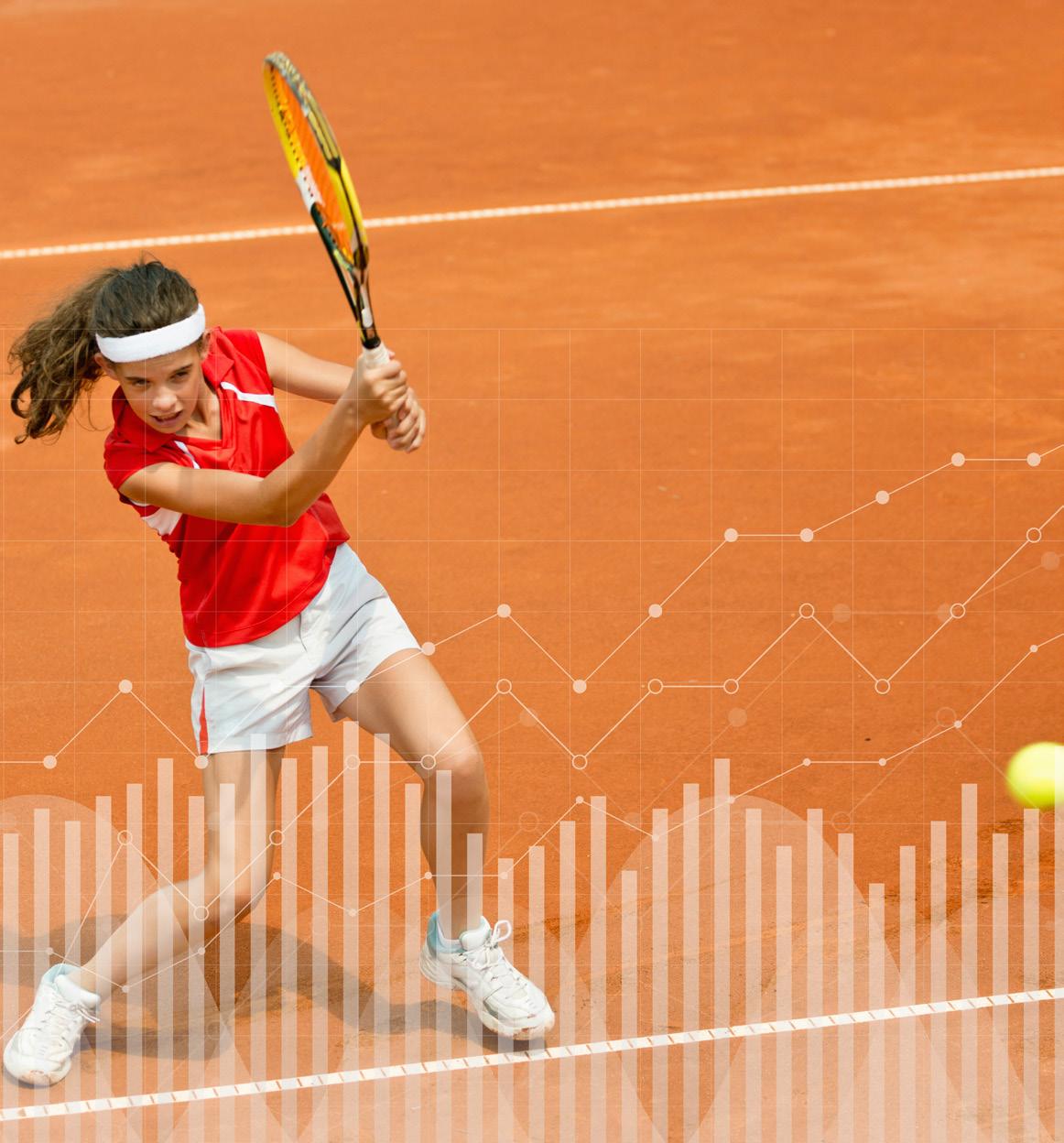
You are 11 years old now - there are no time limits. Keep grinding it out and enjoy the process in reaching your short and long-term goals.
Good luck in your journey in becoming the best player you can be.

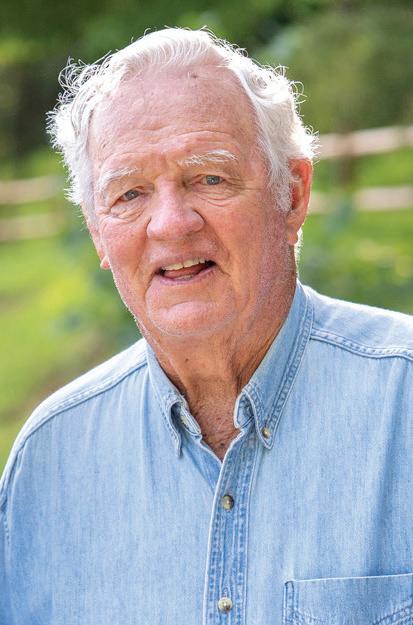
Dick Dowling, a member of the Dade County Tennis Hall of Fame, died June 3 at his home in Miami. He was 90 years old.
Mr. Dowling was renowned for his youth tennis league, aptly named The Dowling League, which he ran for many years. He created an opportunity for many youngsters to play competitive tennis matches weekly, satisfying a need that USTA tournaments did not fill.
“Dick was the quintessential community volunteer, dedicating 30 years to a competitive tennis
program for local youths (18 and under) on public and private courts in Dade County,” said Donna Fales, a Dade County Tennis Hall of Fame member whose own children participated in the league.
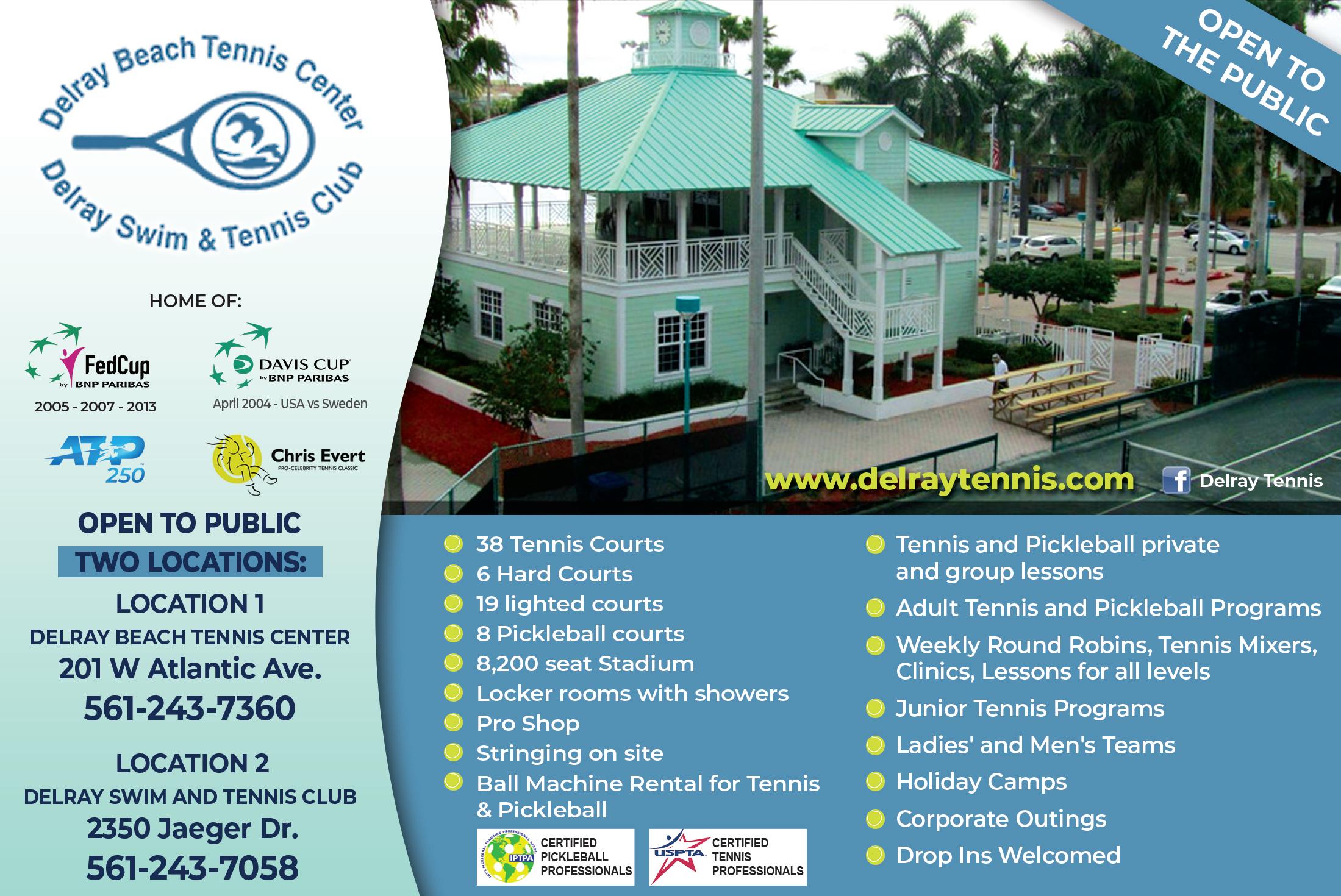
“He provided an opportunity for youngsters to play tennis every weekend without the expense of traveling to tournaments. Dick developed the format, organized the matches, bought the gold coins and silver dollars for the winners, and inputed the results into the computer. Then he submitted the results electronically to the Miami Herald, which posted them in the paper on Mondays.”
Fales added, “One of the more well-known players who participated in The Dowling League was Jack Brasington, who later became a touring professional. Dick’s contribution to youth tennis in Dade County will probably never be equaled by any one individual again.”

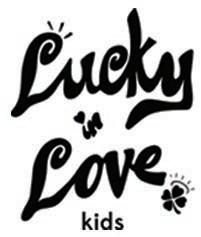


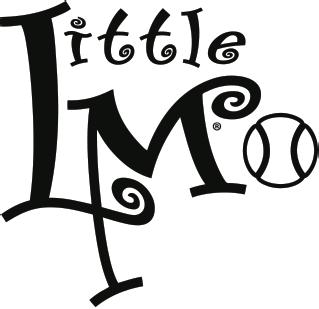


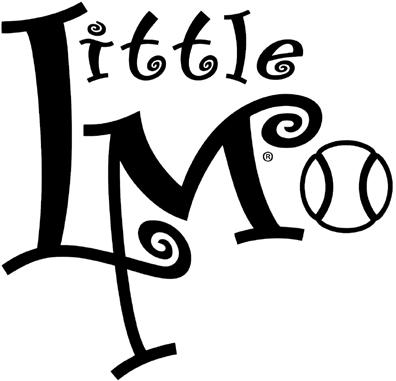
We cover them all.

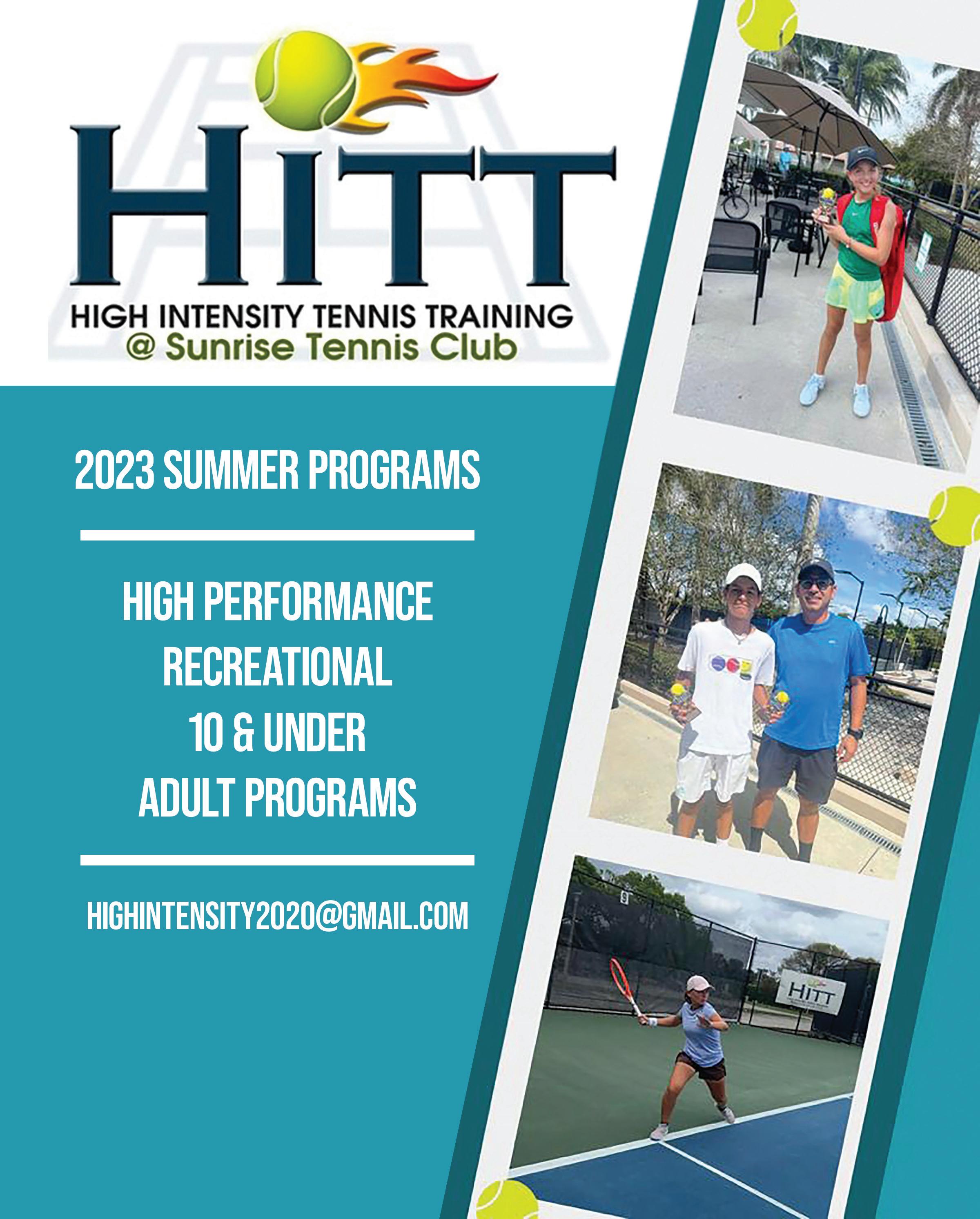
Diadem recently opened an indoor 9-court pickleball facility in Coconut Creek in partnership with Broward College. Offering structured open play, clinics, tournaments, leagues and social events, the new Diadem Pickleball Complex welcomes players of all skill levels.
Michael Manglardi, Co-Founder of Diadem, extended an invite to Florida Tennis to attend the grand opening. It was quite an event. The party was buzzing with anticipation and the place was packed. A live deejay pumped up the volume as attendees flooded in and socialized during the festivities.
“We’re a Florida-based company in the middle of one of the best pickleball communities in the world. We couldn’t think of a better location for our flagship pickleball
complex,” explained Manglardi.
To amplify the social nature of the sport, Diadem decided to include a stylish indoor lounge overlooking the courts. While watching pickleball, patrons can enjoy a variety of snacks, alcoholic and non-alcoholic beverages, and (on special occasions) food trucks.
Diadem credits Broward College, known for their creativity in partnering with local businesses, as playing a key role in making this unique project happen. In turn, the new pickleball facility will also offer special programming and discounts to students and faculty at Broward College.
The Diadem Pickleball Complex is located at 1000 Coconut Creek Boulevard, Coconut Creek, FL 33066 and is open to the public seven days a week from 7am to 10pm.





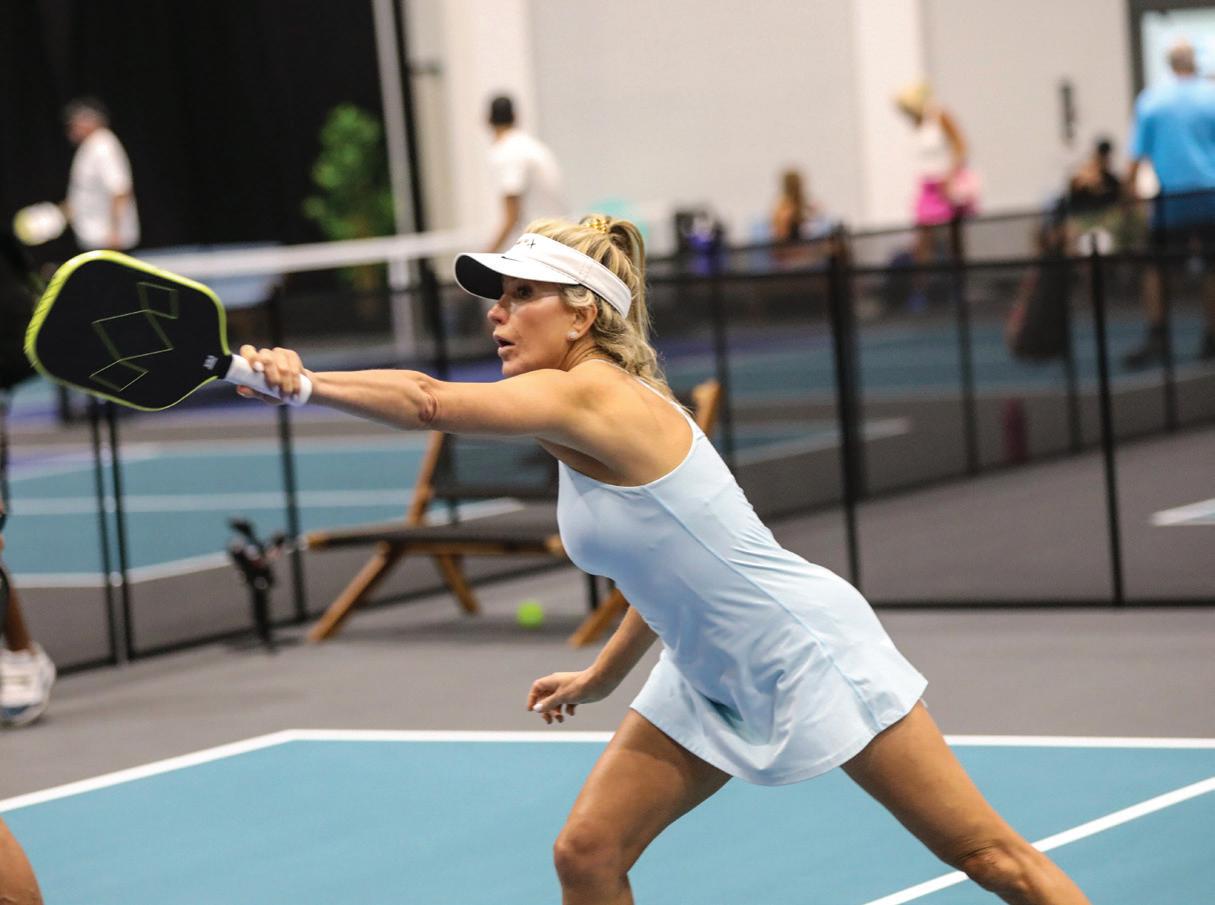
The first season of the National Pickleball League began June 3-4 with six teams, including the Boca Raton Picklers and the Naples JBB United, competing in Grapevine, Texas, near Dallas.

The Austin Ignite finished the first weekend with a 4-0 team record, 40 points won and 24 points lost. In
second was the Indy Drivers, 3-2, 37-27, and the Oklahoma City Punishers were third at 3-1, 36-25.
Boca Raton was next at 2-2 and 30-35, followed by Naples, 0-4 and 24-40, and the Denver Iconics, 0-4 and 23-42.
Following is the squad for the Picklers: Women, 1. Leslie Bernard, 2. Jennifer Dawson, 3. Eileen Giger, 4. Jean Halahan, 5. Roseann Heim, 6. Colleen McMillan, 7. Rachelle Mulanax, 8. Jenny Reifeis, 9. Pamela Wilkinson. Men, 1. Gerald Alvarado, 2. Stefan Andren, 3. Gregg Brents, 4. Michael Chen, 5. Daniel Gold, 6. Paul Olin, 7. Rich Lively, 8. Lee Rosenthal, 9. Jih-Shian Yeol.
The JBB United squad: Women, 1. Mary Helen Atkins, 2. Jennifer Gallwas, 3. Julene James, 4. Kristy Kind, 5. Kim Kesner, 6. Rachael Kroog, 7. Amy Porter, 8. Aye Unnoppet, 9. Kara Williams. Men, 1. Vinay Bahuguna, 2. Matt Conrad, 3. Joe Frasca, 4. David George, 5. Joe Mlaka, 6. Julio Rivera, 7. John Sperling, 8. Tom Tueller, 9. Paul Zickert.
The next round of matches will be held July 1-2 at Overland Park, Kansas, followed by matches August 1213 at Wichita, Kansas, and September 16-17 at San Antonio. The Championship Weekend will be October 13-15 at Phoenix/Glendale. Matches can be seen on the YouTube channel www.NPLPickleball.com.
Nominations/Applications now being accepted for the following:
1. John Van Ryn Awards
2. Kelley Awards
3. Special Projects
4. Jack Blair Awards
Please visit our website for details: YTF-FL.ORG
The Youth Tennis Foundation of Florida, Inc. Serving Florida Tennis since 1962

A 501(c)(3) organization



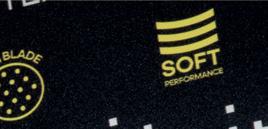


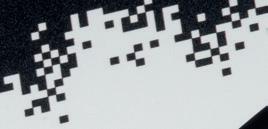






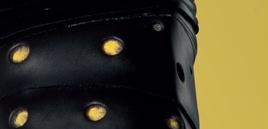

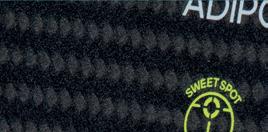

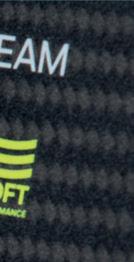
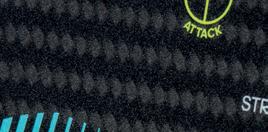



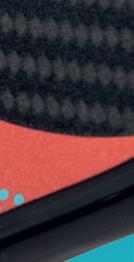


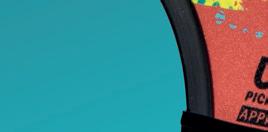
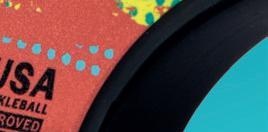






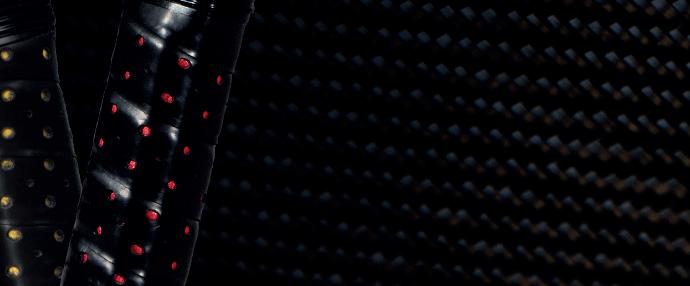
Pickleball4America, a rapidly emerging organization committed to creating new and enhanced experiences for professional and amateur pickleball players, announced their newly created Ballpark Series that will be held this July and August on three weekends at Fenway Park (Boston - July 13 to 16), Oracle Park (San Francisco - July 20 to 23) and Coors Field (Denver - August 3 to 6).
Combined with their existing asset, the US Open Pickleball Championships in Naples, Florida, the sports biggest event, the unveiling of the Ballpark Series establishes Pickleball4America as a leader in hosting major and iconic events at a national level.

“We started Pickleball4America with a vision to build the sport’s best ecosystem centered around operating prestigious events and creating a robust digital community that becomes the go-to destination for all who love the game,” said Mike Dee, Chairman of Pickleball4America. “The Ballpark Series builds on the recent success of the 2023 US Open Pickleball Championships which set records for both participation and attendance. We are excited to now expand our event portfolio in these cathedrals of baseball providing players and fans with
a unique experience to enjoy all that pickleball has to offer. Our goal is to shine a bright light on this great game.”
Amateur players can participate in the Ballpark Series two different ways. The first will be to reserve court time for an 80-minute session for up to 10 players. In addition, for those amateurs who want to compete for an inaugural Ballpark Series medal, there will be doubles championships at skill levels 3.5 and up. In anticipation of high demand, players will need to register for the opportunity to purchase court reservations and/or participate in the amateur competition. For more details please visit redsox. com/pickleball for Boston, sfgiants.com/pickleball for San Francisco and rockies.com/pickleball for Denver.
All sessions will be open for fans to purchase general admission tickets. For more details, please visit the team websites highlighted above or Pickle4. com.
Pickleball4America, founded in 2022, is focused on developing an ecosystem around America’s fastest growing sport, including events and digital content, commerce and community.




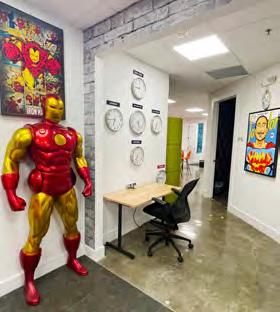

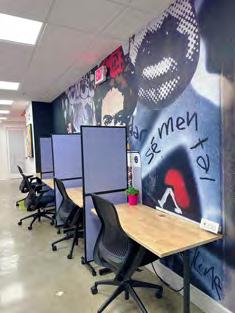








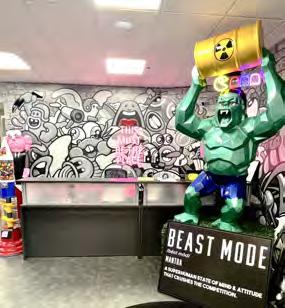

Showcase your brand in front of the most sought-after tennis players and fans in the country. Florida is the crown jewel of tennis in the United States. And Florida Tennis magazine reaches the top influencers and tastemakers in the industry today. Over the past 31 years, the magazine has built up a readership of over 20,000 including exclusive distribution to more than 500 targeted tennis resorts, clubs, parks, pro shops, academies and schools throughout Florida.
For our media kit, rates, and editorial calendar visit: floridatennis.com Email us at info@floridatennis.com or call us at 954-431-4069.
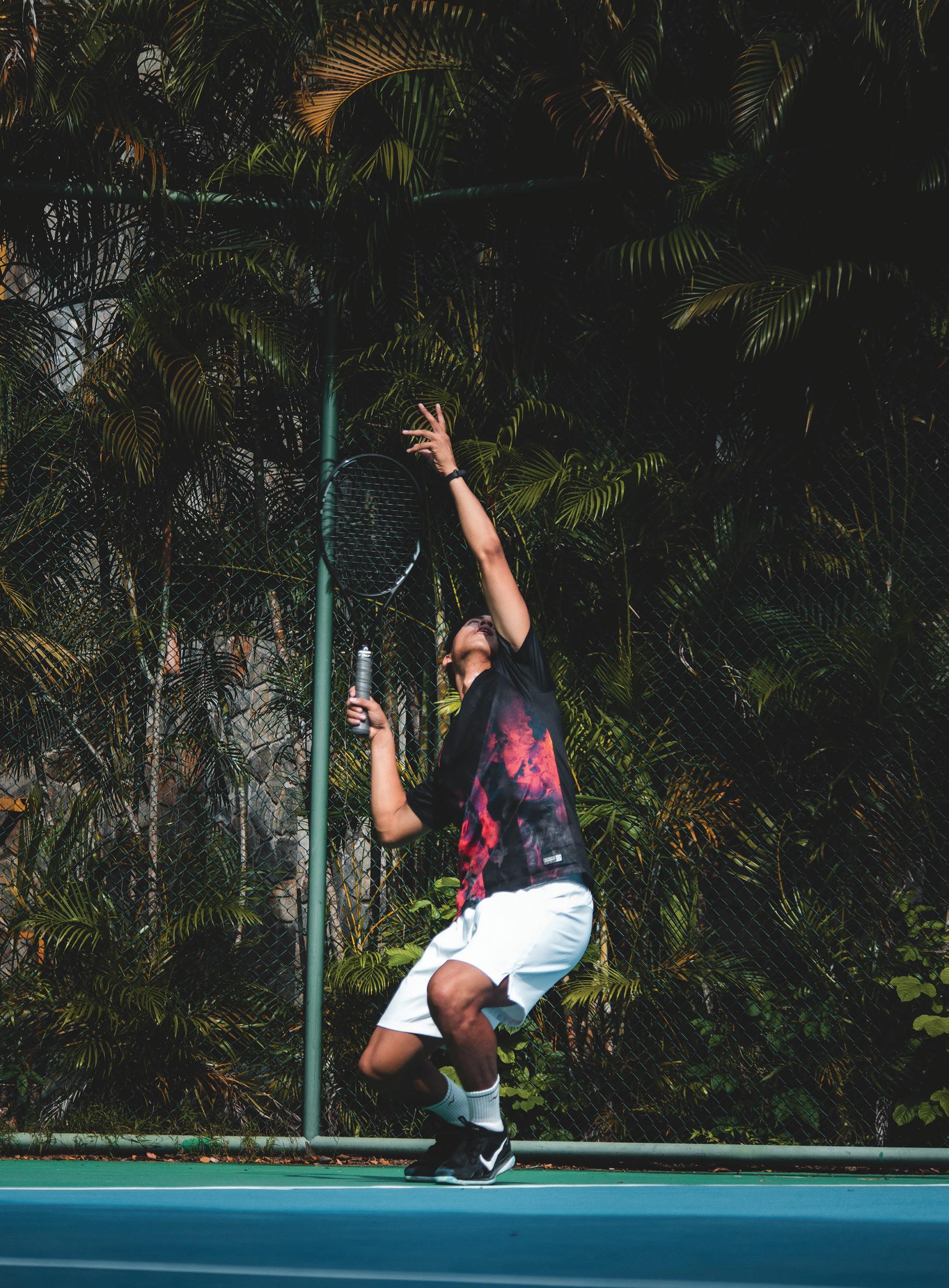 Photo: Fei Chao / Unsplash
Photo: Fei Chao / Unsplash
I have spent almost three decades coaching Tennis and Padel. From newcomers to professional players, I made sure that every single student or player had always my very best version on the court. That is the best way to engage customers as well as to build meaningful and long-term relationships while creating long-lasting revenue streams for our business.
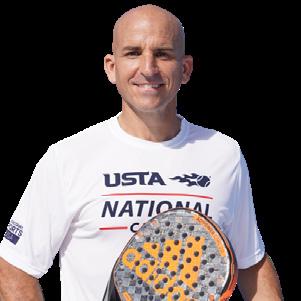
Whether they are just looking for a moment of fun or they are playing the Pro Tour, our players definitely need our “very best version” for assessing them in the proper way. I am happy to share with you a couple of TACTICAL PRINCIPLES TO UNDERSTAND THE GAME OF PADEL BETTER so you can get more confidence and experience to help your students excel and become the best PADEL COACH.
Here it is the statement for this concept: Let’s assume that the maximum speed that the size of the court can handle is 100%. Over that %, all the balls will hit the wall and will go out.
Even when this is not a mathematical principle, this concept will help you out a lot to understand what speed and power you should be using anytime depending on the quality and speed of the shot that you’re receiving.
Imagine that the space of the court can only absorb a power range from 1 to 100%.
The idea is to adjust the speed of our shot in relation to the speed that the opponent has used. Meaning, if they are using a powerful shot (75%) we should be slowing it down (up to 25%) and if they send a slow ball (15%) we might use more speed (up to 85%).
Understanding the dimensions of the court will have a fundamental role in the tactical criteria for selecting each shot to perform in different situations. Once that your students can execute shots fluently, is time for them to better understand the strategy side of each shot. See below the graphic and some points we must consider in our mission to assist our players:
DOWN THE LINE: The maximum distance for that shot will be around 18m (54ft) so we will need to adapt in terms of power as well as consider our margin of error.
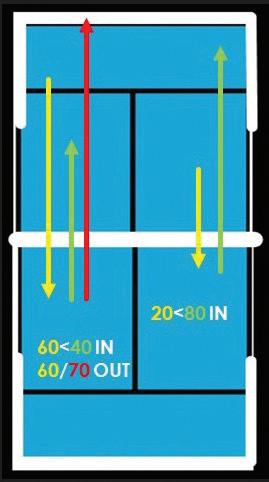
The ball will come straight to our opponent and will probably get to them faster. Based on our situation, we need to consider the type of shot that fits better depending on those circumstances.
CROSS COURT: The margin of error now increases based on the maximum distance of around 21 m (68ft). We should now consider that this is probably the best decision possible in terms of consistency. Additionally, our opponents will be receiving a ball that is harder to manage in terms of timing and contact point management.

SHORT ANGLE: The shortest distance -around 10m (33ft)- will force us to adapt the speed and adjust our criteria to perform this shot in an accurate situation. This is by far the riskiest shot for us, and we need to keep it in mind. Please always select this shot accordingly.
Don’t miss the next issue to go deeper into these concepts. I will be addressing my TRIANGLE PRINCIPLE and a complete list of reasons to select different directions as well as select the right shots depending on our circumstances and intentions. By addressing these concepts, we will be providing a very solid foundation where players will end up understanding the game better. They all will become better players, with a solid education and training, and above all, while playing and having fun from day one.
Marcos del Pilar USPTA ELITE MASTER Padel Professional USTA Padel ConsultantIf you are interested in more, do not hesitate to contact Marcos del Pilar for additional info about the business model and some essential leverages to implement Padel successfully and to GET CERTIFIED IN PADEL (marcos@tenismrp.com) to become part of the group of ambassadors that will lead the Padel wave coming in the USA. Marcos is running these programs in partnership with the PADELMBA, The USPTA and the USPA.
Absolutely not. The two sports are not similar enough for one to replace the other. Those who oppose spec tennis should learn to live with our new sidekick sport, the way skiing learned to live with snowboarding.
If we look back at ski resorts 30 years ago, when snowboarding first took hold, skiers felt invaded by snowboarders. They had to reluctantly share the slopes. And now, here we are. They coexist and both are doing great.
Tennis and spec tennis are two wonderful sports, and we need to maximize both (especially since spec tennis can help grow tennis with more new players entering a less-intimidating environment and then a percentage of those players eventually moving on to tennis).
There are some tennis devotees who look down on spec tennis as too easy and therefore of limited physical and intellectual value. For the tennis trade to demean spec tennis is missing the point. We have plenty of room for both: a dynamic tennis industry and a growing spec tennis community.
Hundreds of people are playing spec tennis for the first time every month. Spectacular points happen on a regular basis, which makes it very entertaining to play and watch. The serve is not a “weapon” as in tennis. There are much fewer boring aces
and missed serve returns because serves are underhanded, and the powerless equipment used. A spec tennis paddle is easy to handle versus a tennis racquet due to its shorter, lighter, and smaller design.
Tennis is an awesome sport. But you don’t want to tell an injured tennis player with a hip, knee, or shoulder problem: “you should consider a sedentary hobby.” You want people to stay active and healthy. Although you can get a great workout, spec tennis is not as taxing on the body compared to tennis and some other racquet sports.
Spec tennis is the key to that longevity and part of the fitness continuum. And it only stands to grow. We’re just in the first inning of an extra-innings baseball game. The sport is so young and we’re so early in our growth. There is still so far to go.
So, why are you still sitting there reading this article? Grab a paddle, an orange-dot ball, and three strangers (who will soon become friends) and make spec tennis your sport?
Word of advice: do not take it too seriously or you might get kicked off the court. Visit spectennisusa.com to get started.
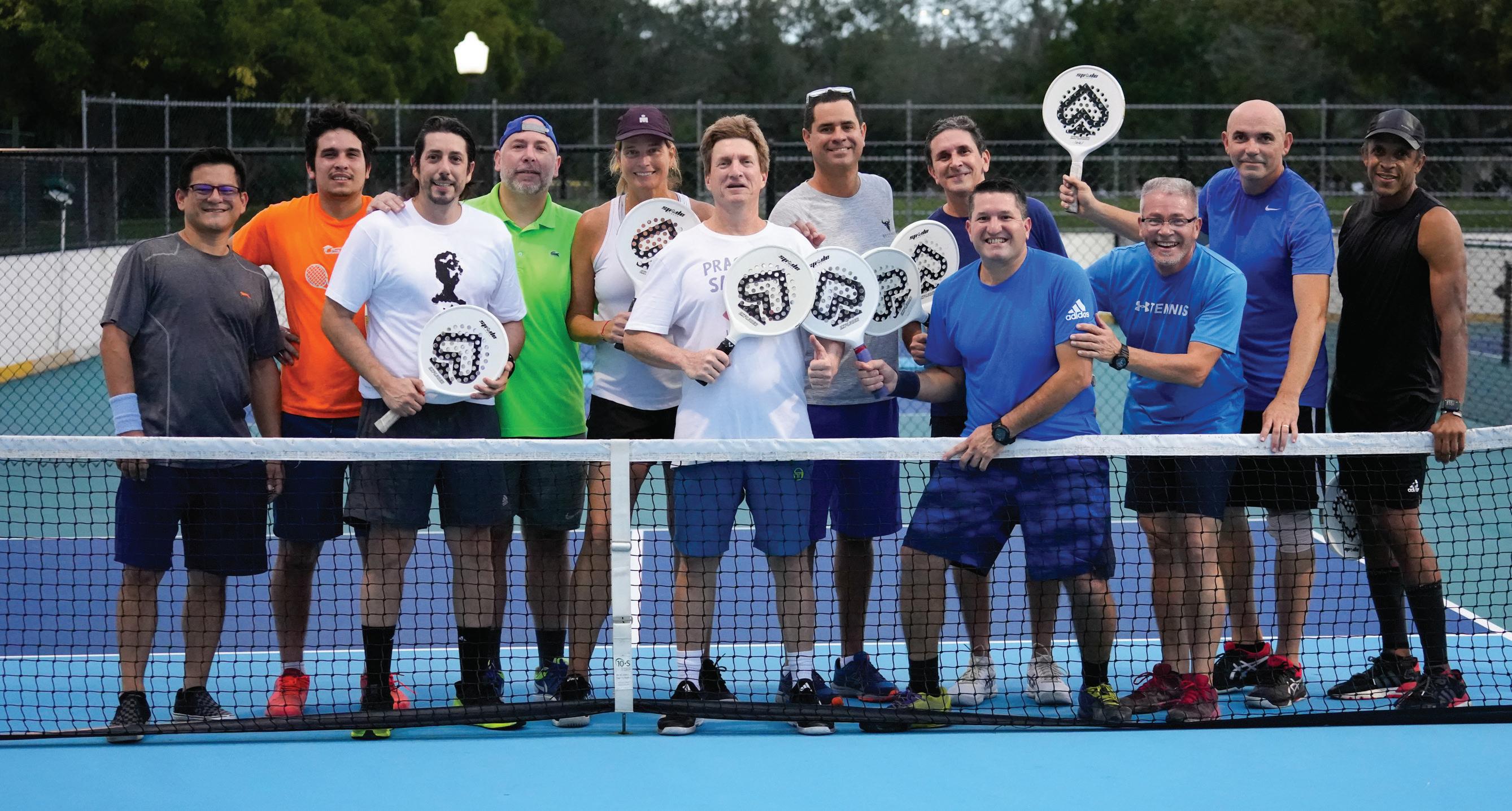
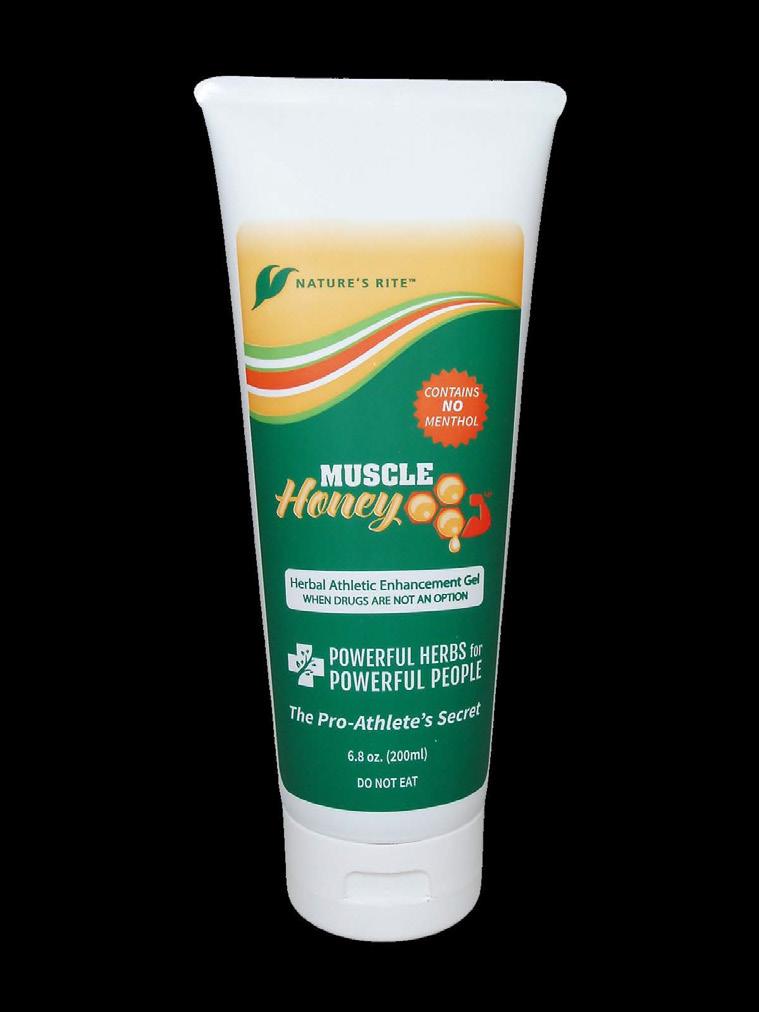
The answer is the same... Rehab Remedy (aka RR). If you twisted an ankle during a tennis match and damaged some soft tissue... RR. If you just had surger y and want to heal faster... RR. If you jumped of f a building and damaged your heel...RR and perhaps counseling. Are you sensing a common thread here? If you damage something it will heal bet-ter with RR.

“Why is that?” you say. Well, it’s the Trinity of Healing Unity. There are three power ful healing herbs that work so well together that they form what I like to call, “The Trinity of Healing Unity” as they will unify separated bone or tendon and heal micro-tears in tissue better than anything else on the planet. These three herbs are Comfrey, Arnica and Rosemar y. The Comfrey is known for its ability to increase the activ-ity of fibroblasts. These are the little collagen factories that build restorative tissue. You need to produce more collagen to repair skin, bone and tendon or ligament tissue Pour on the Comfrey and turn-up the fibroblasts. The Arnica suppor ts healing tissue and contains enzymes which digest the microclots that can block ac-cess to the region. Pour on the Arnica and “let the healing begin”.
Rosemar y improves the flow of peripheral vasculature which allows the vital building blocks of new tissue to be delivered more easily to the construction site. Pour on the Rosemar y and get the supplies to the site.
Of course there are suppor t herbs and vitamins that help immensely with the recover y such as vitamins A, C, and E to reduce scar tissue formation. Willow reduces the pain of the injur y without reducing the all-impor tant inflamation signal that maintains the healing process. Witch Hazel relaxes muscle fibers so that residual trauma doesn’t put excess strain on healing regions. And all of these herbs... They’re in Rehab Remedy. Indeed, RR is the BEST thing to use on any recover y from injur y or surger y. It’s just that simple.

Steve Frank is an Herbalist from the Front Range of Colorado with many years of experience in treating musculo-skeletal injuries with indigenous plants and herbs. He has studied the actions of these natural remedies in the clinic and the laborator y so that he can bring you the best that science and ancient wisdom have to of fer. xz
These gels are water-decoctions of numerous herbal ingredients traditionally used for centuries to promote healing and performance. We’ve brought them to you in easy-to-apply transdermal gels so that you can apply them exactly where you need them. These remarkable products represent a new day in herbal sports enhancement and injury repair. Start working with them today.
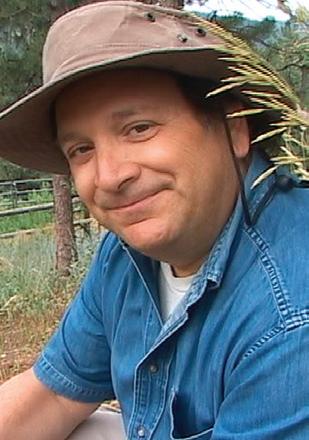
I am constantly being asked what product I would recommend for supporting healing after surgery or for dealing with an impact-bruise or for helping a fracture or sprain.
